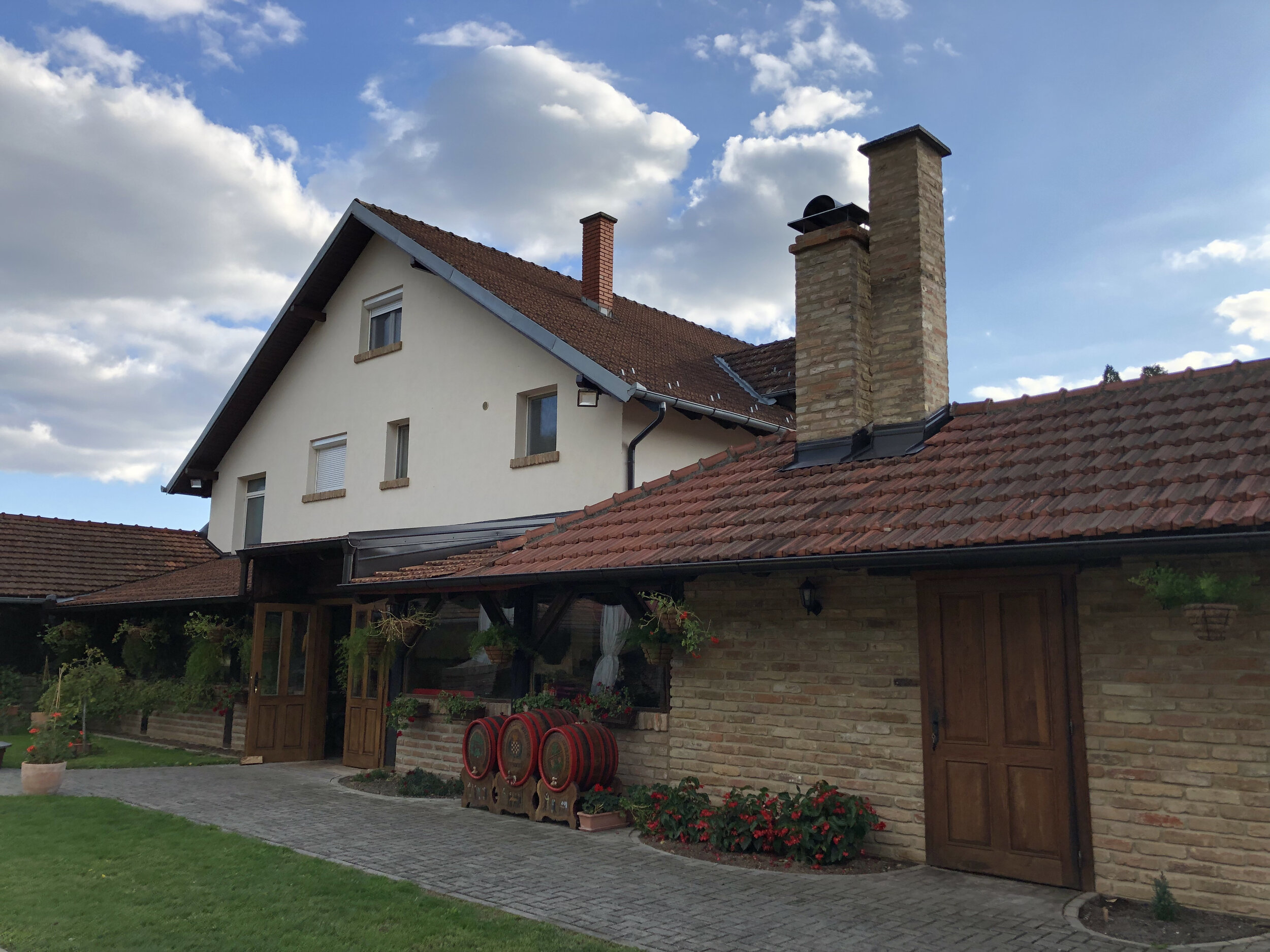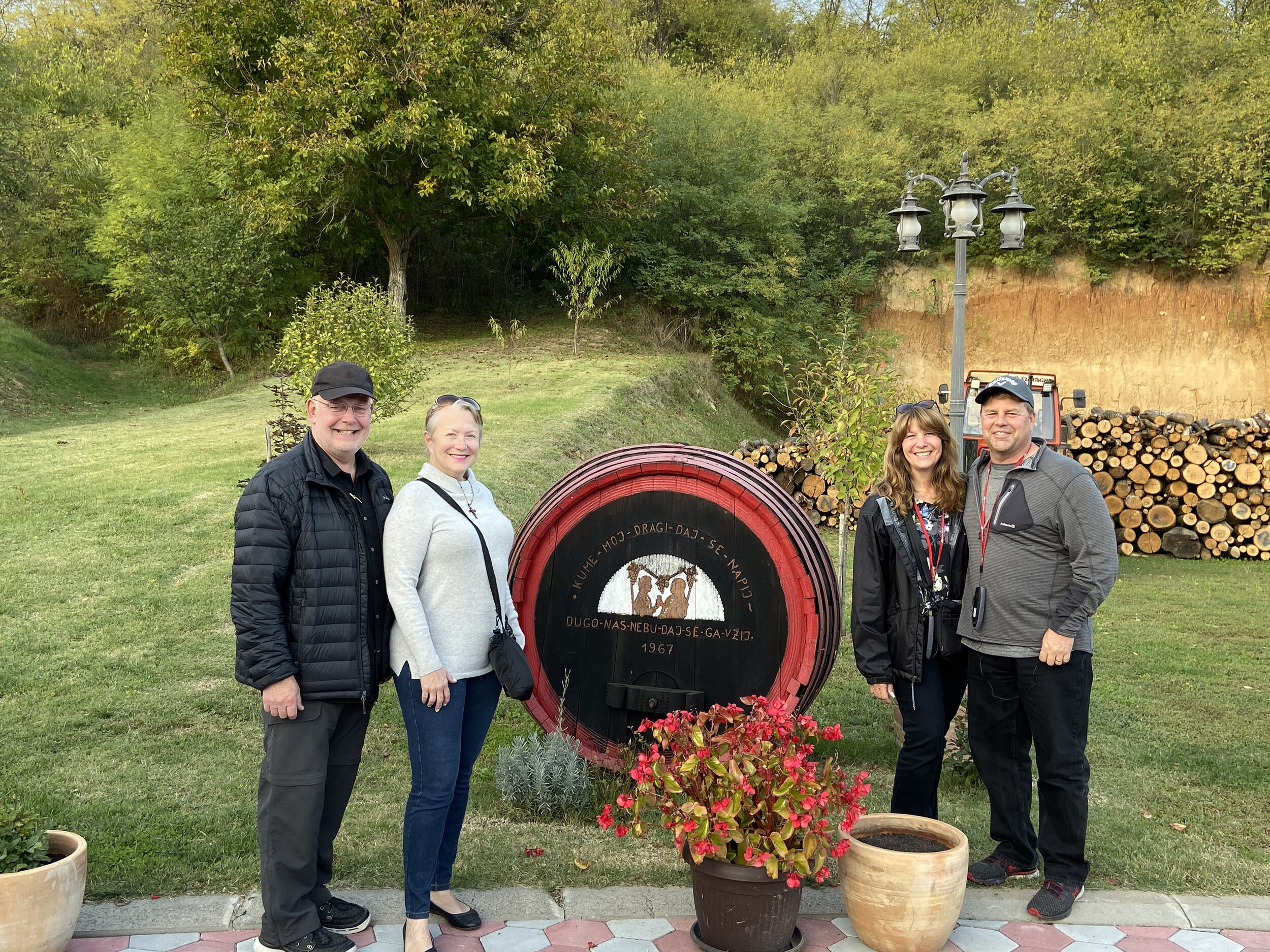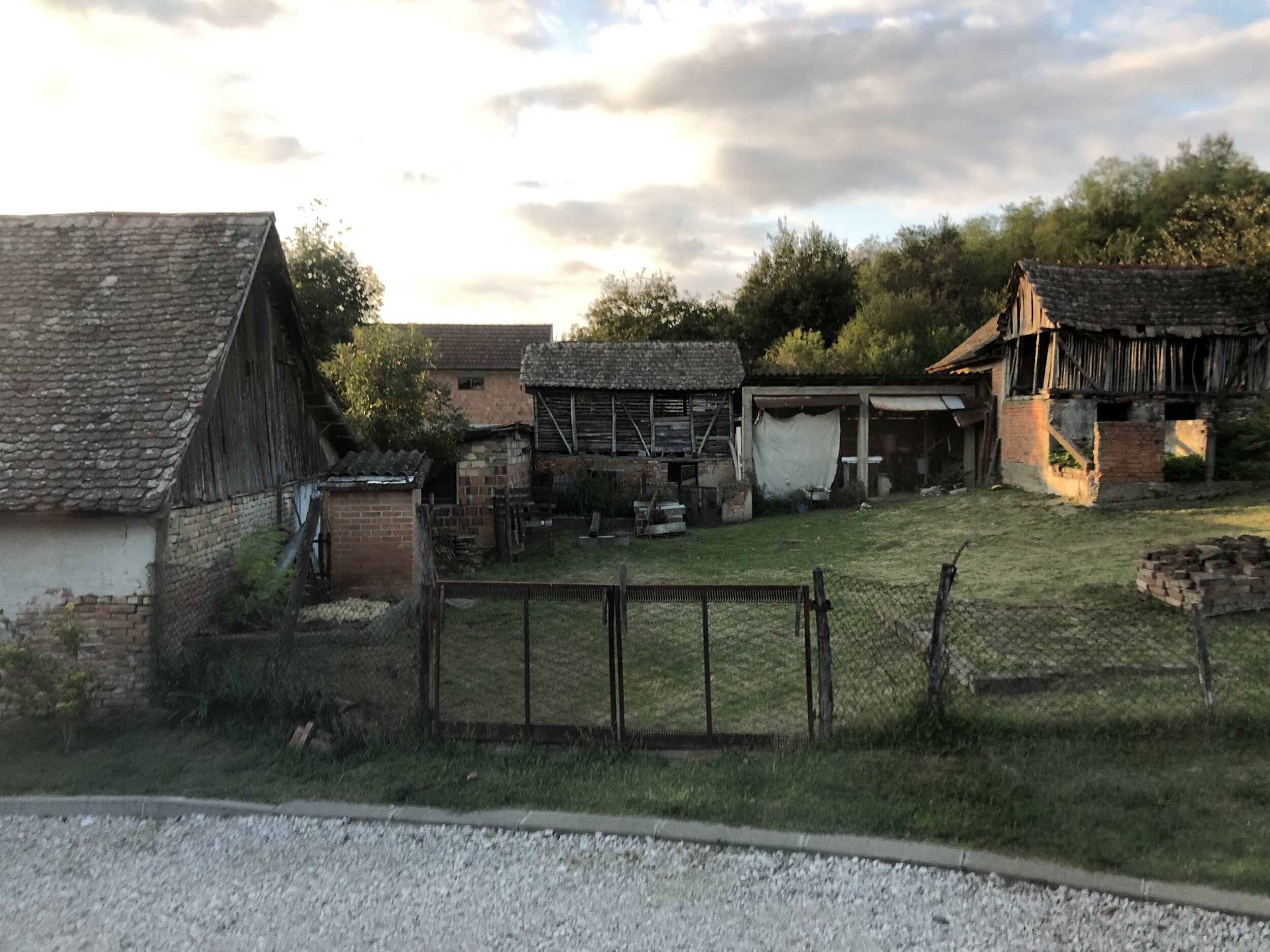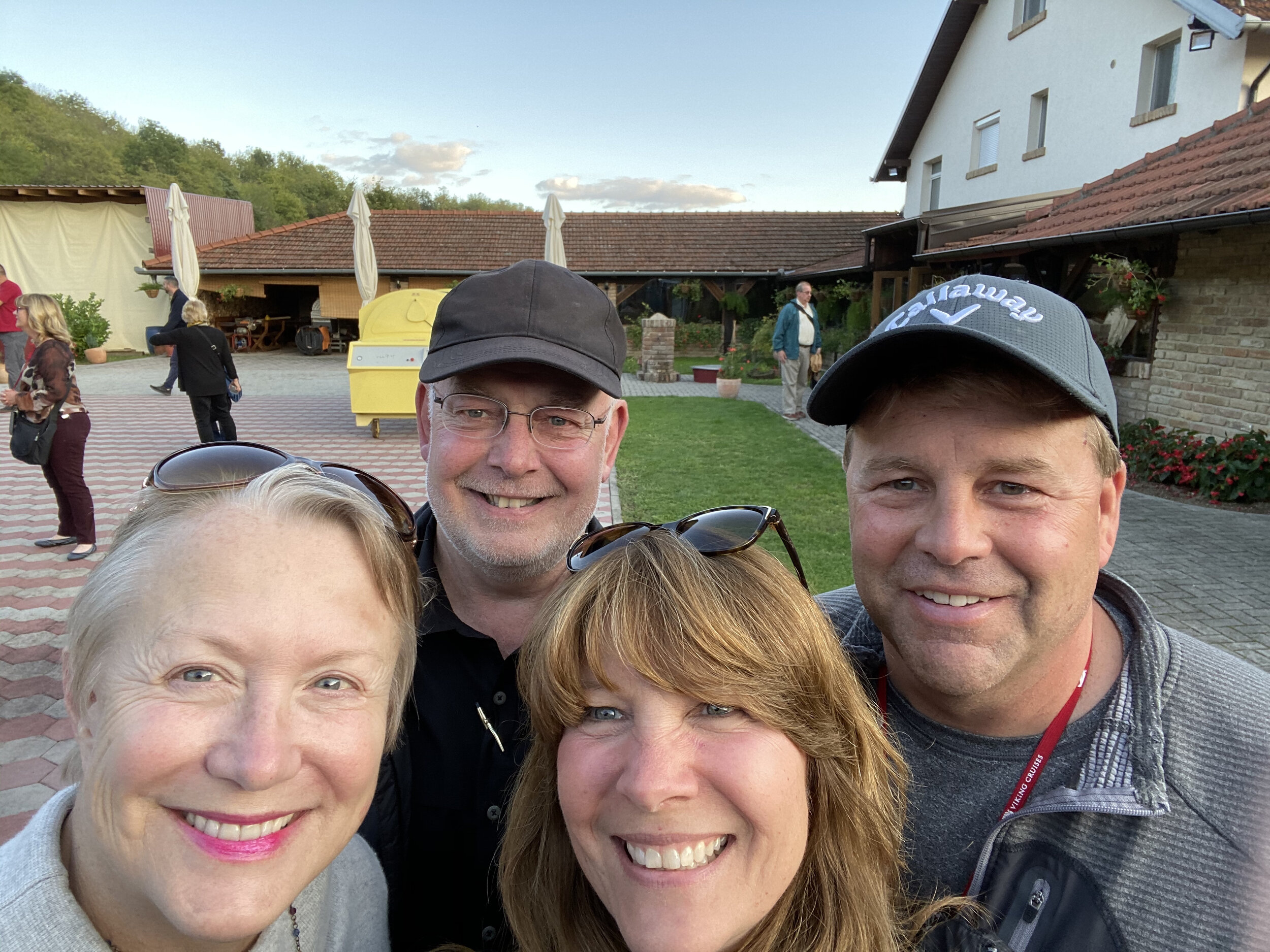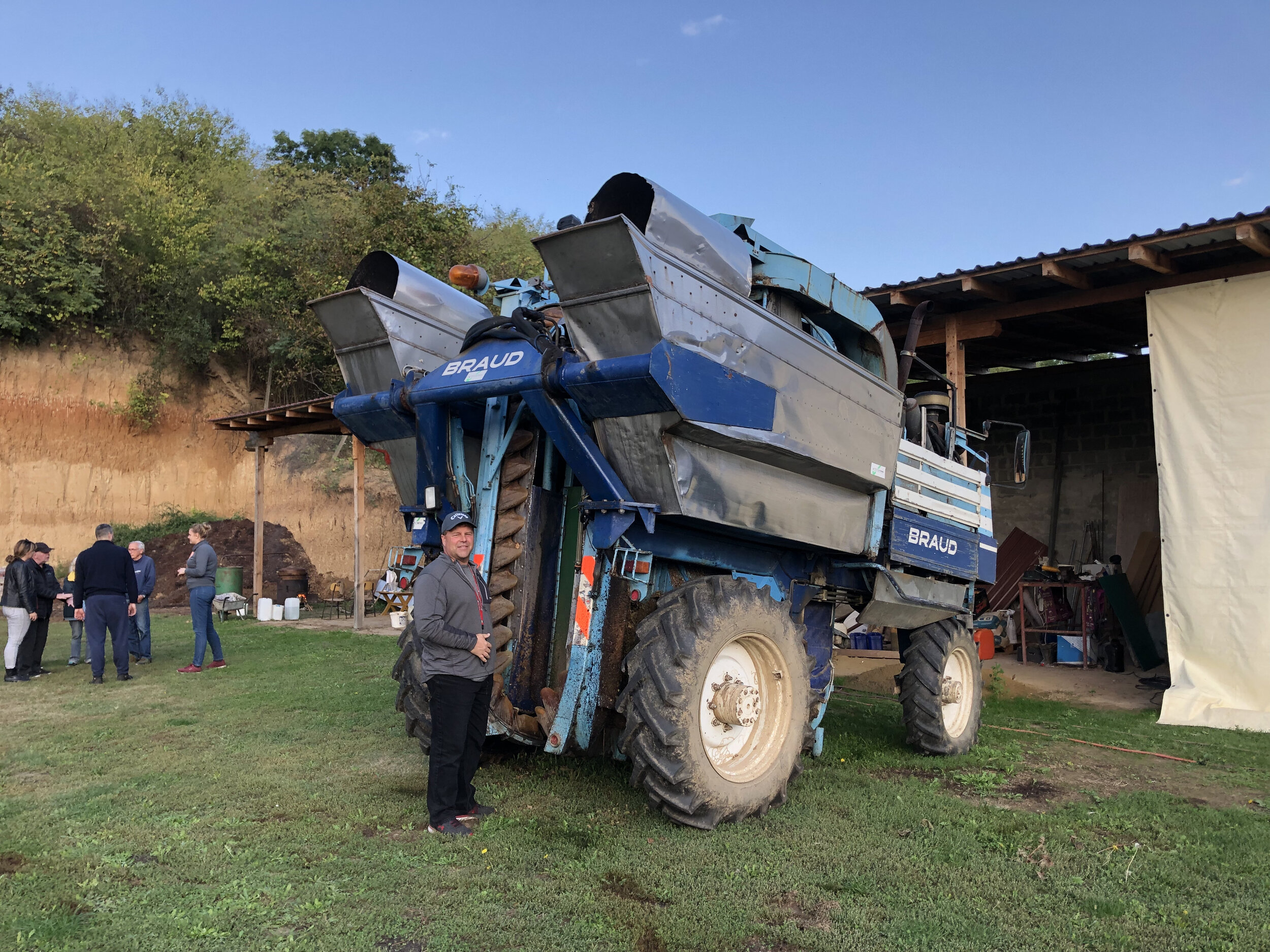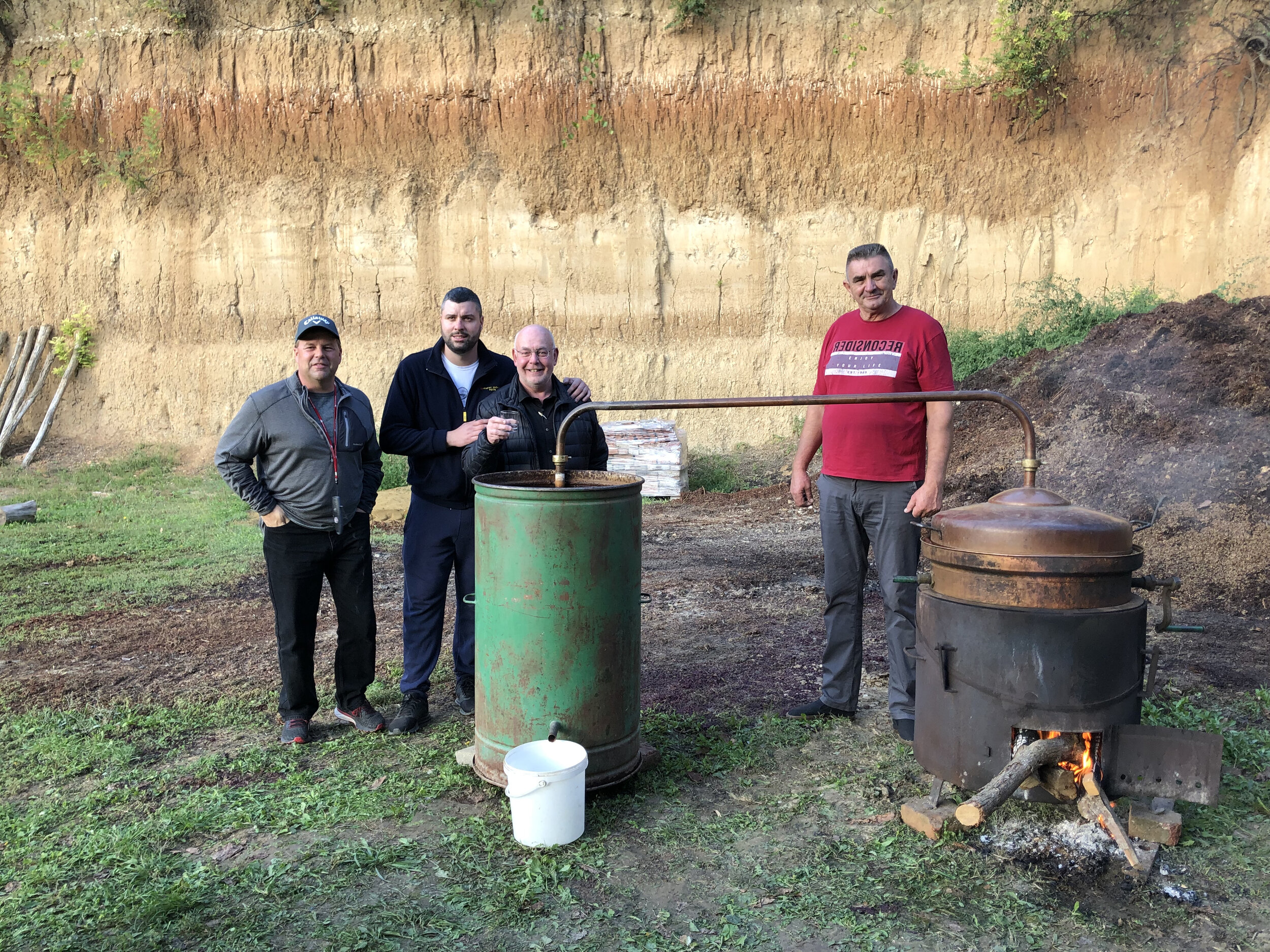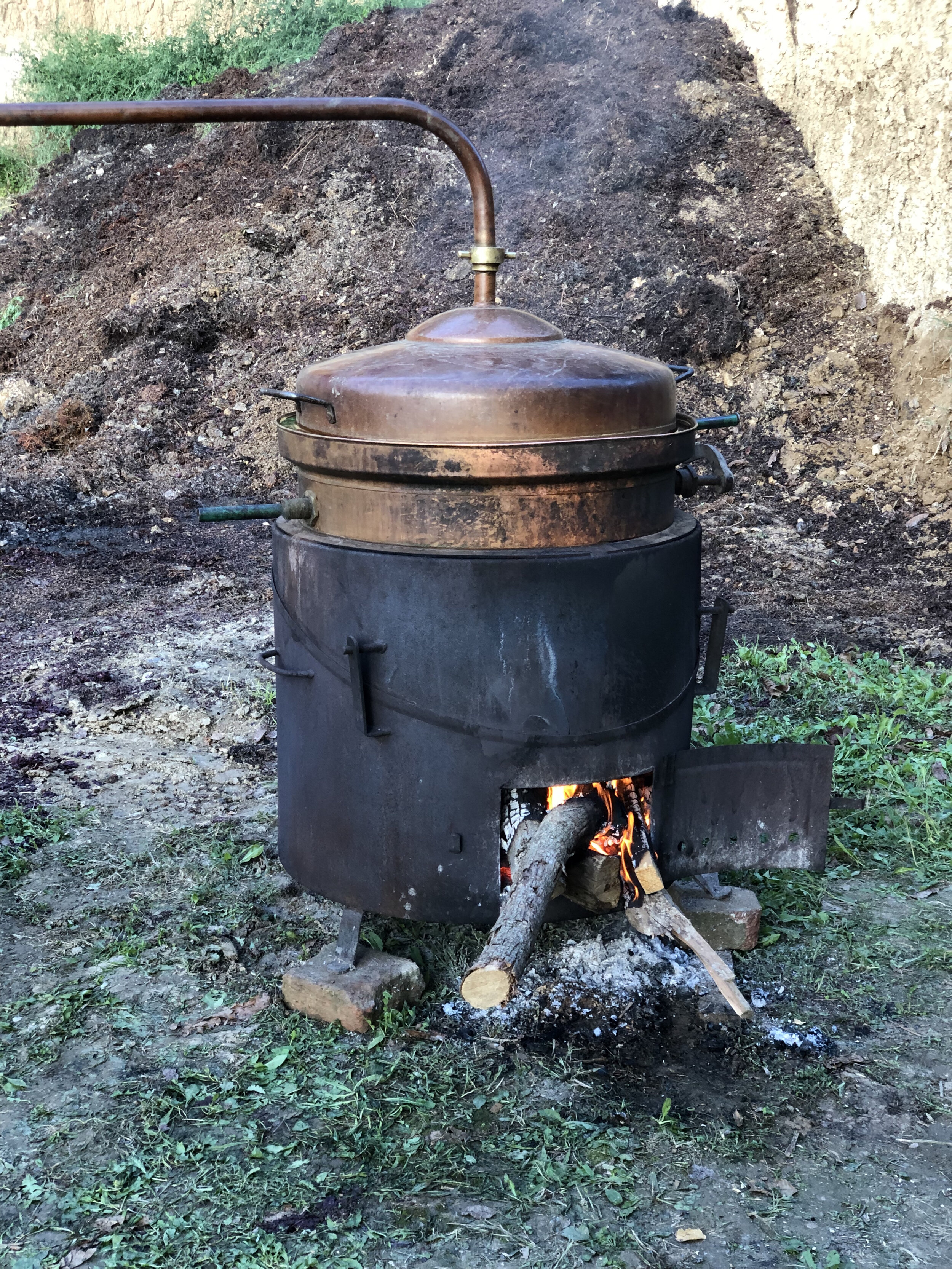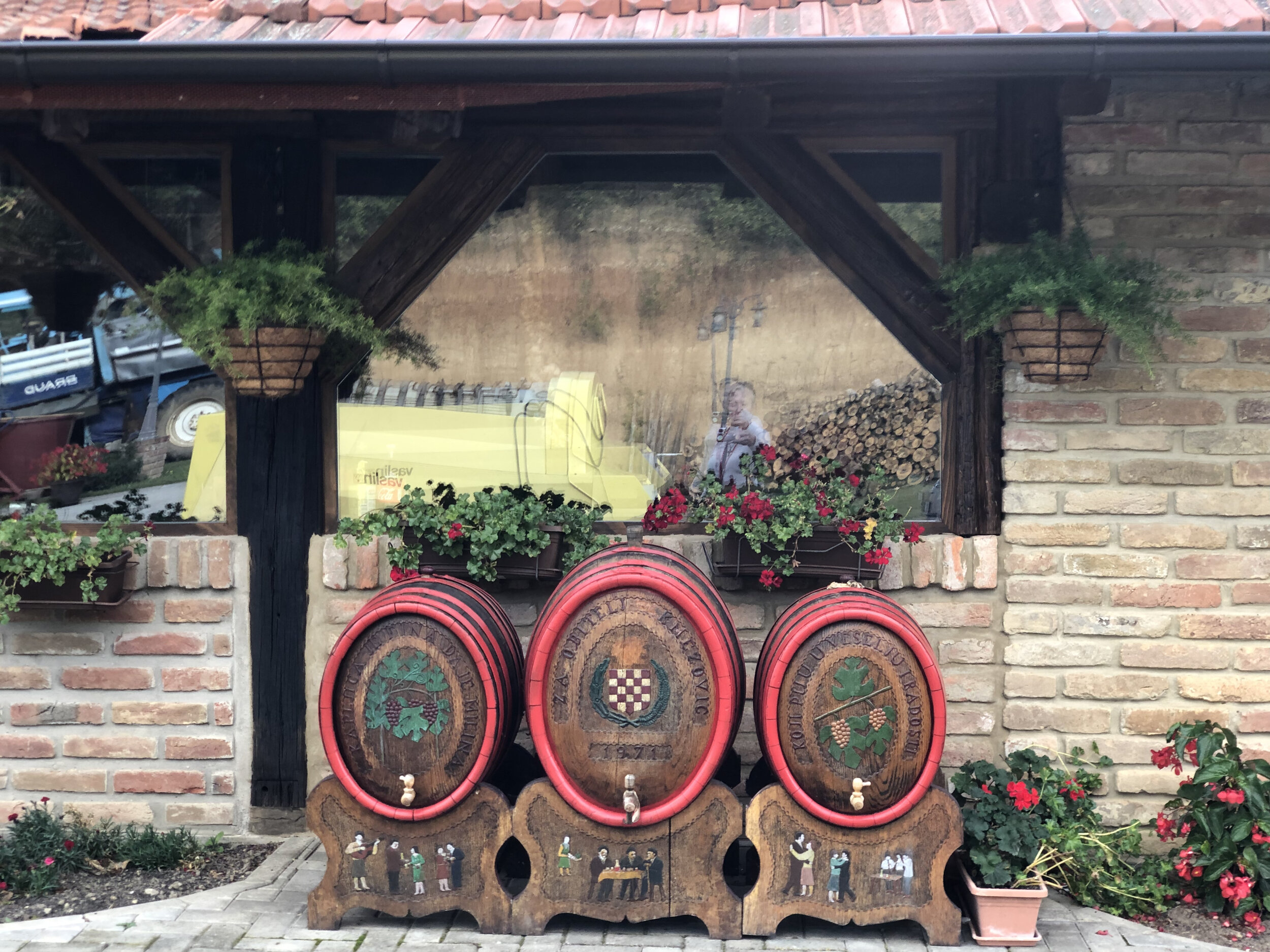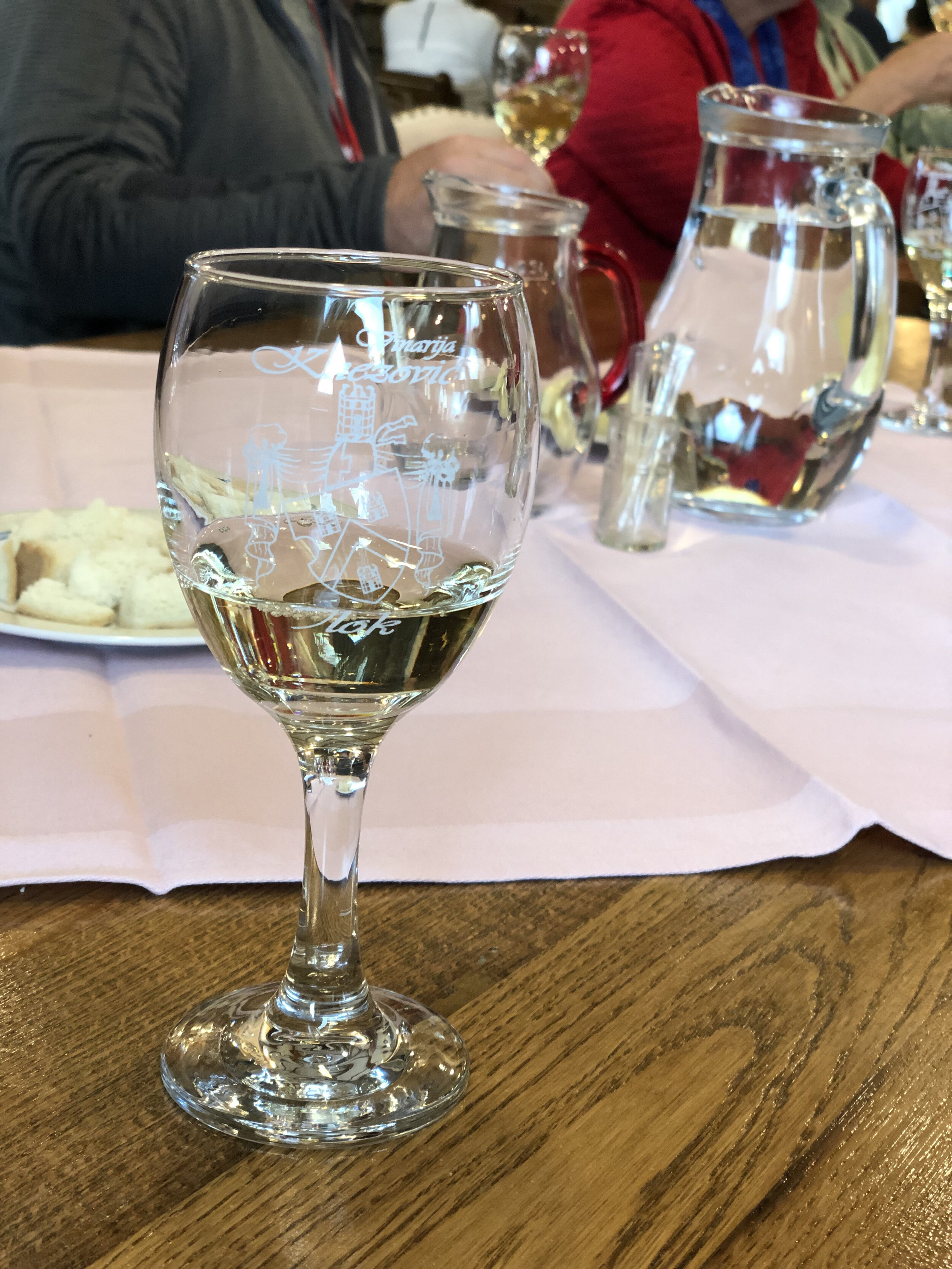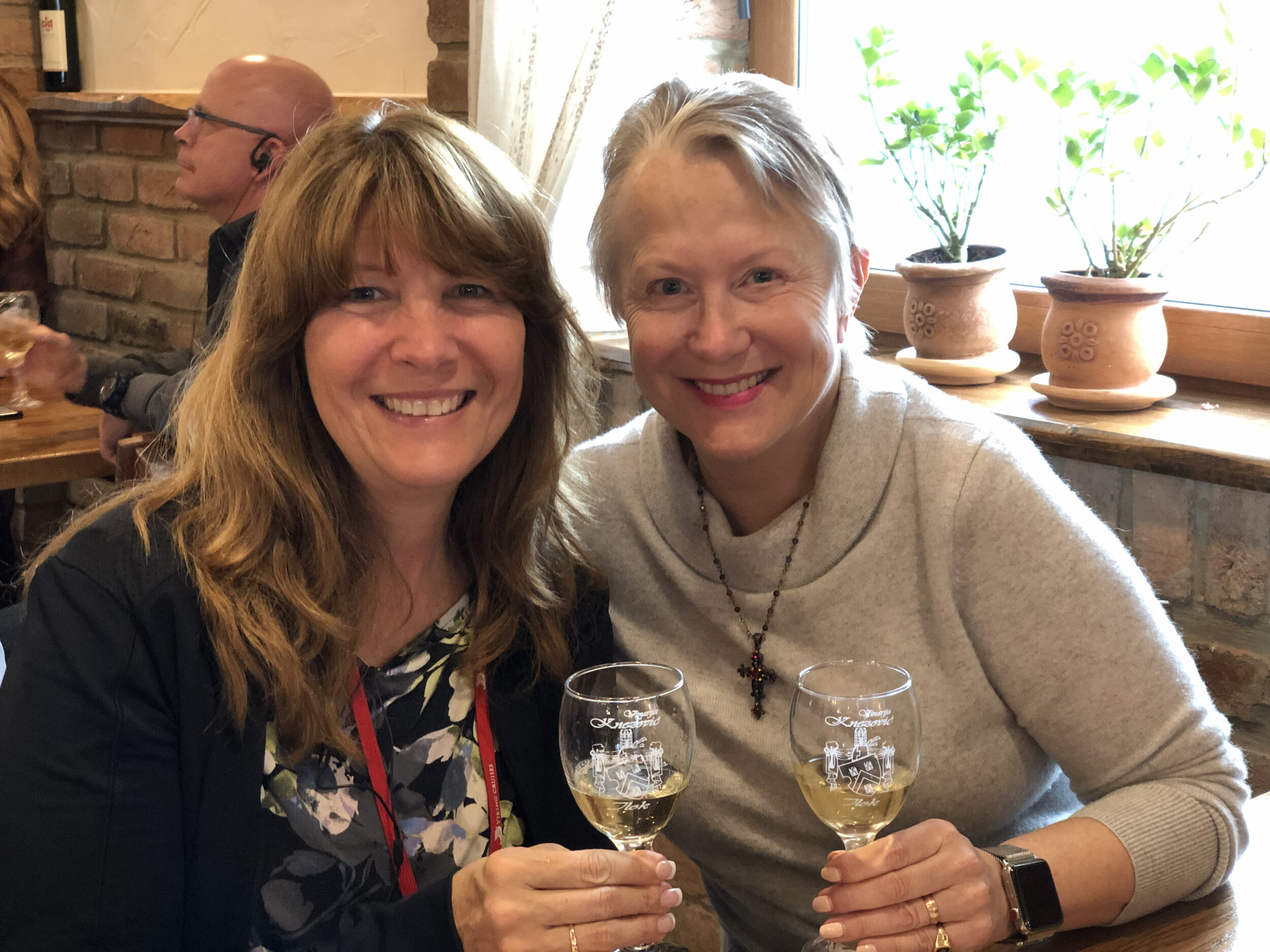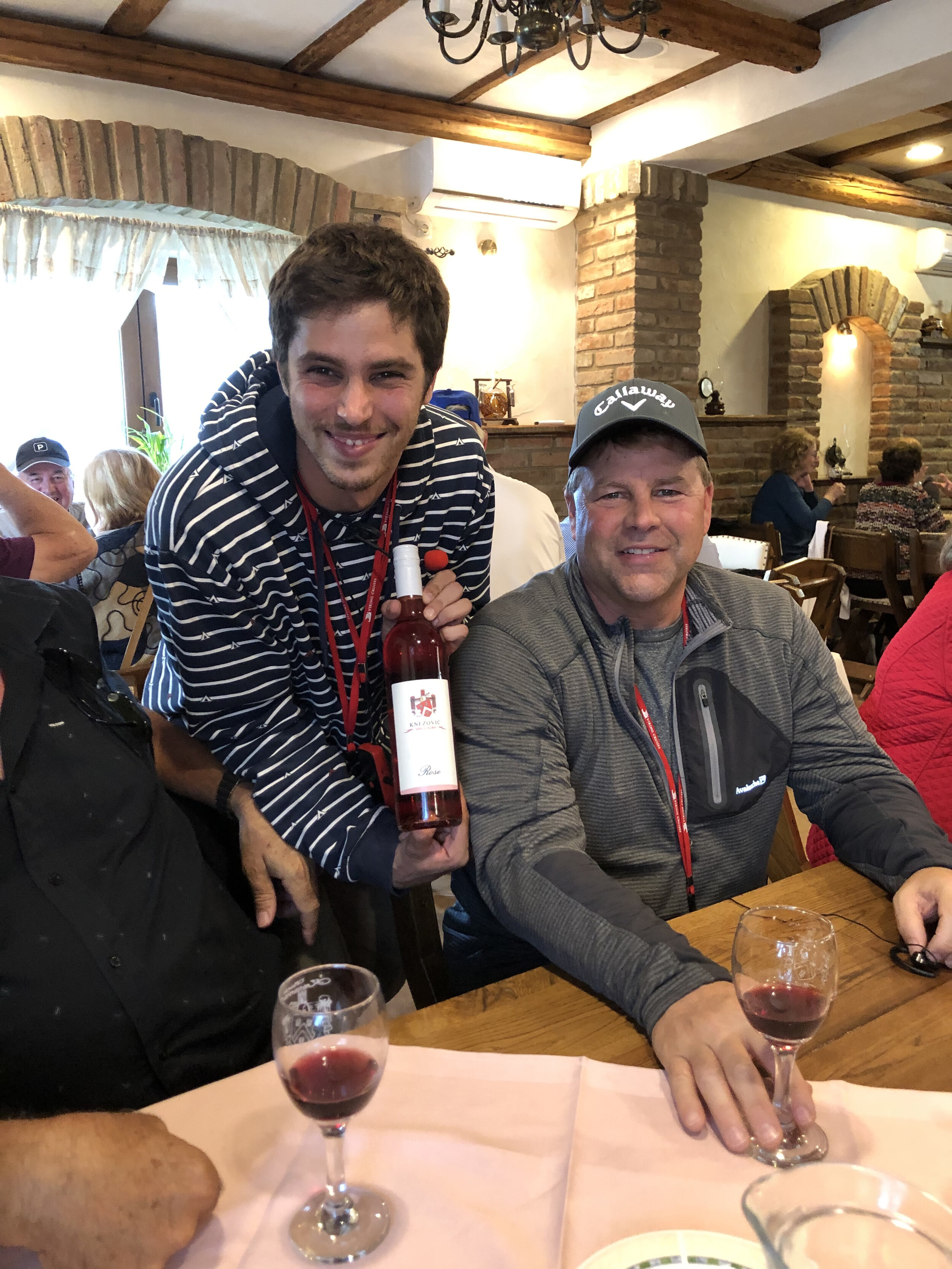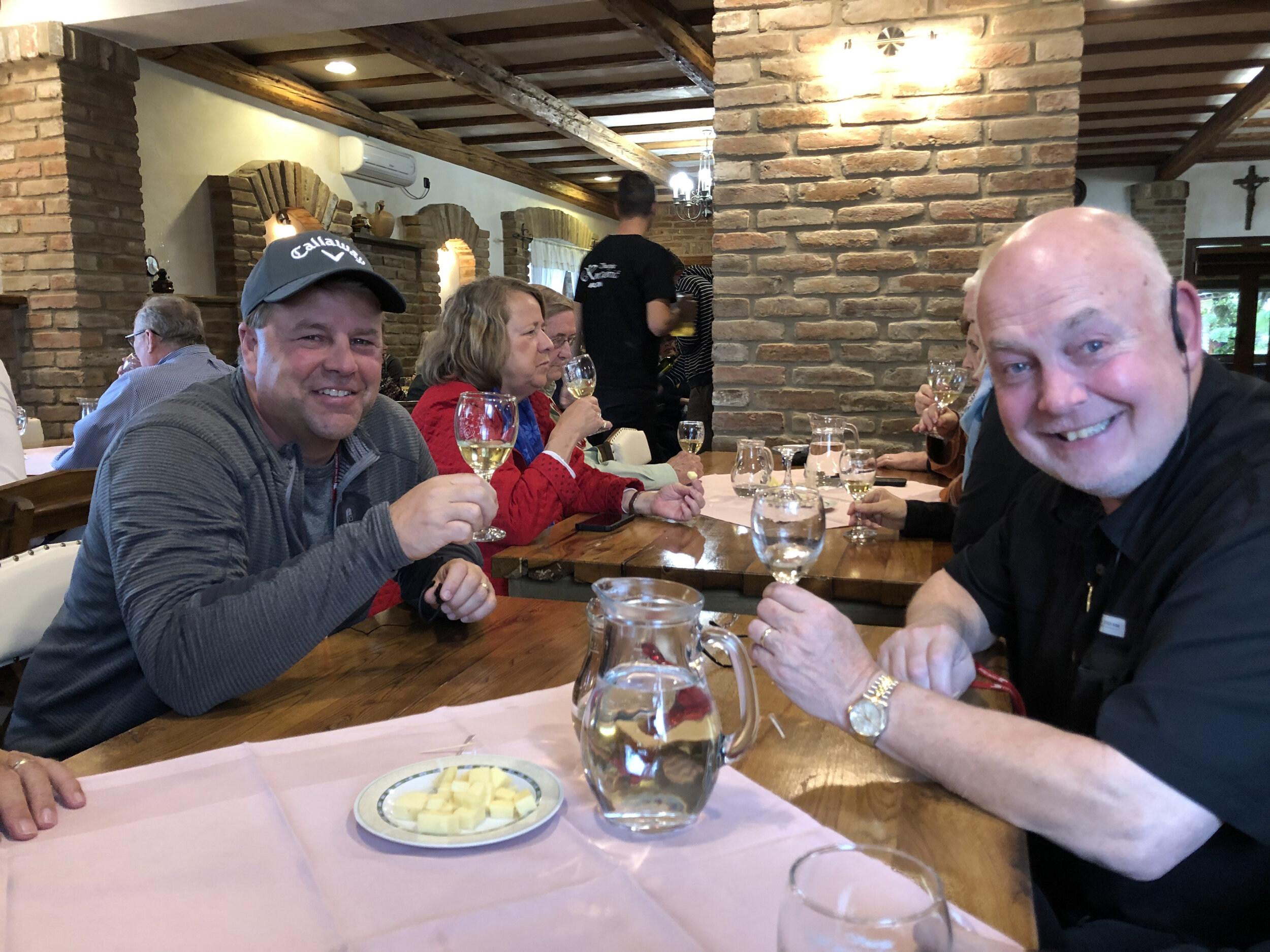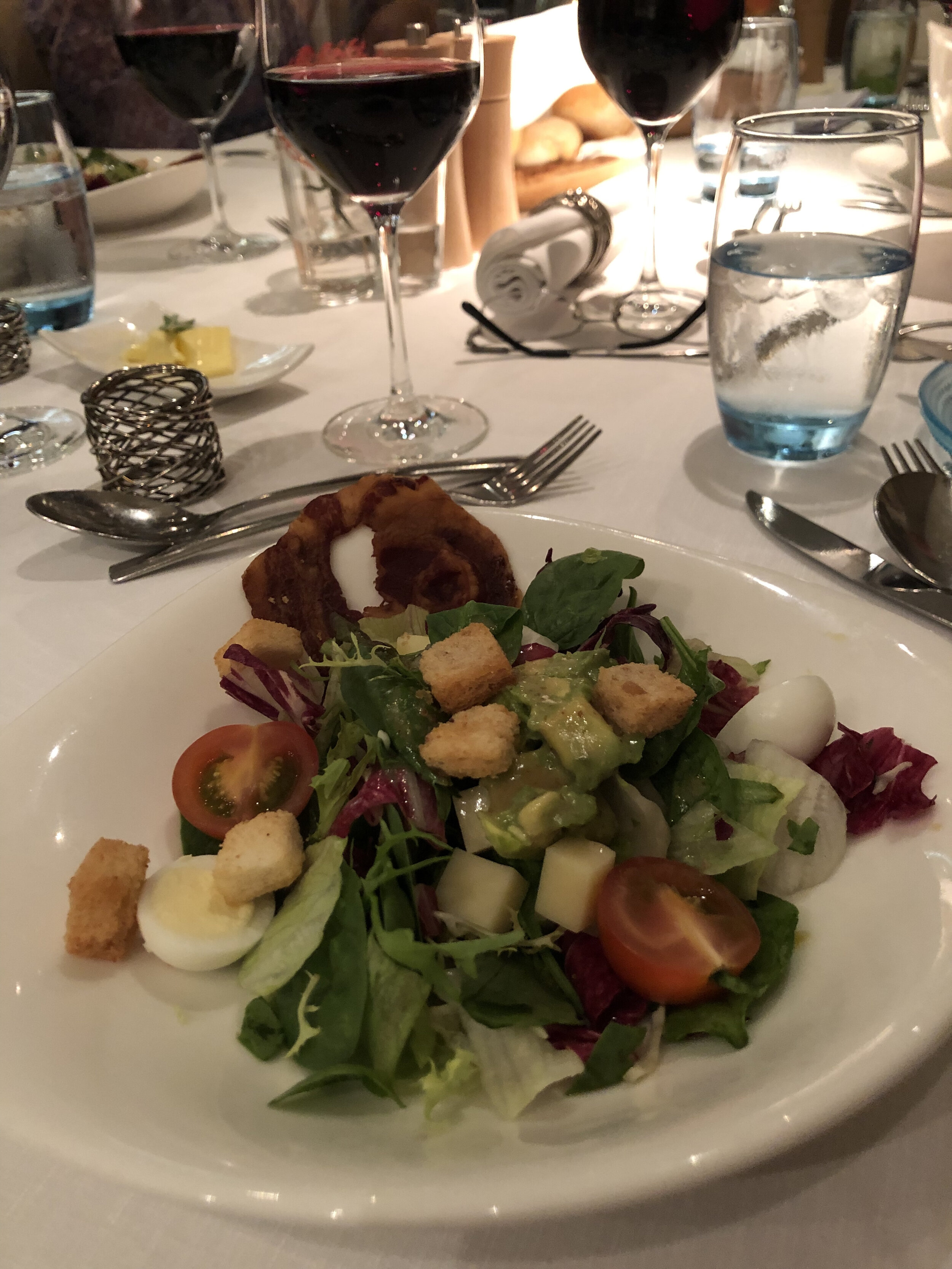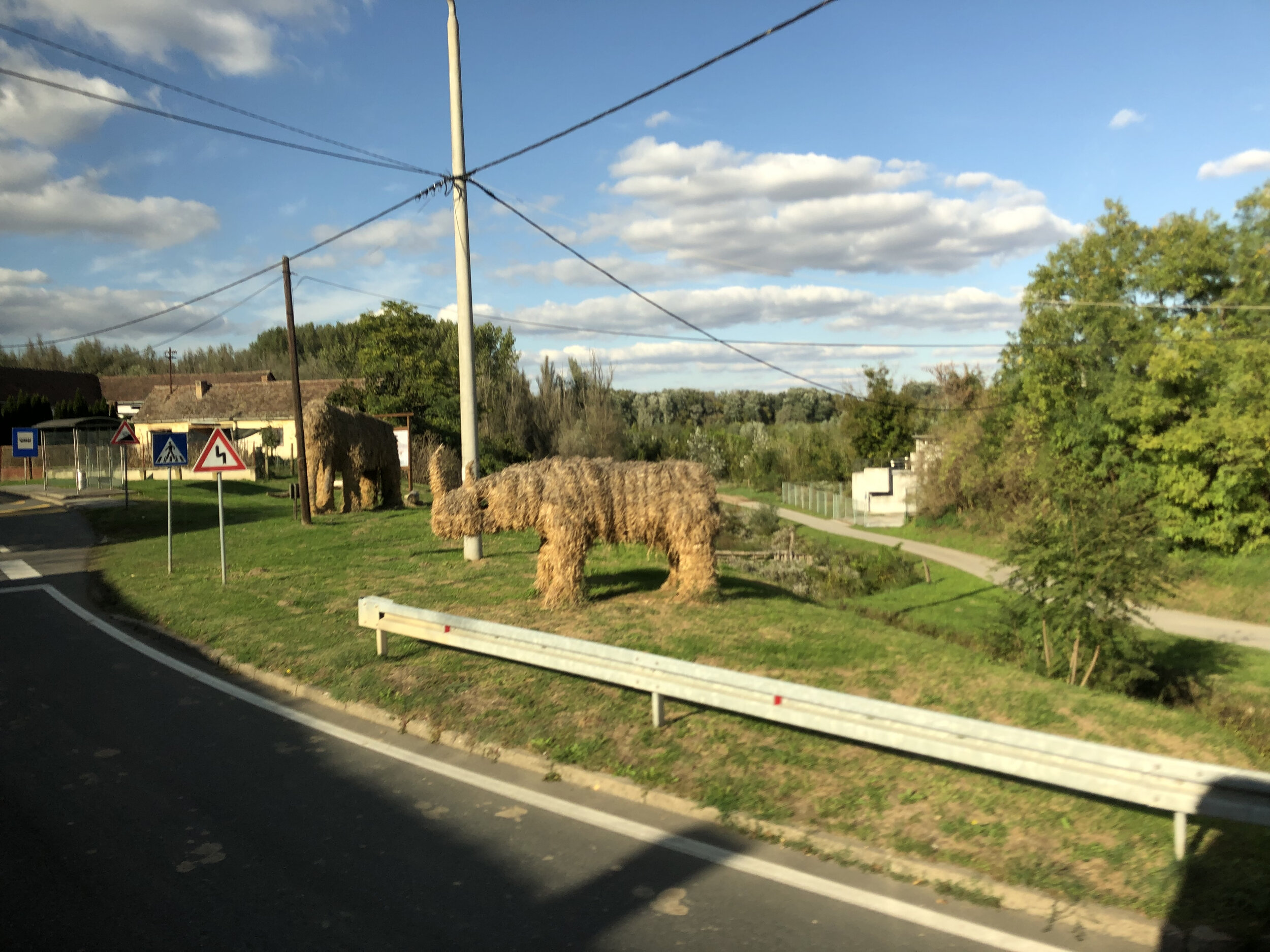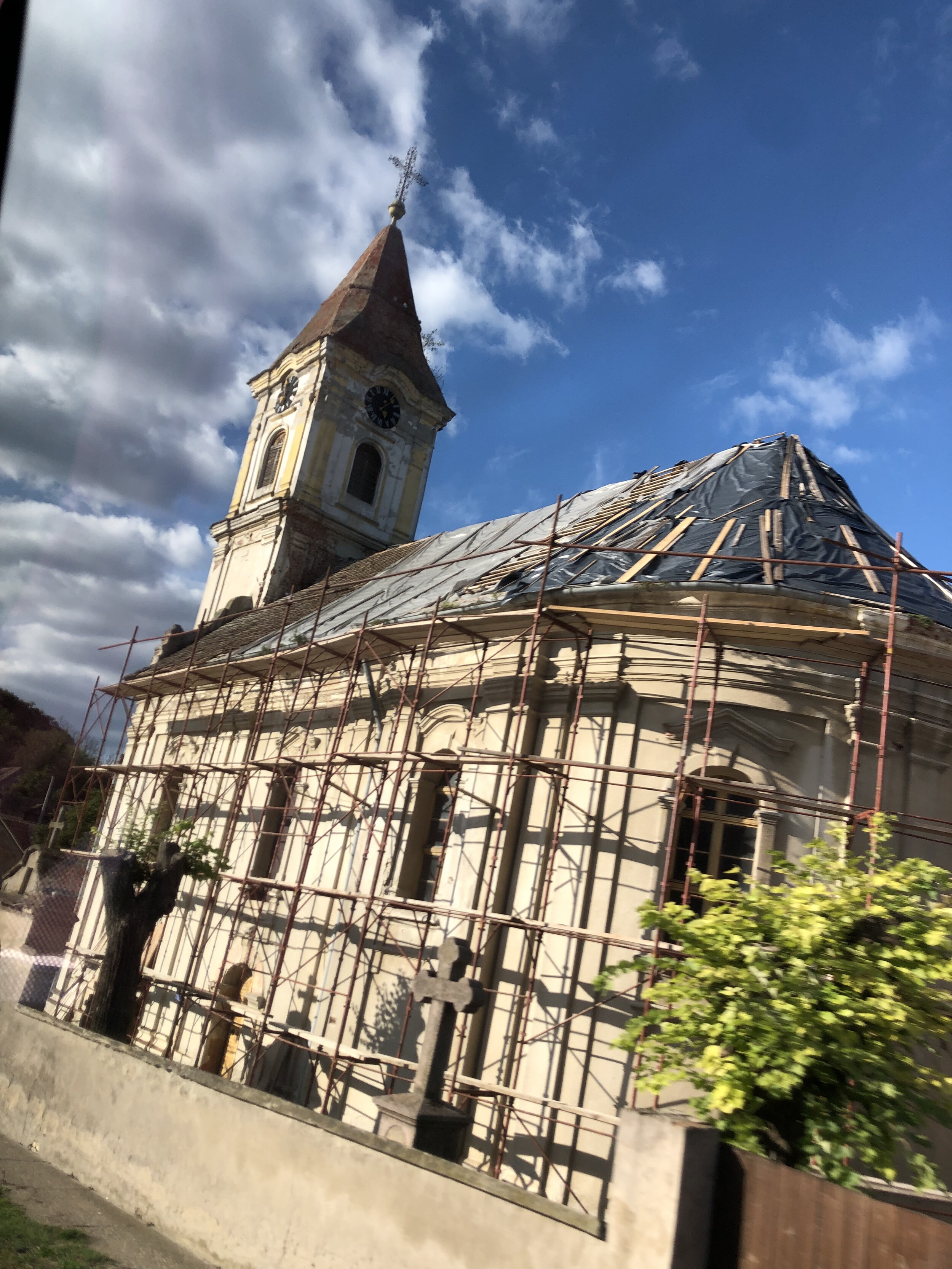Traveling the Danube Through Eastern Europe-Part Two: Croatia
by Teri Popp, Tastemaker in Residence
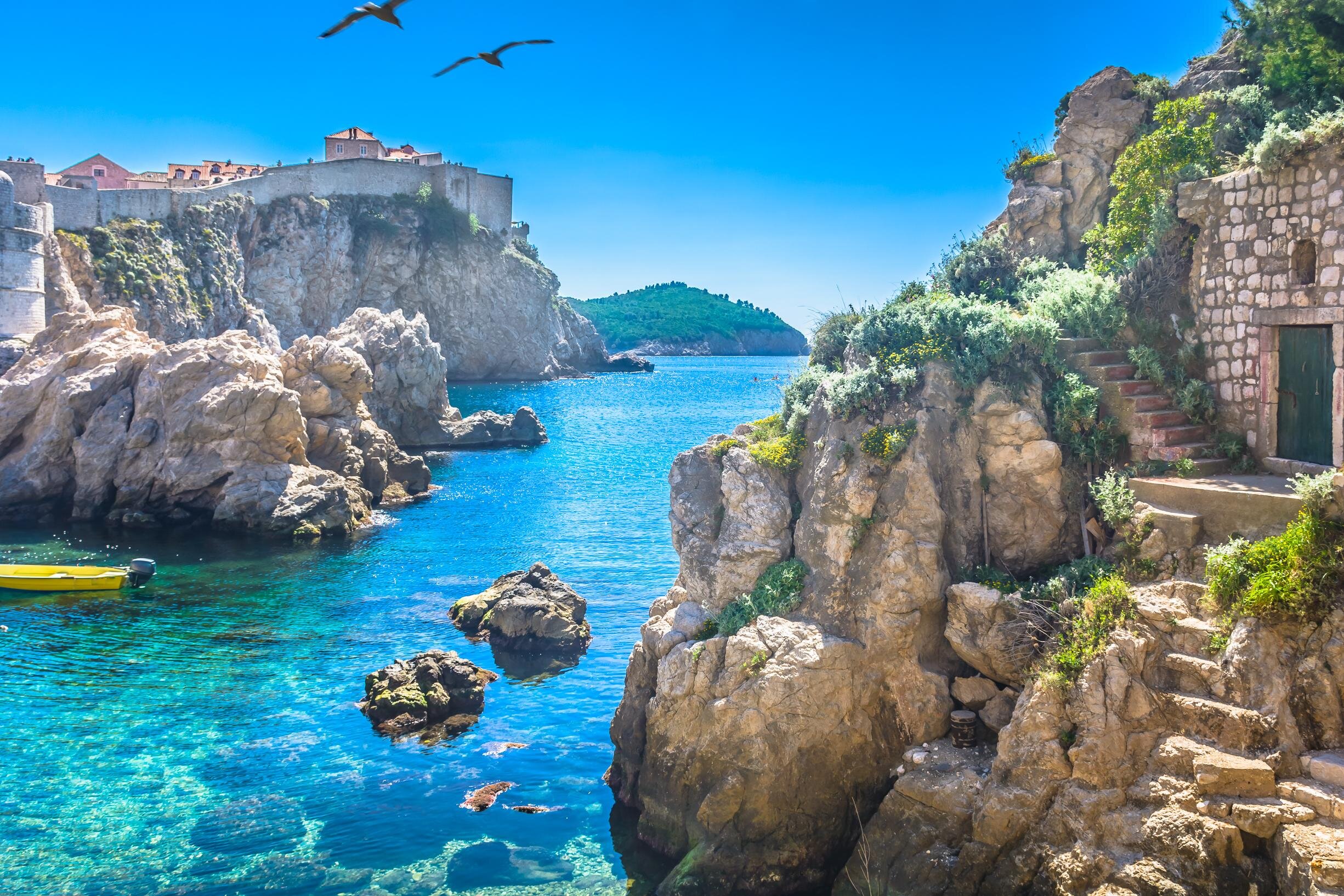
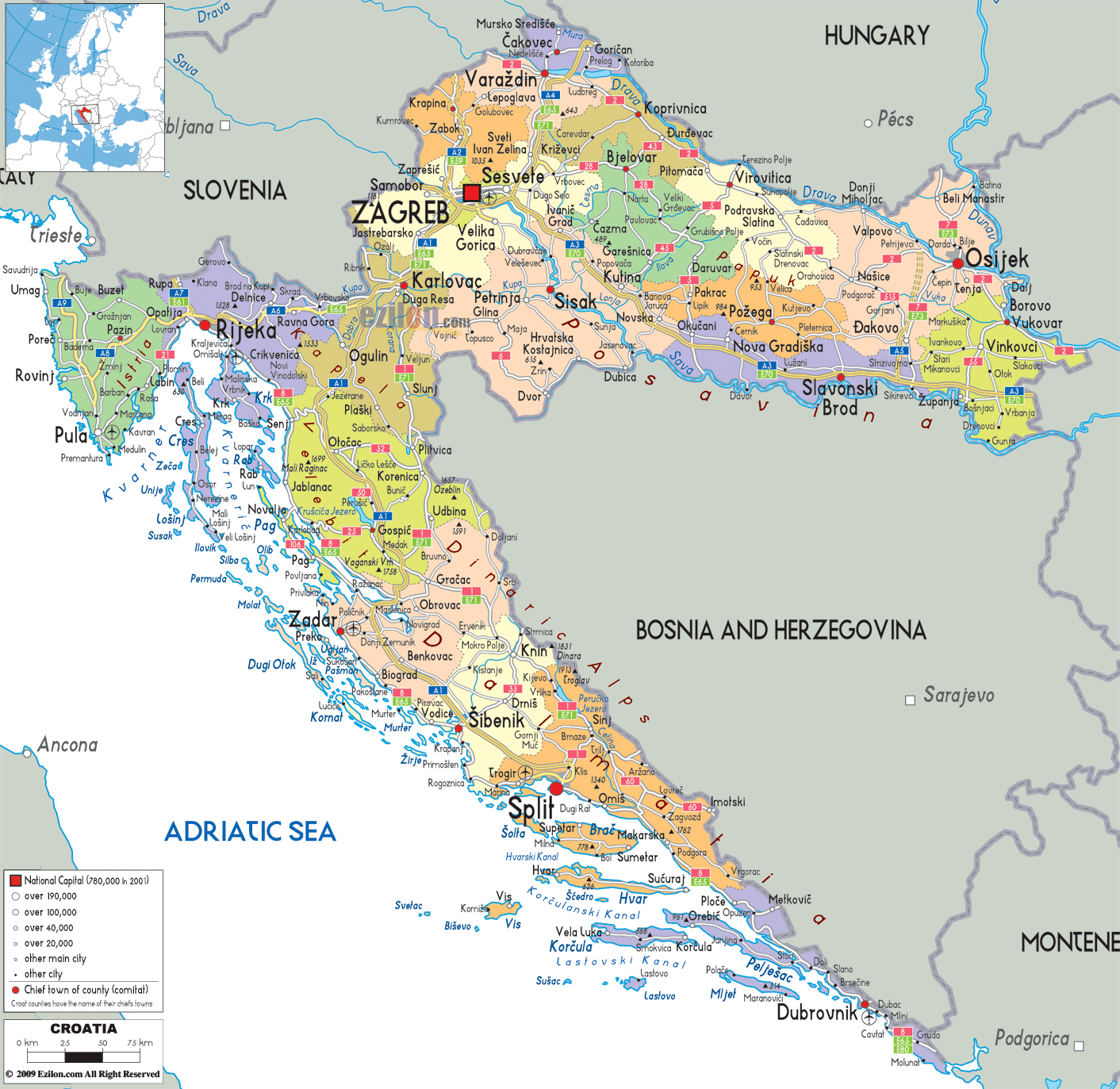

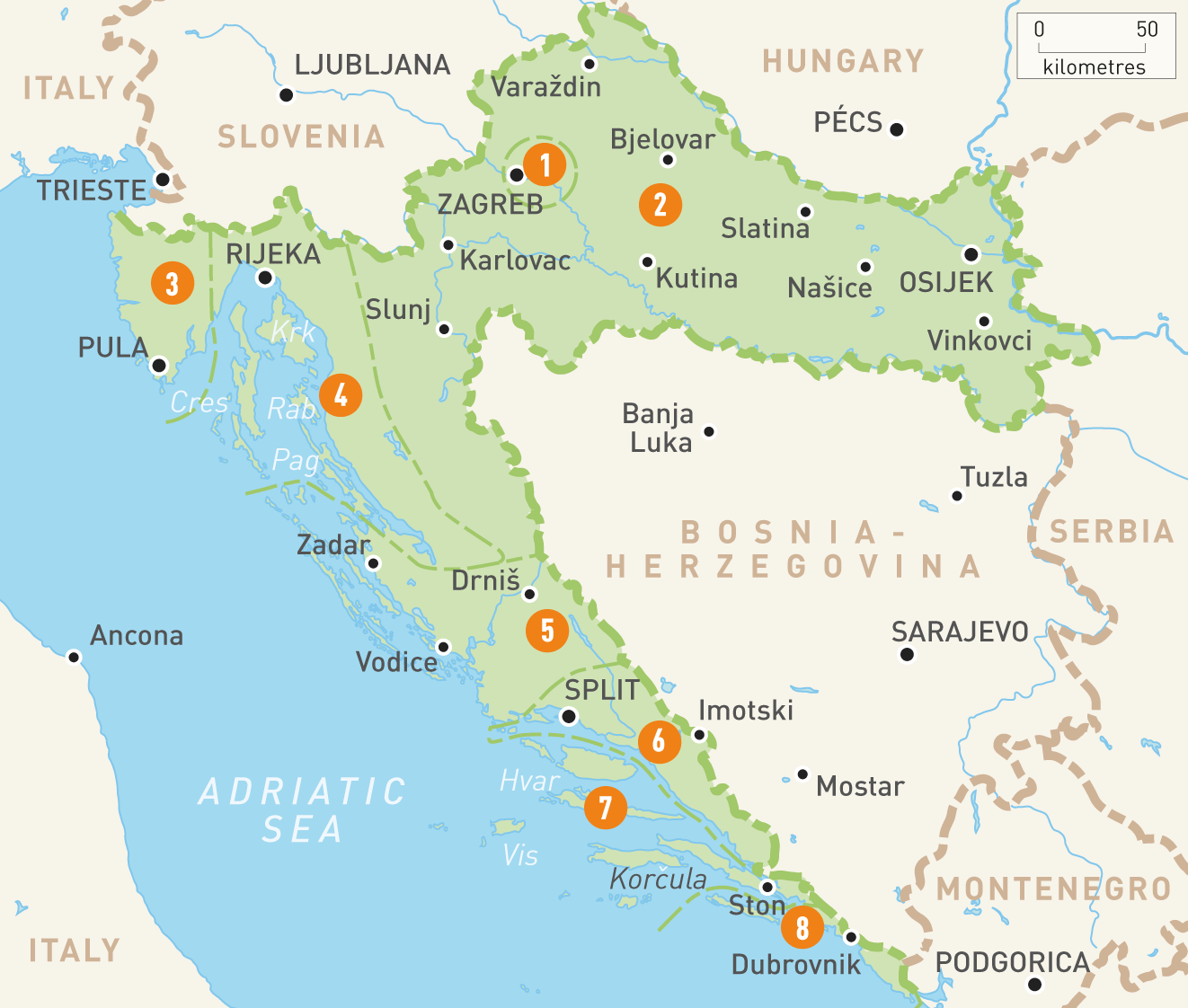
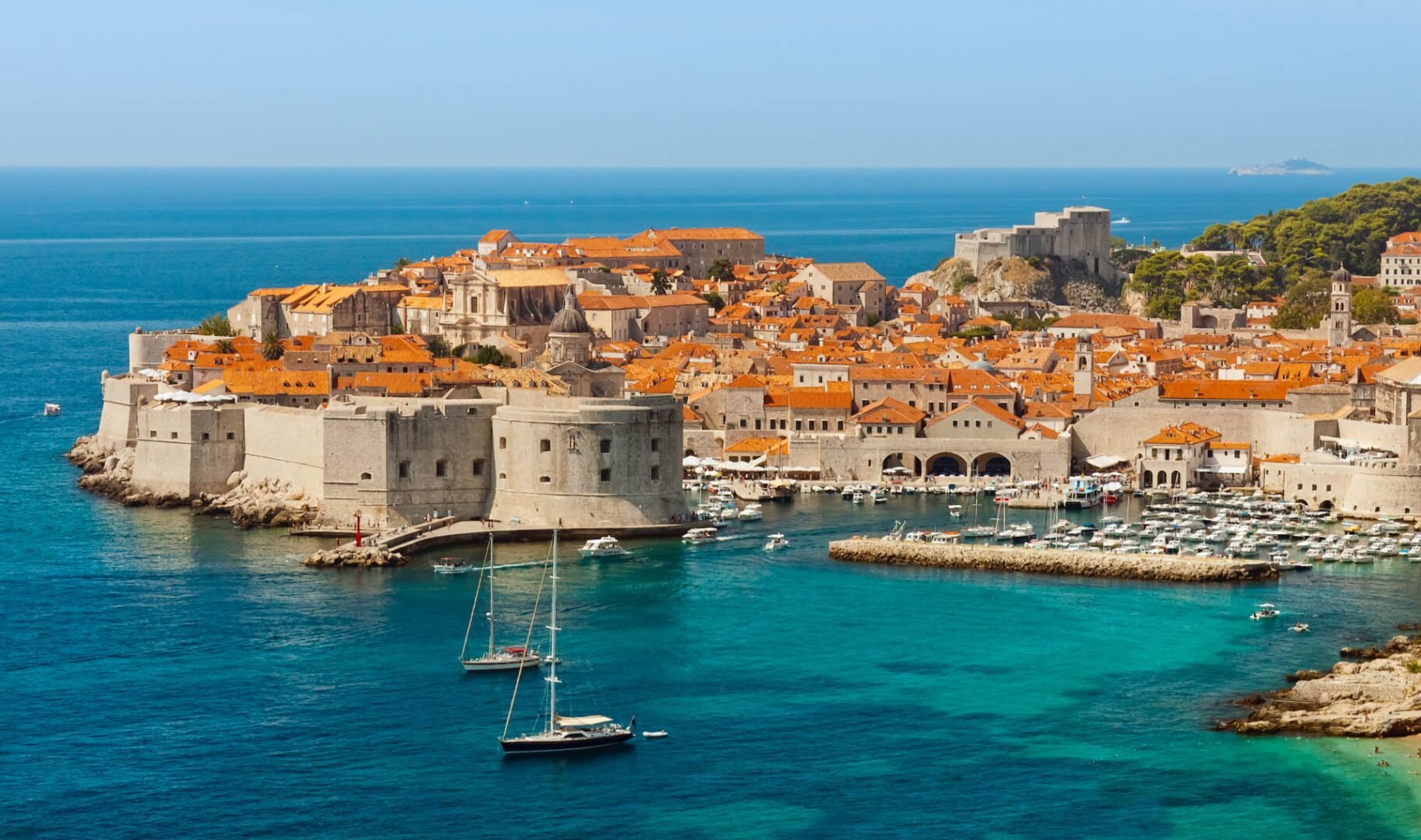
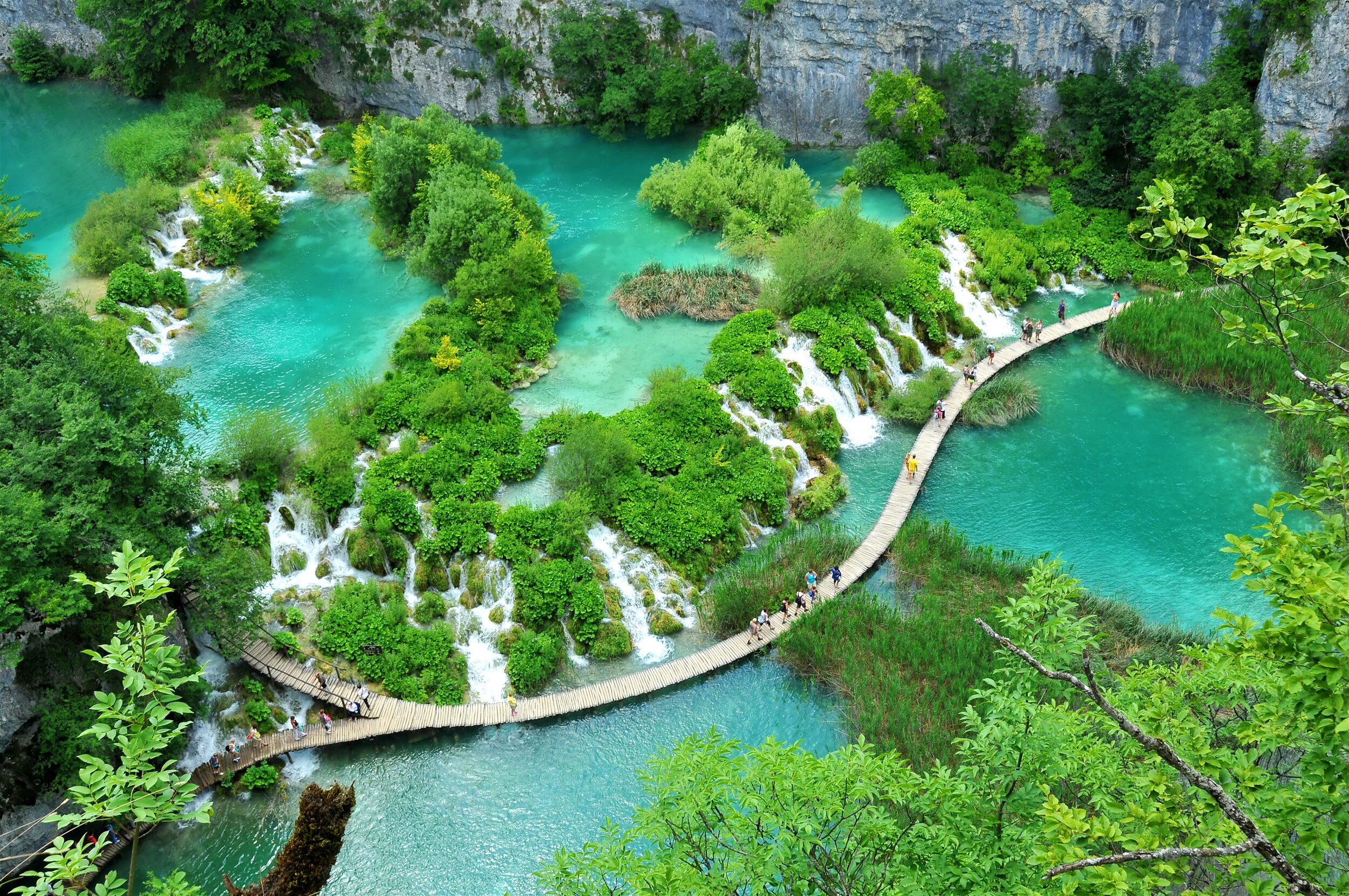
While most tourists to Croatia visit gorgeous beaches and picturesque hillside vineyards on the Adriatic Sea, the intrepid traveler, looking for education and adventure, would enjoy sailing the “other” coastline of Croatia—the Blue Danube.
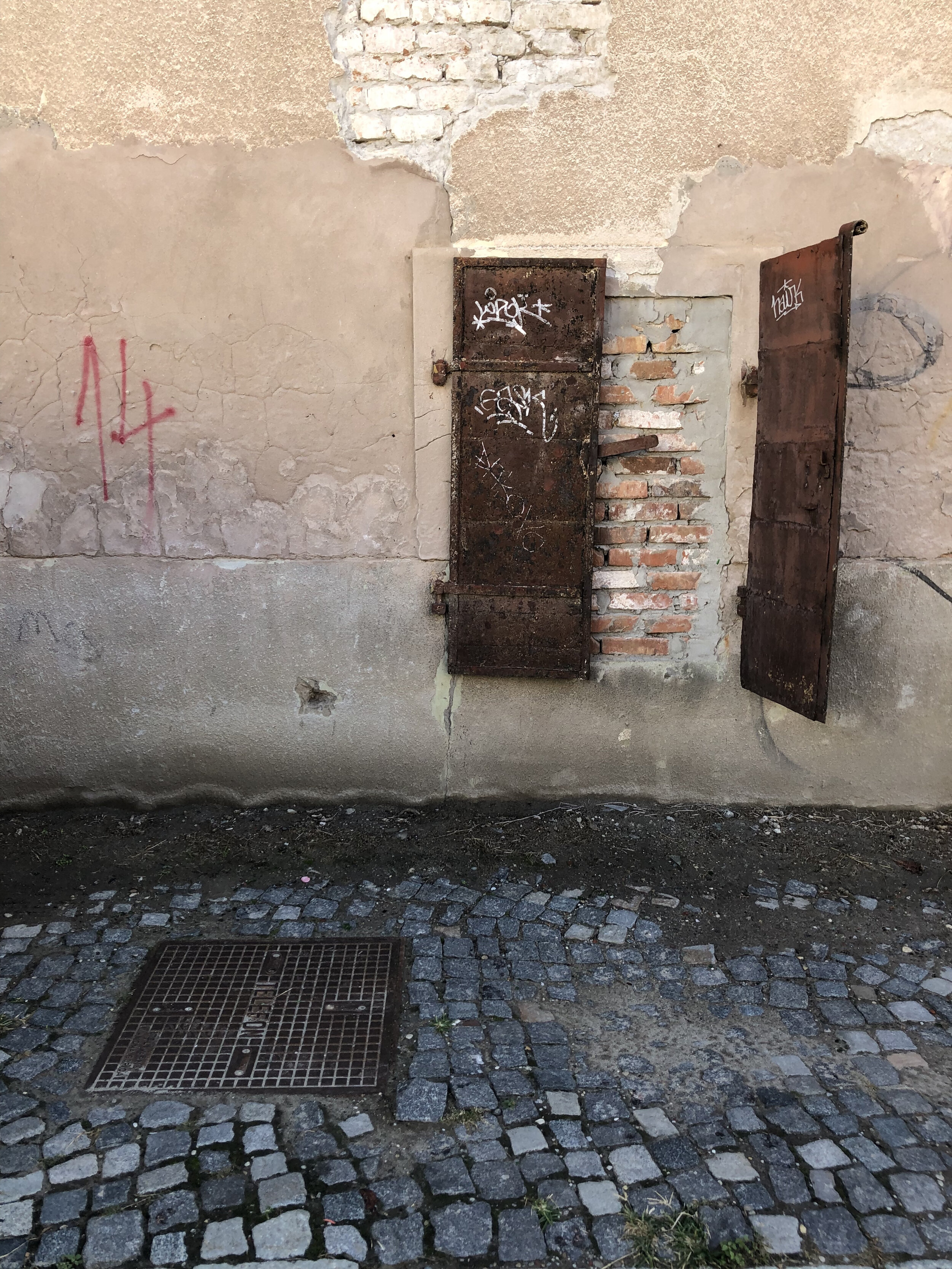
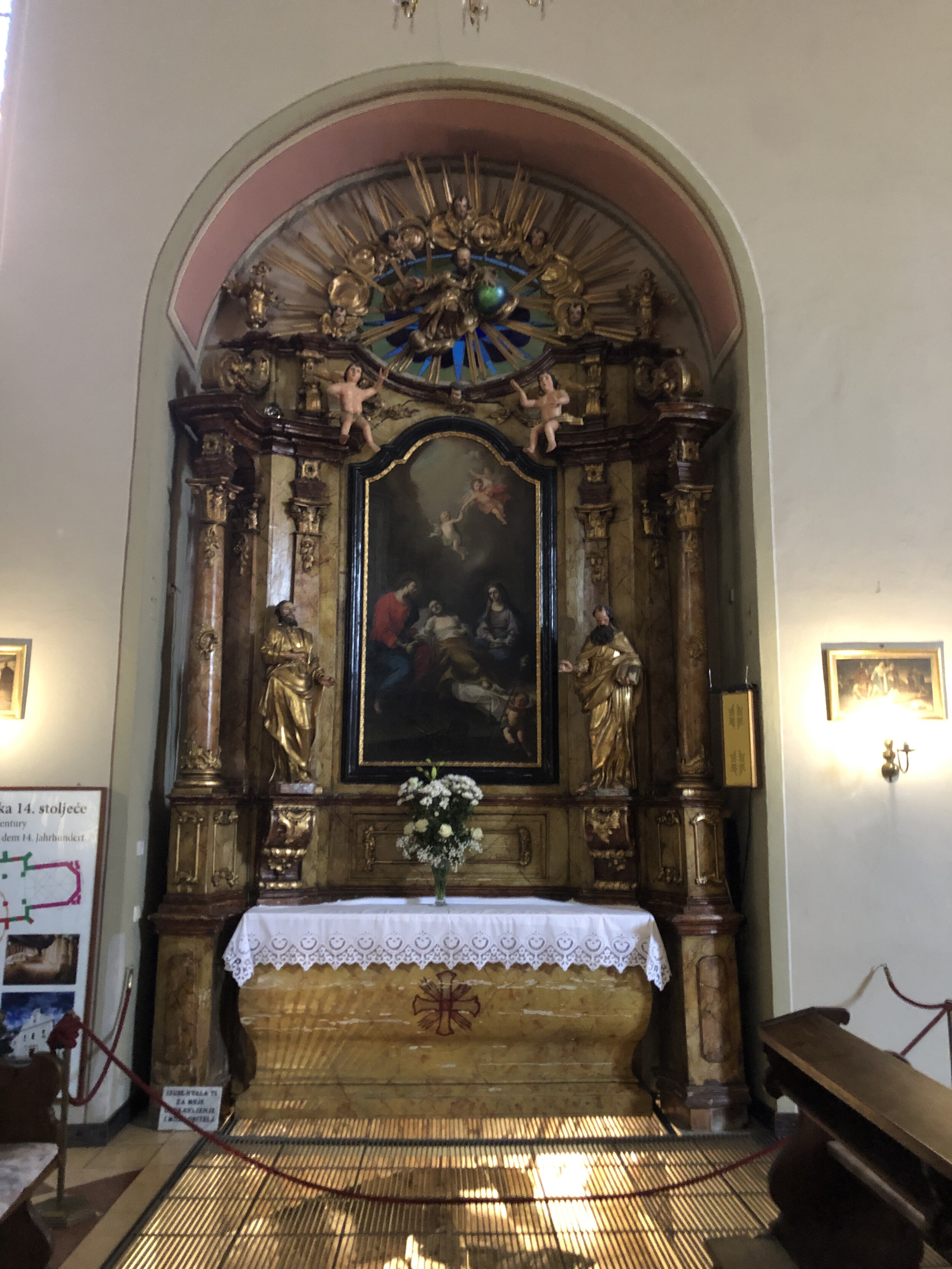
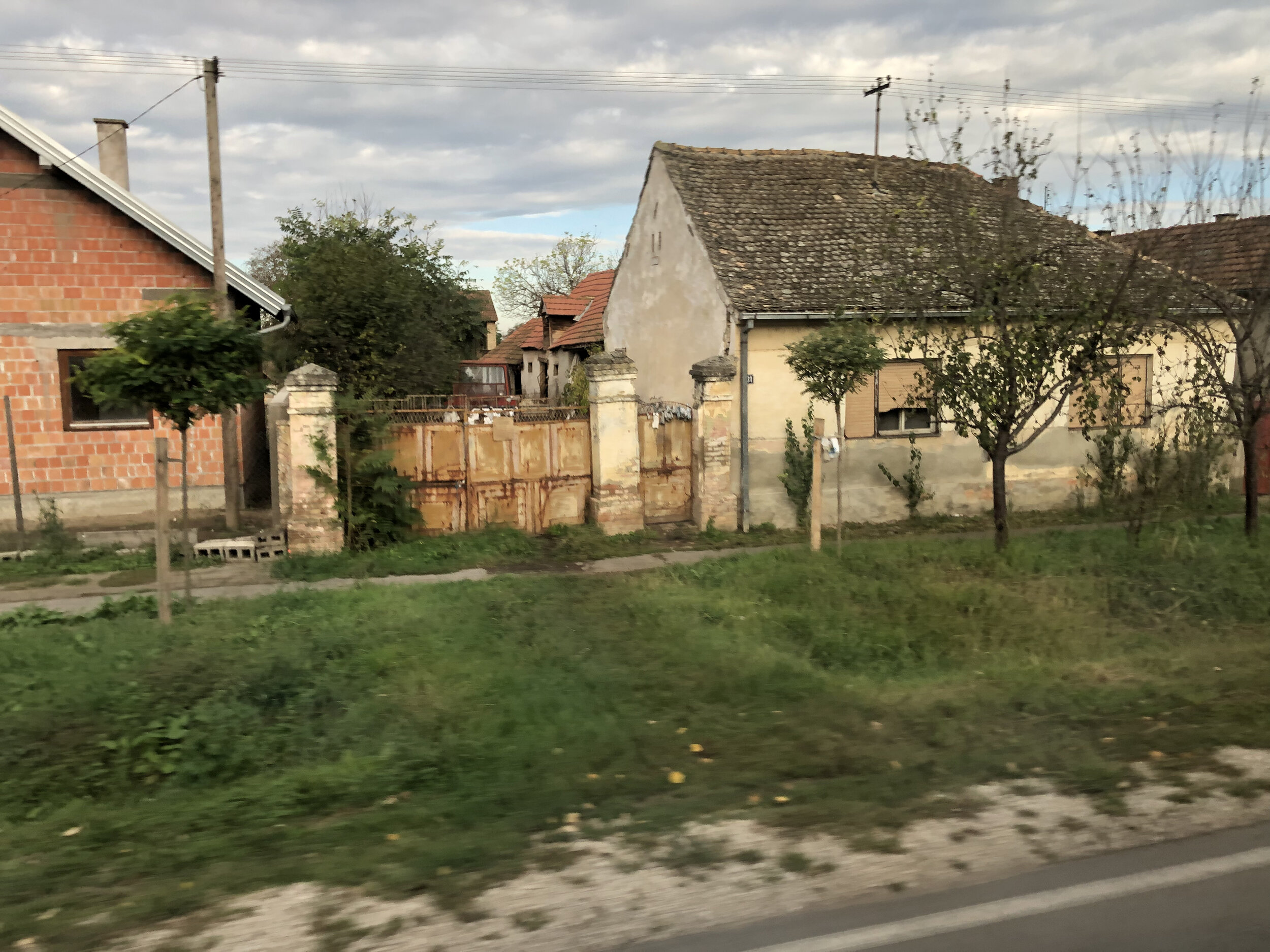


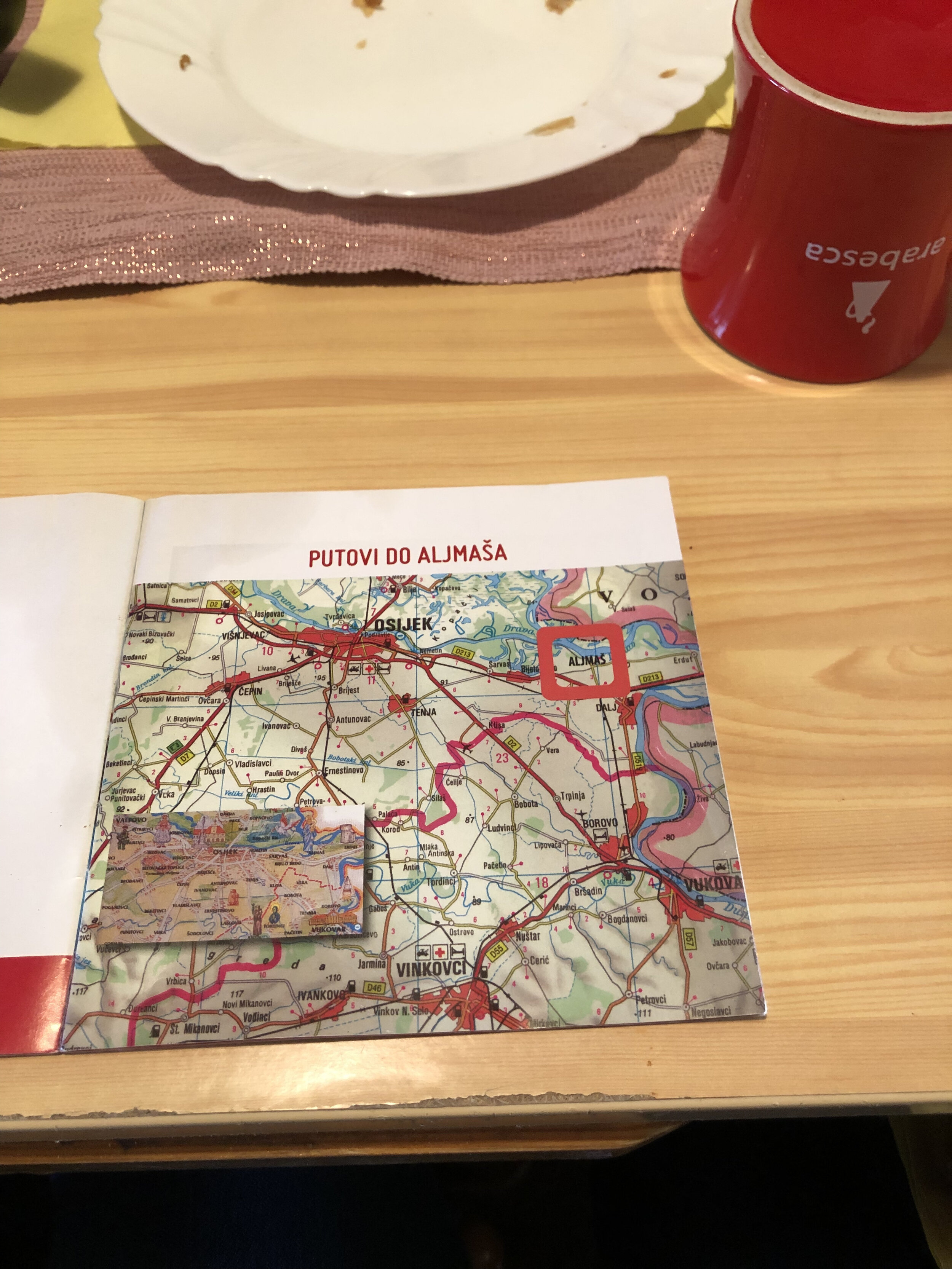
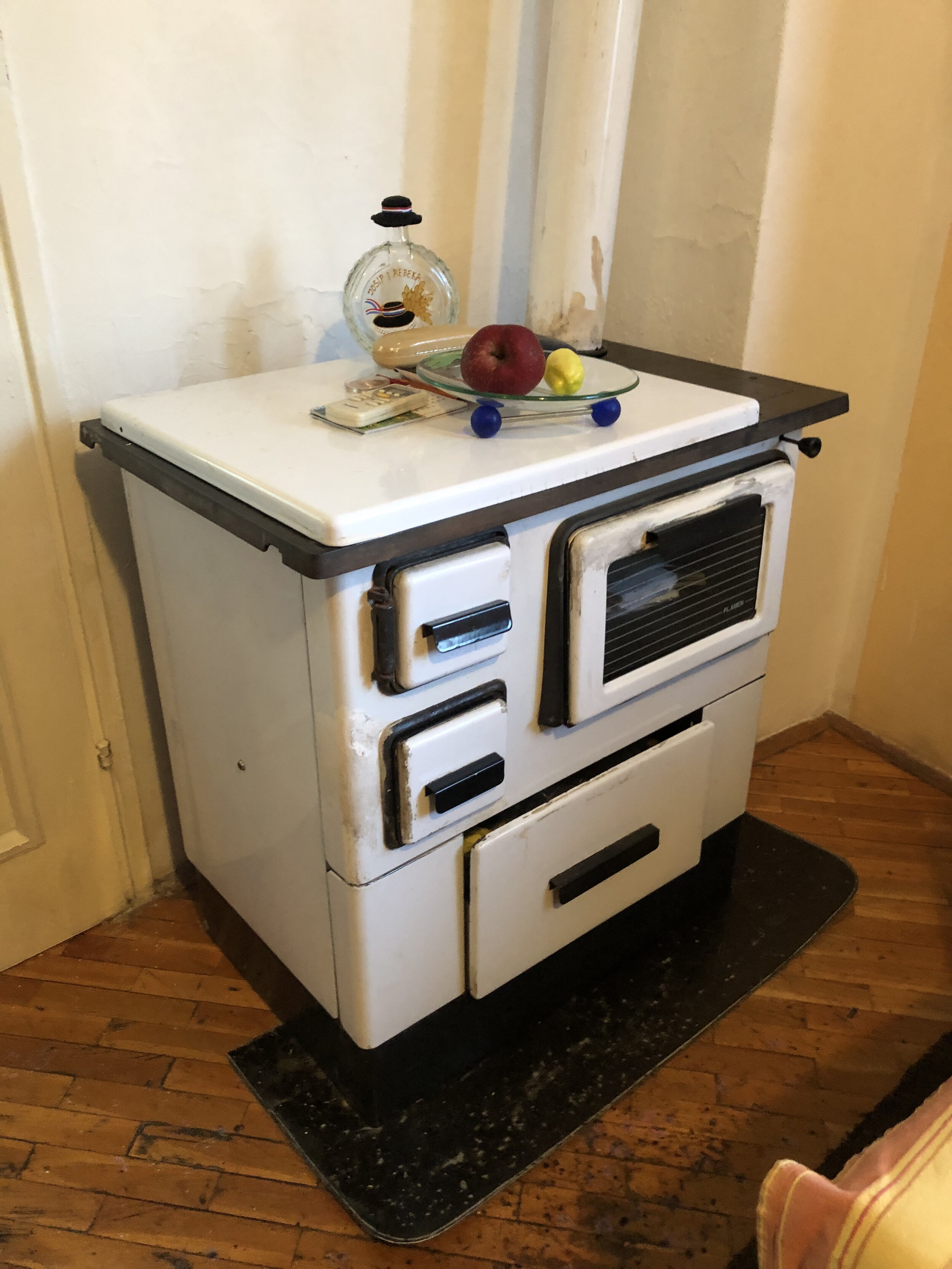
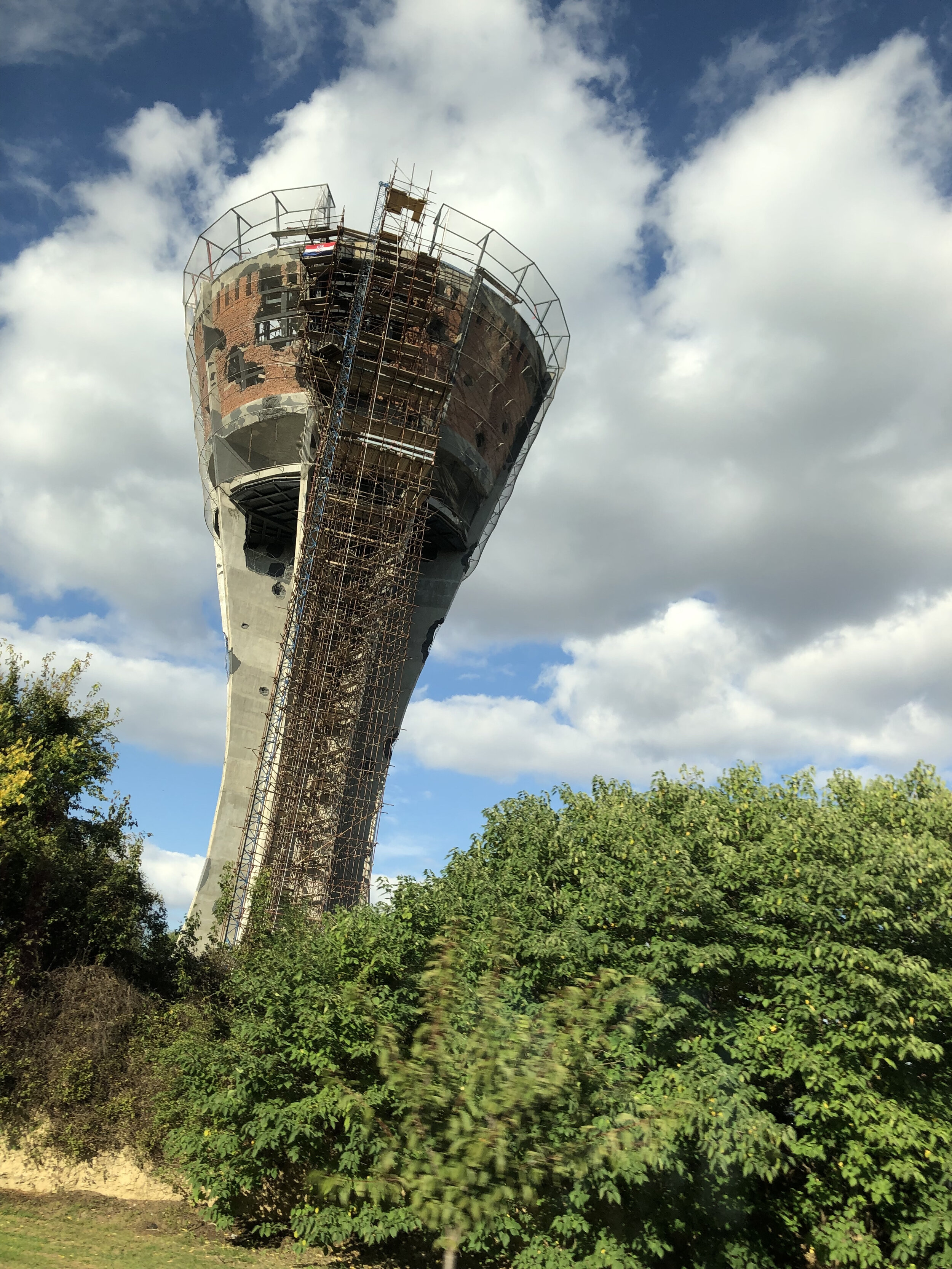
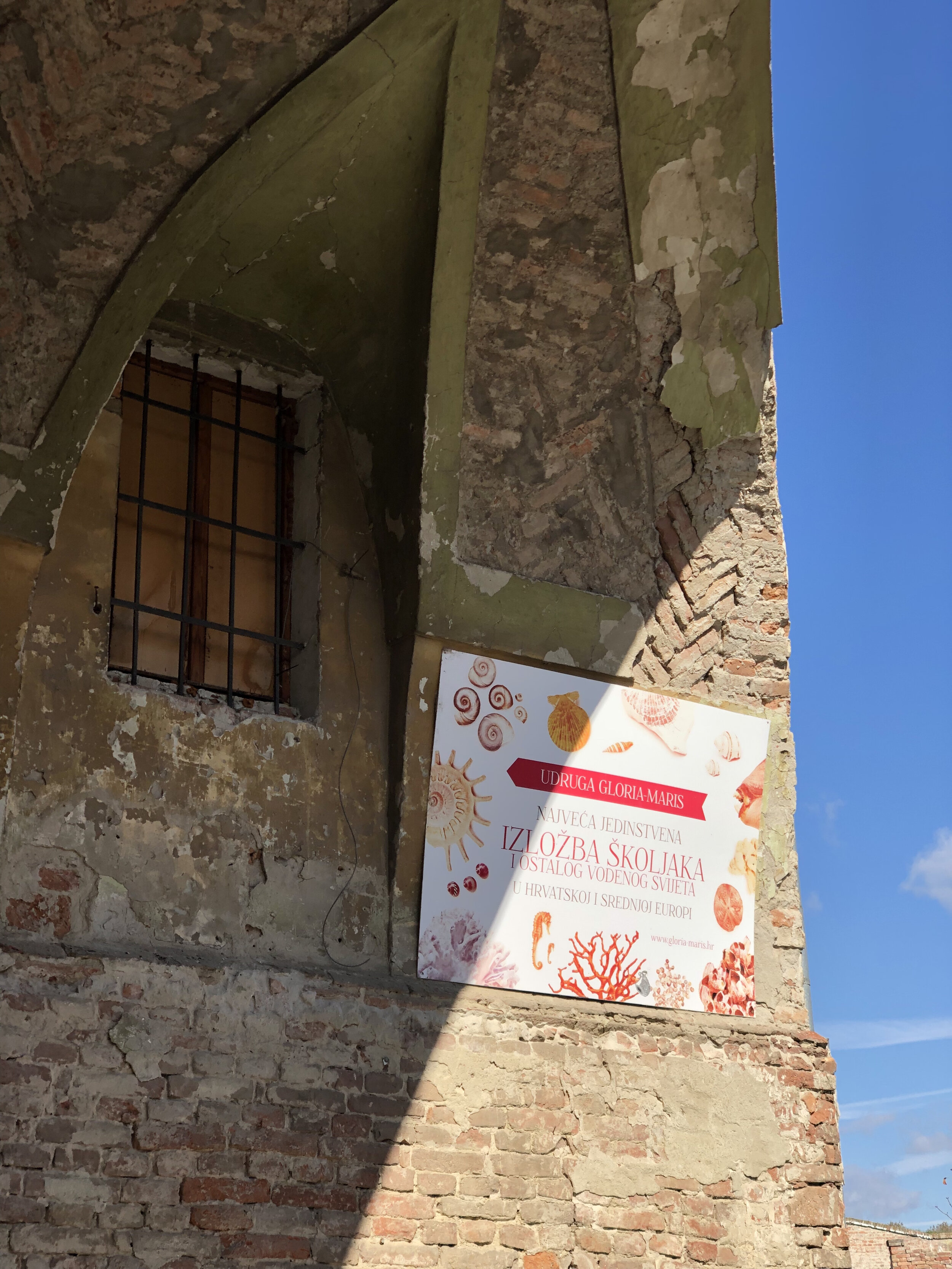
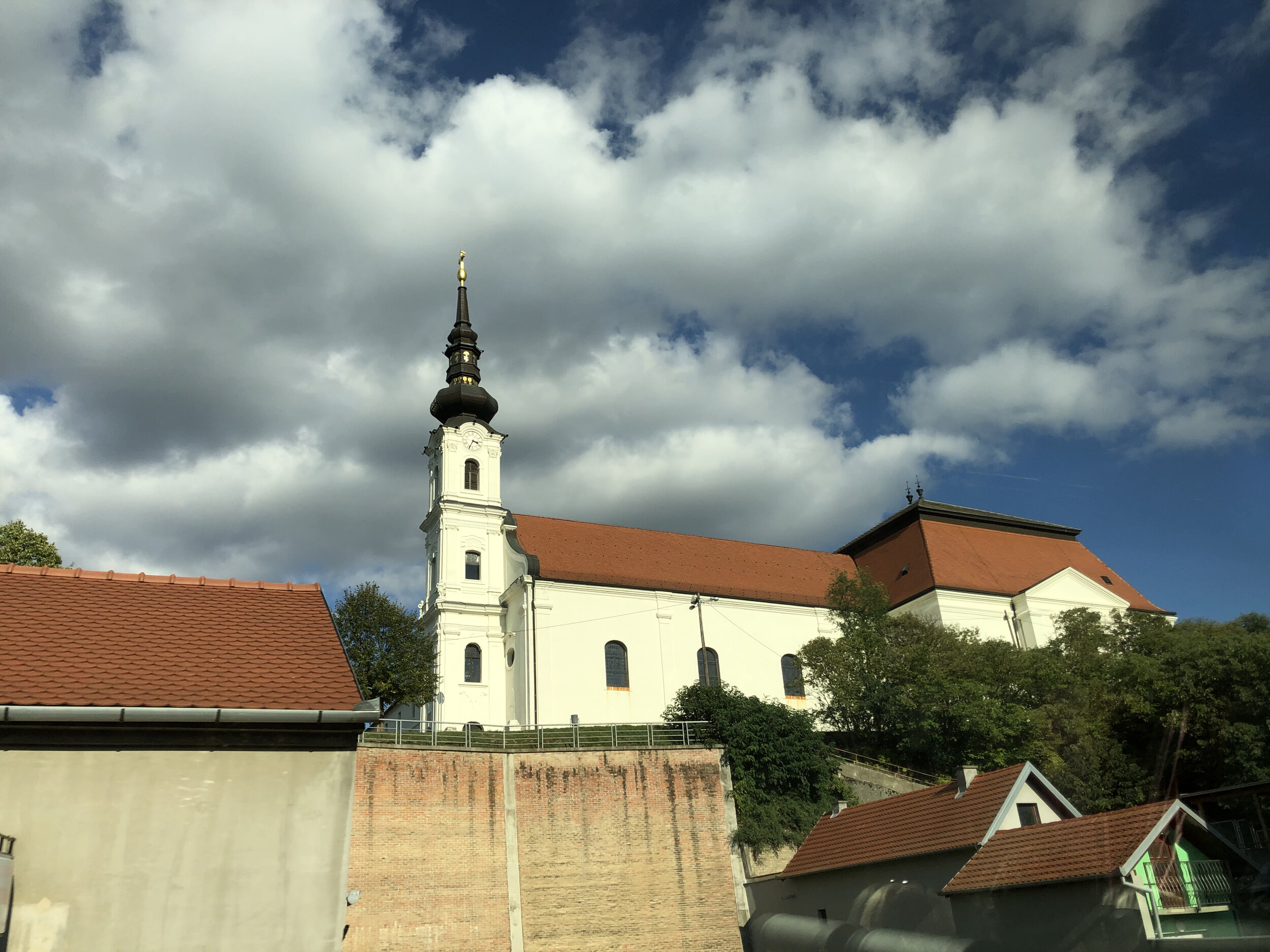
The Danube, affecting more nations than any other river in the world since it impacts 19 countries as it flows from Germany to the Black Sea, is also Europe’s only major river to flow from west to east. On its route, the river forms a natural barrier between Croatia and Serbia.
Historically, though, the barrier has not always been observed and the river offers up many history lessons from the days of German occupation, to Soviet domination, to civil unrest and discord as Croatia sought to establish its independence from Serbia as recently as the 1990’s. Bombed synagogues, bullet riddled houses, memorials, museums, and shrapnel-shaped holes in Vukovar’s water tower still bear witness to these wars and the perseverance of the Croatian people.
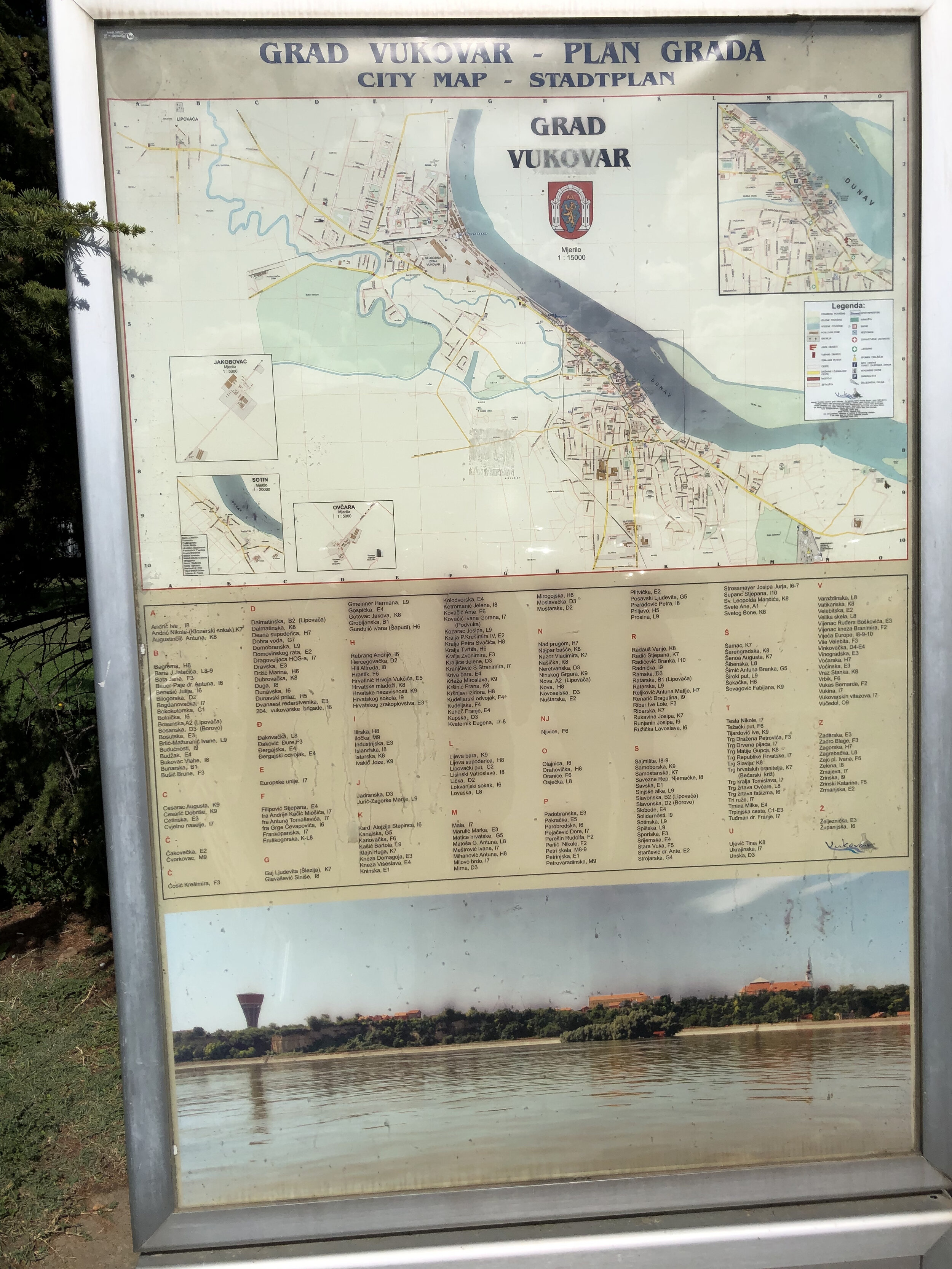
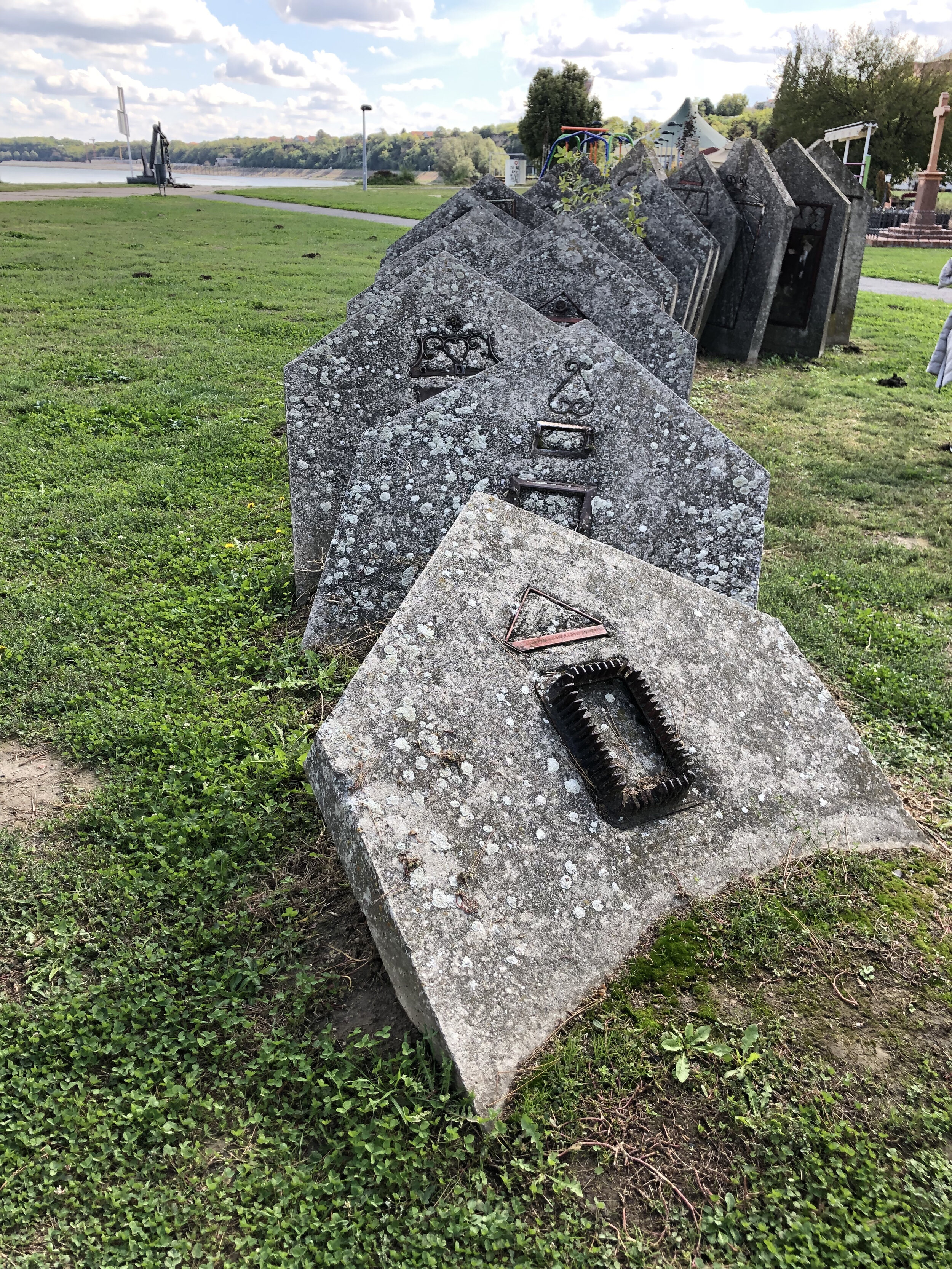

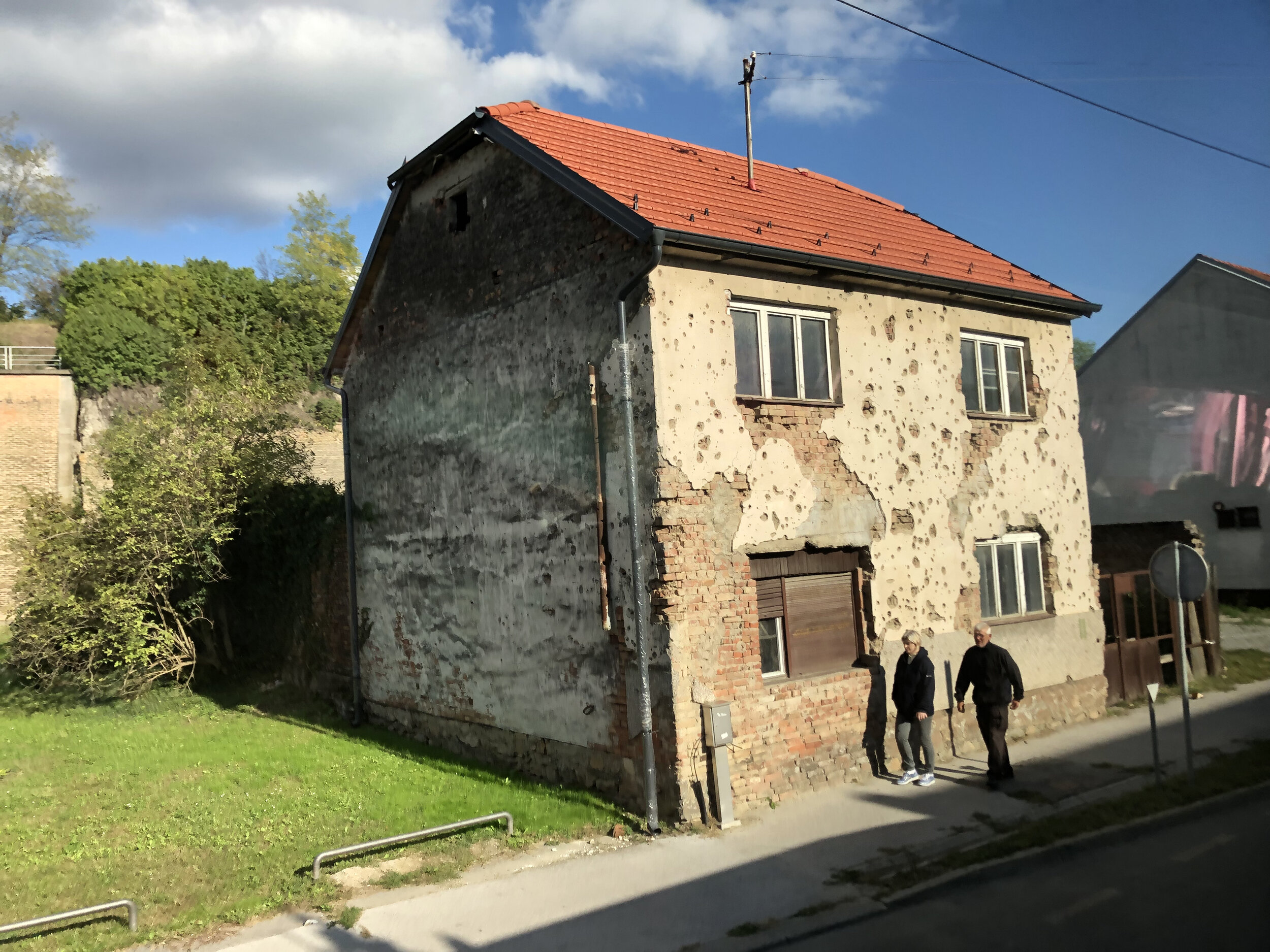

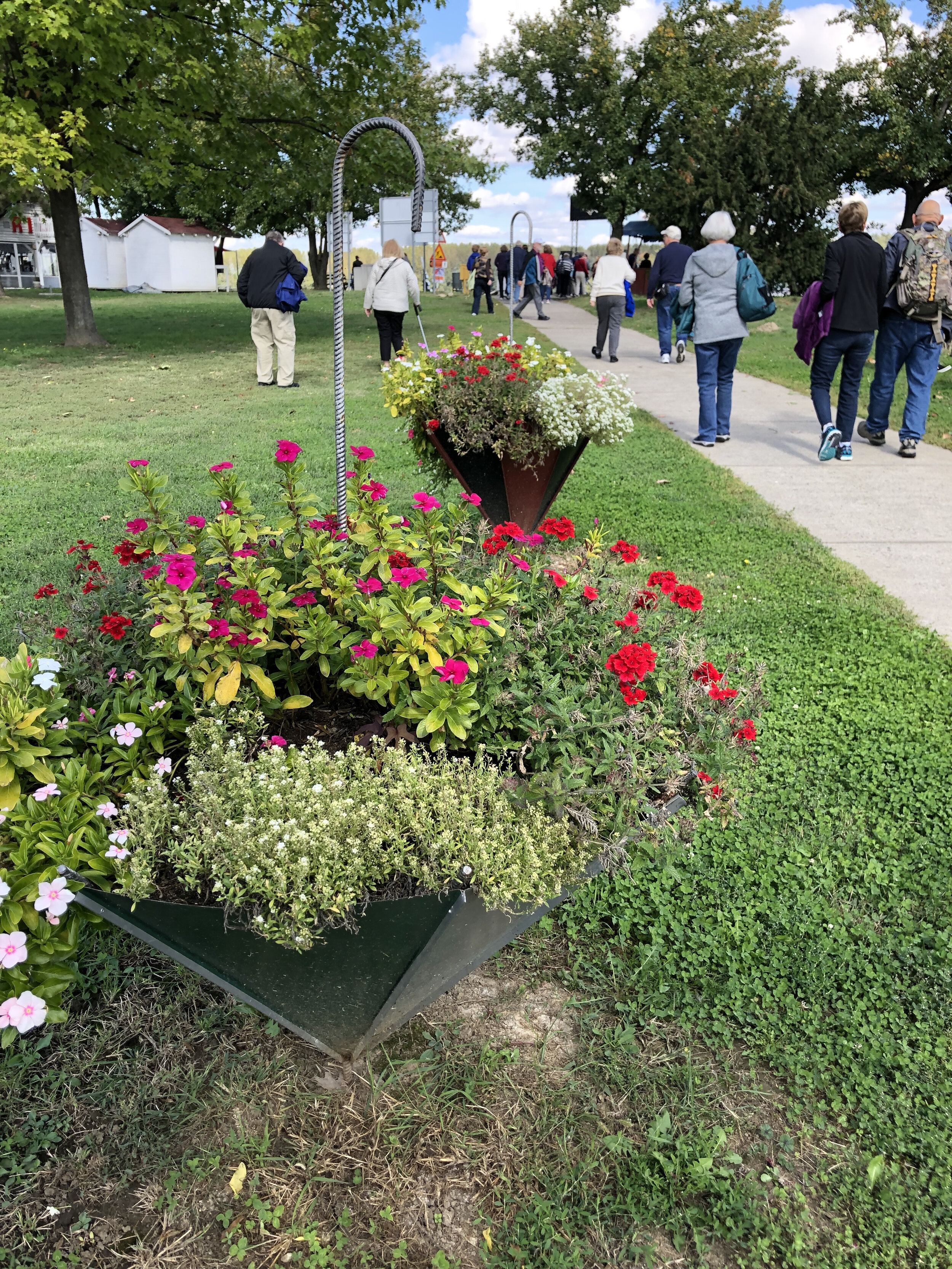

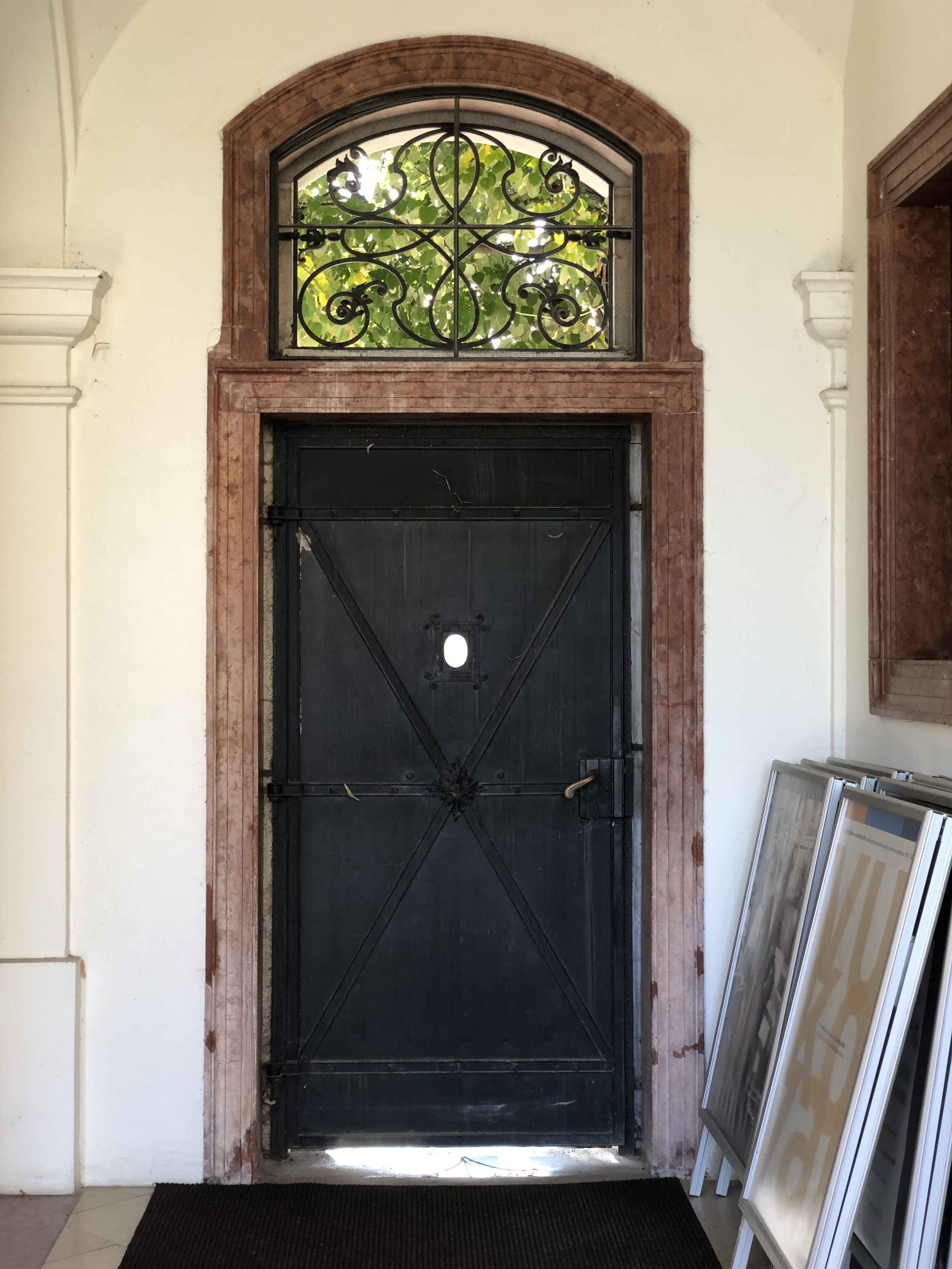
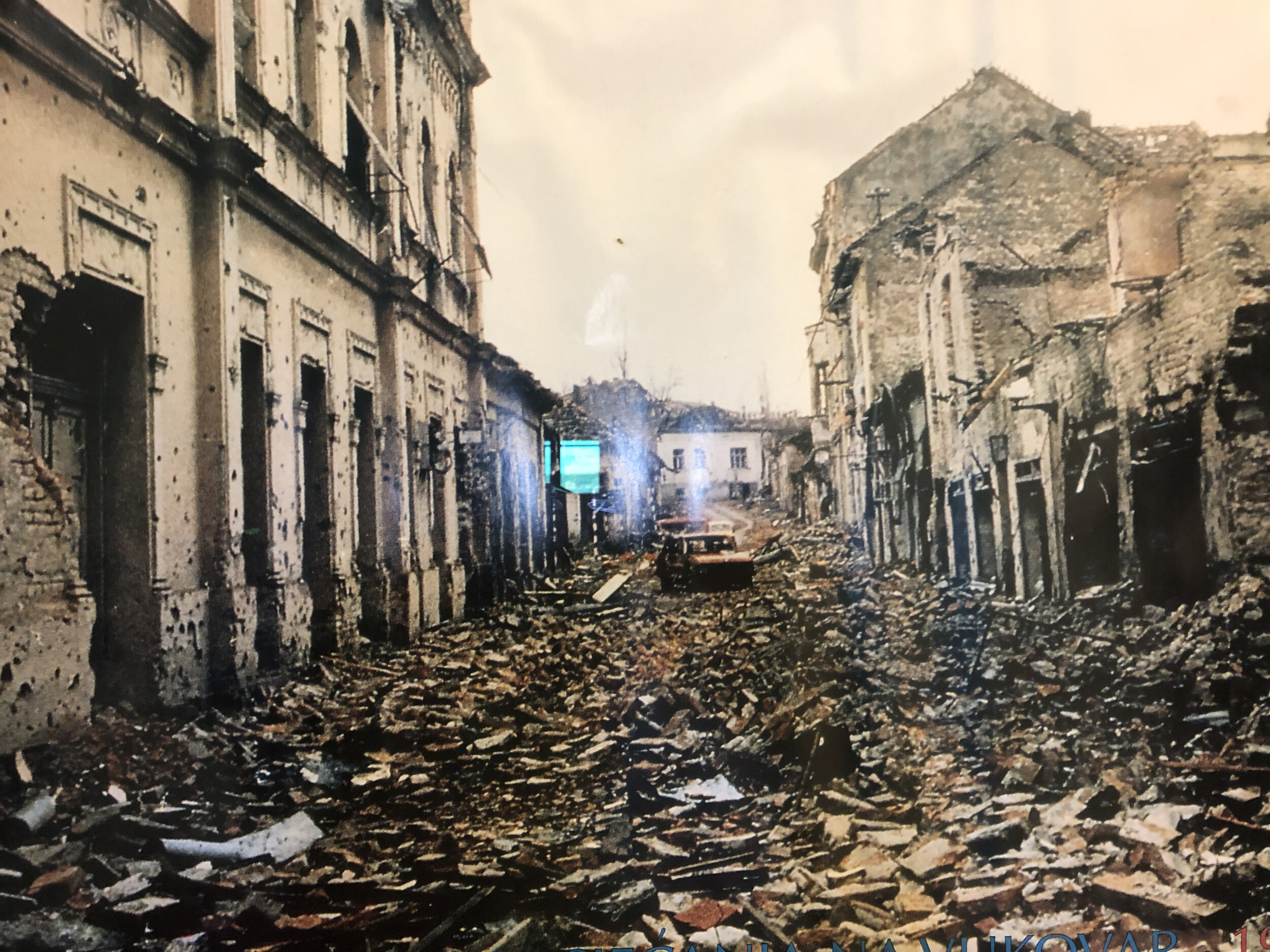
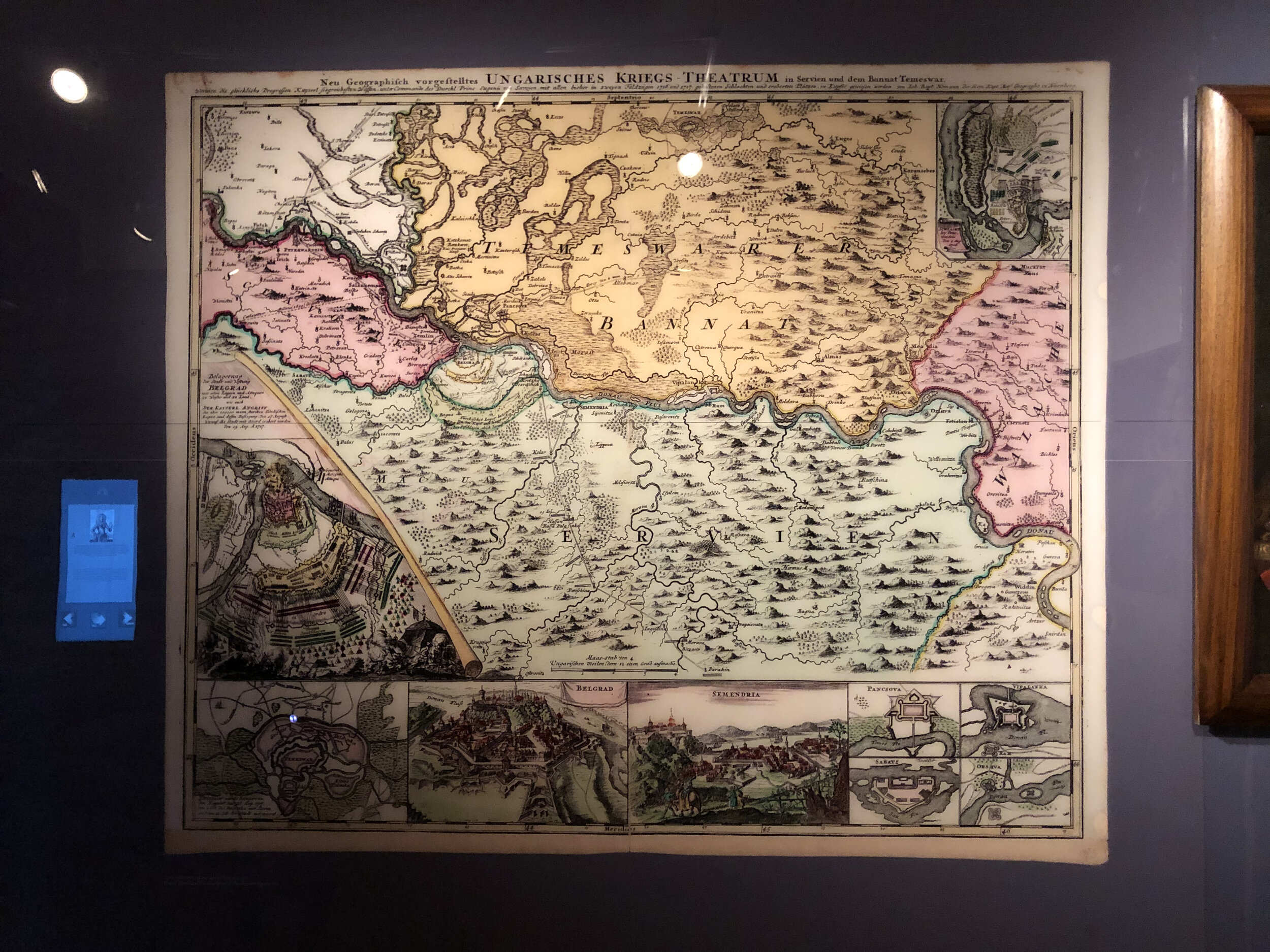
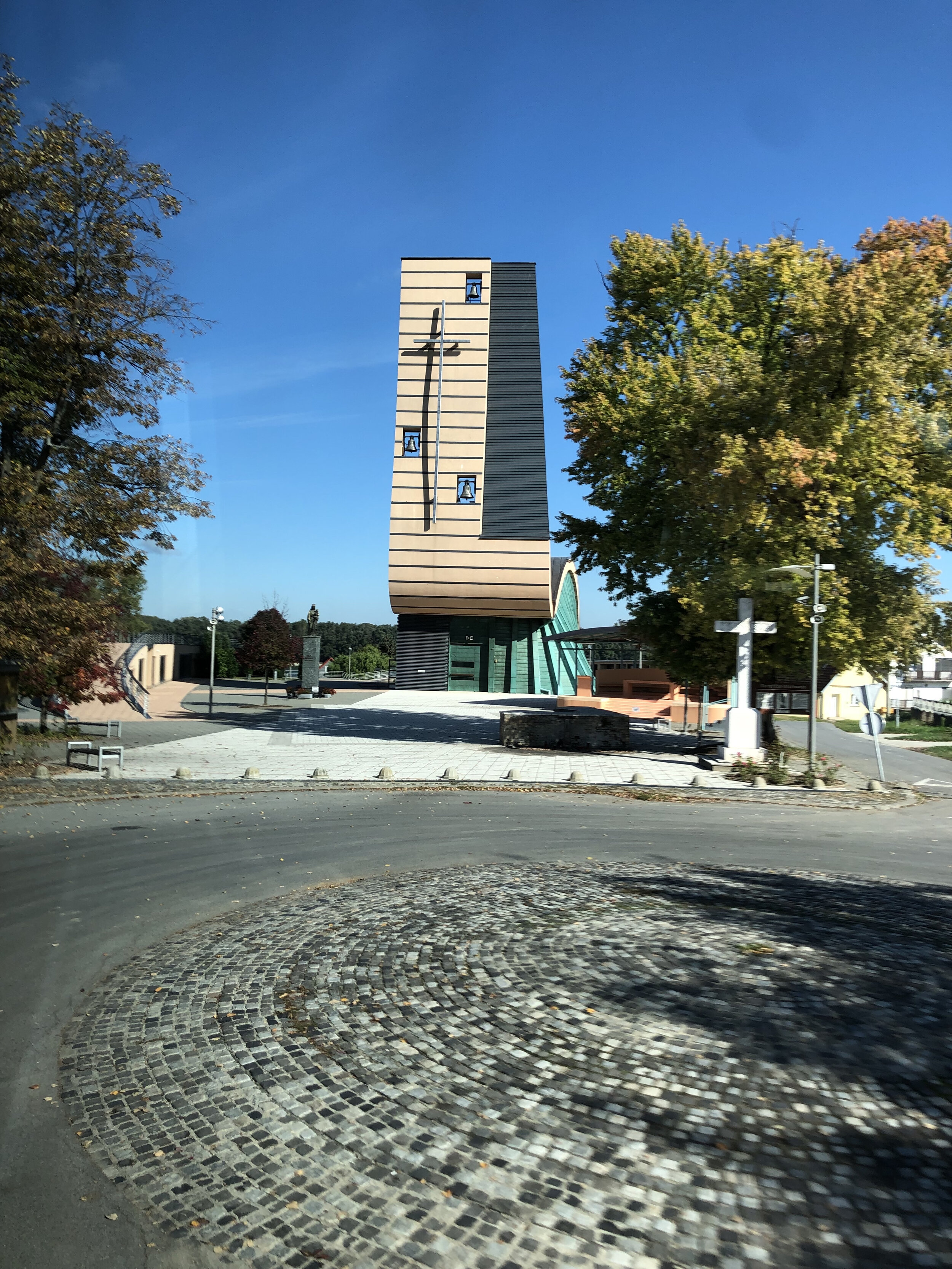
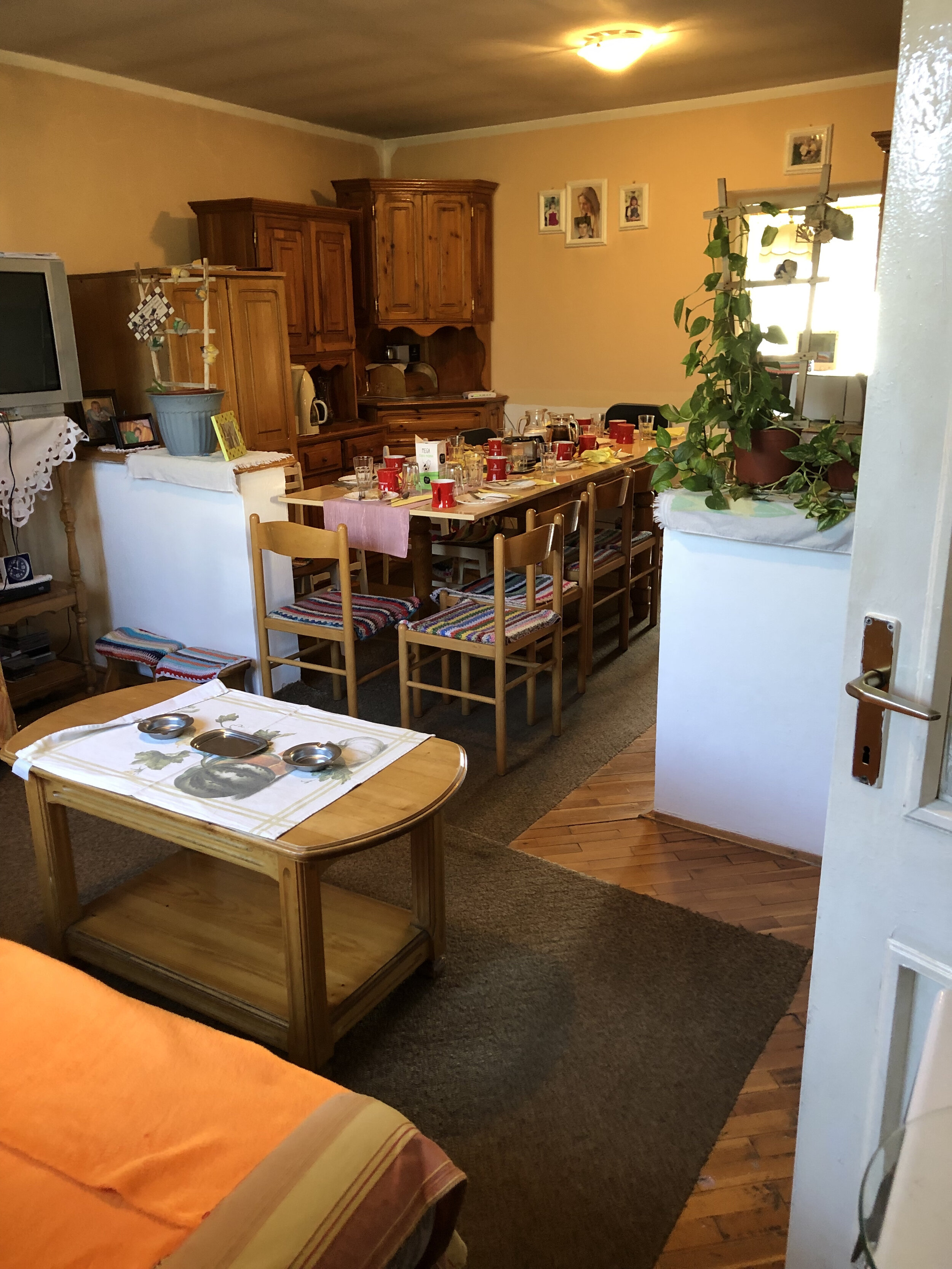
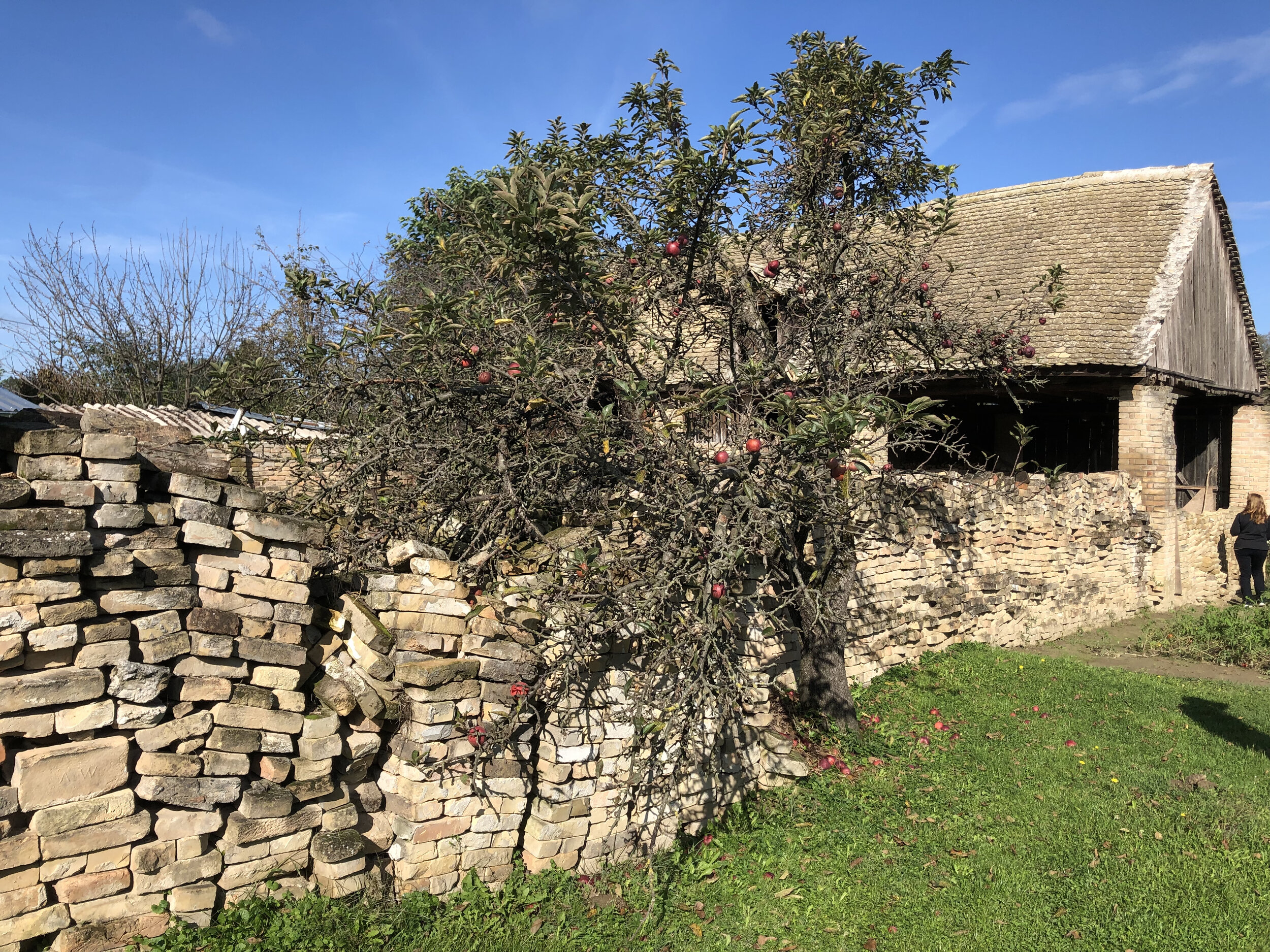
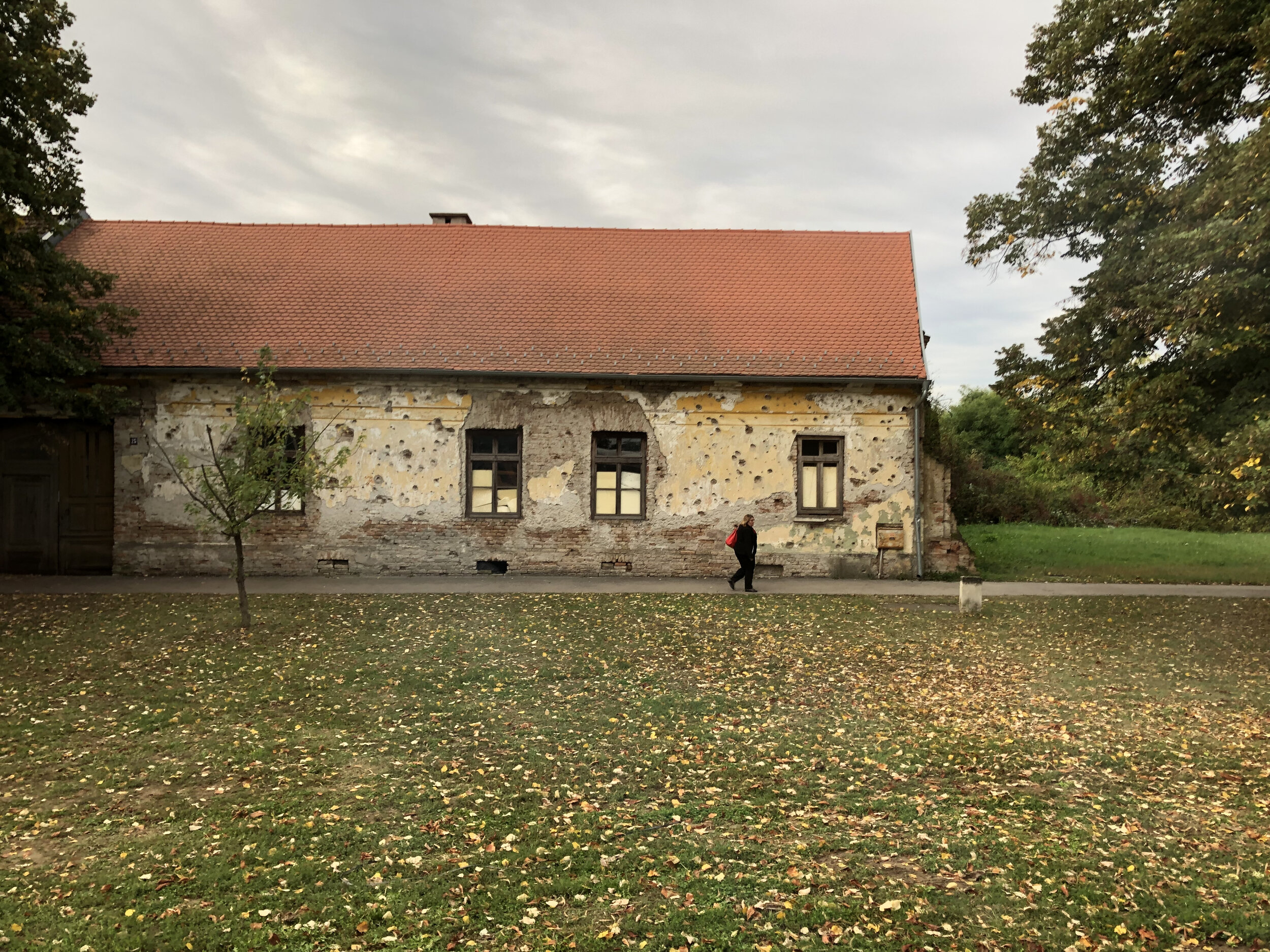

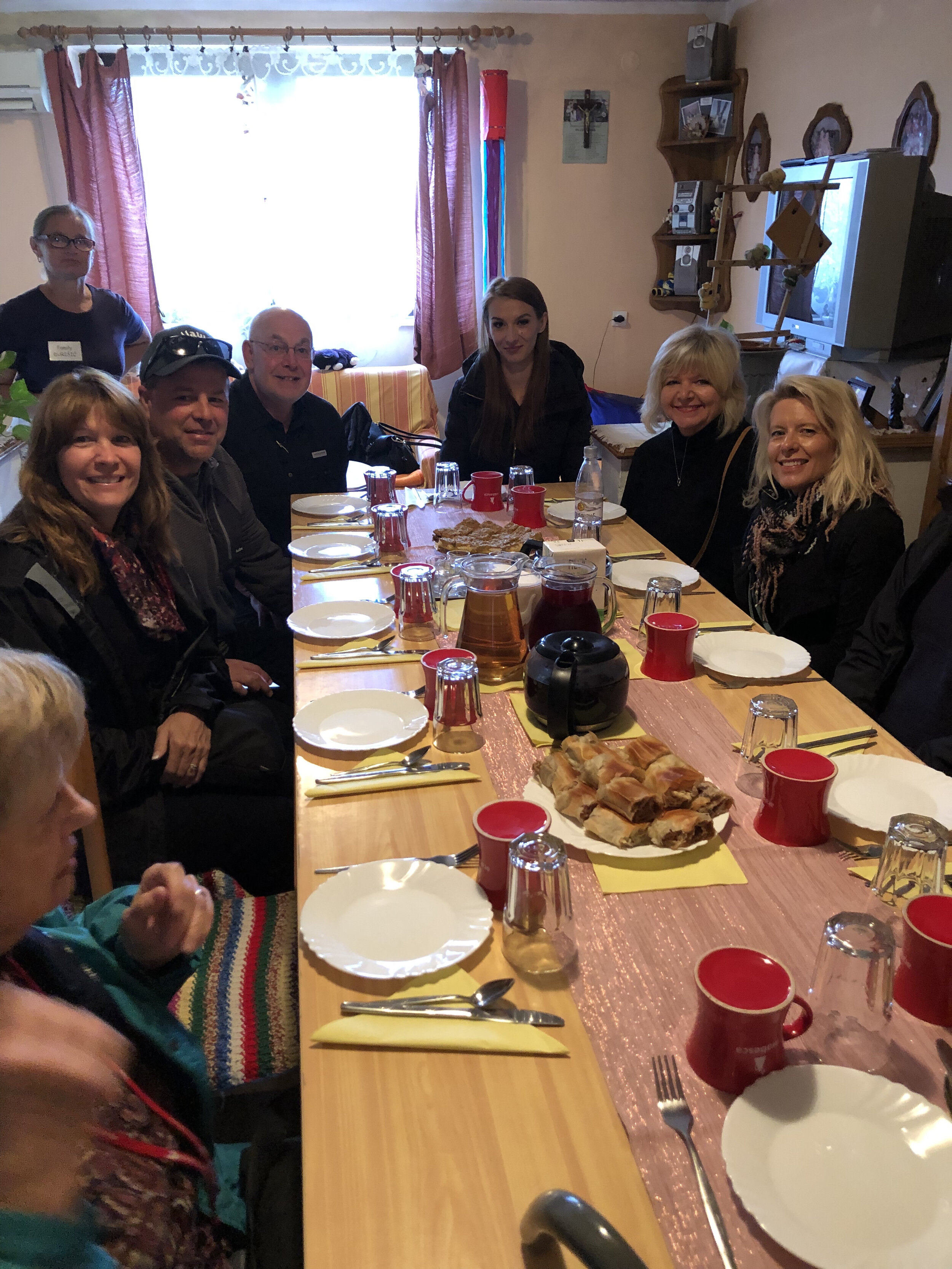
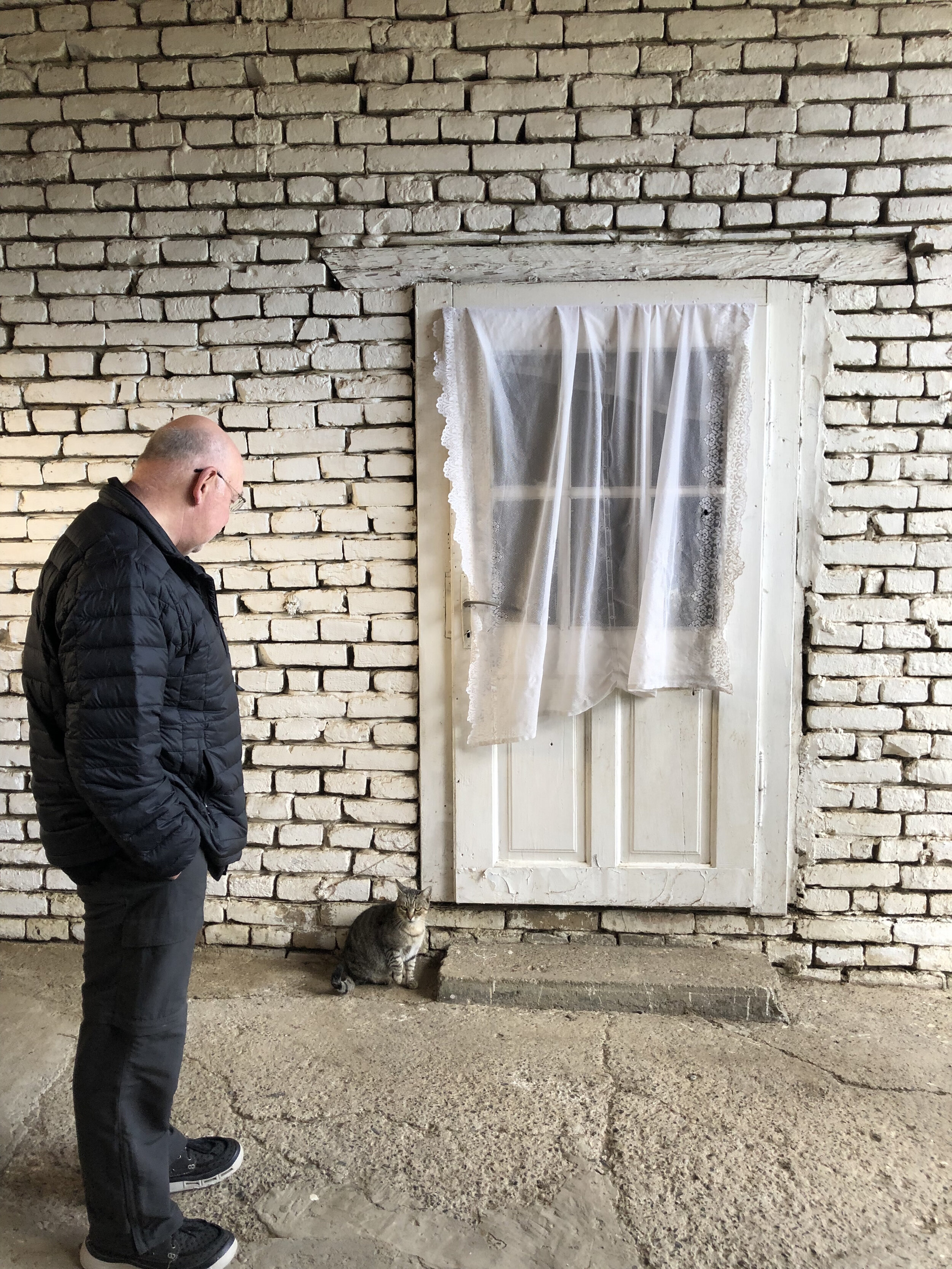
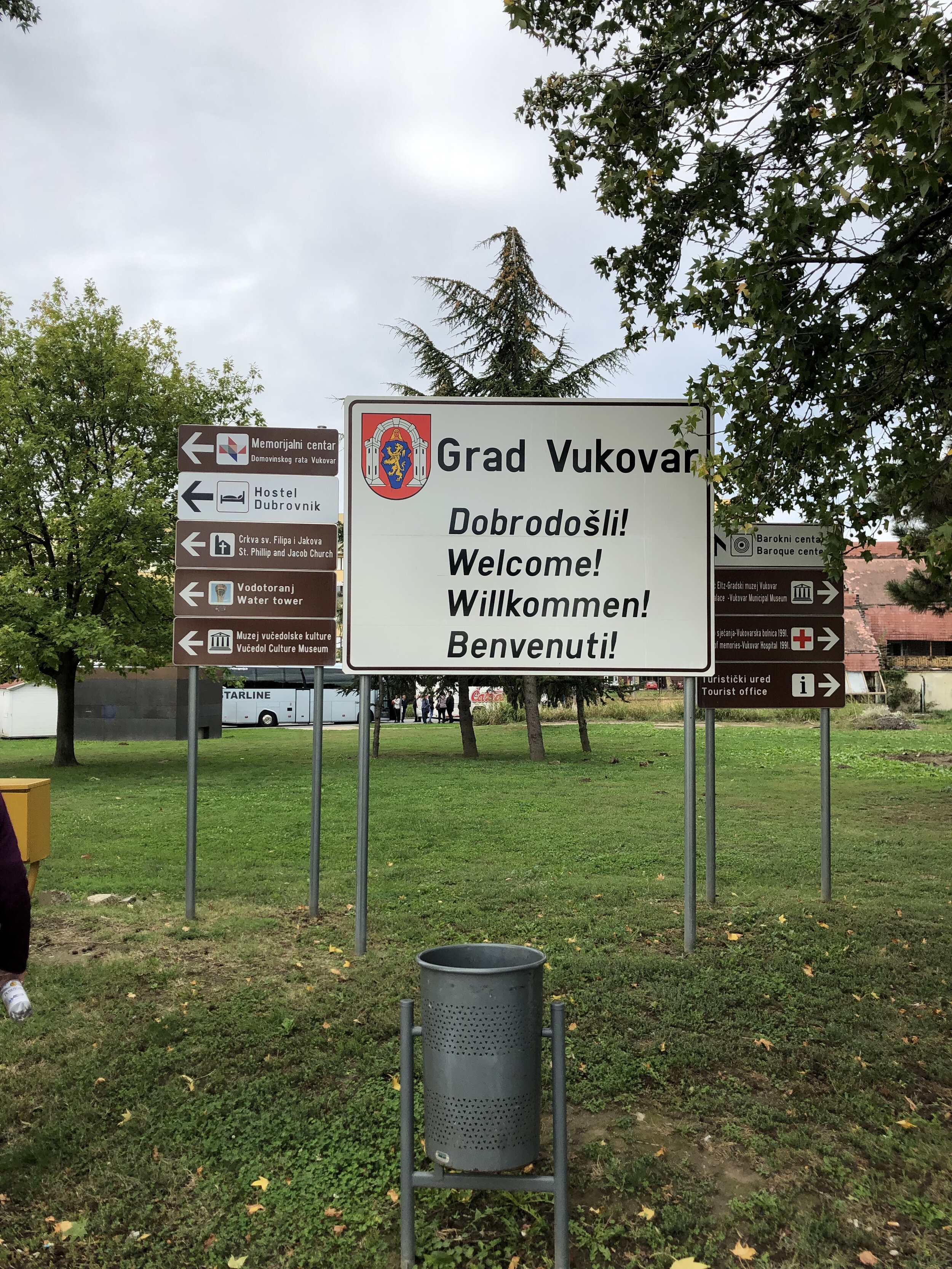

We felt privileged to spend a home visit with Mrs. Đurišić—a resident of Vukovar, who shared her story of evacuation from her house with only the clothes on her back and a small bag of belongings given only 30 minutes notice to leave—who then lived as a refugee in exile for 8 years before she could return home. After years of hardship, she found her home stripped of its valuable building supplies, including roof tiles, appliances, and water pipes. By sharing food and conversation at her dining room table with us, her life story is a testament to our ability as human’s to rebuild, forgive and move on in life.

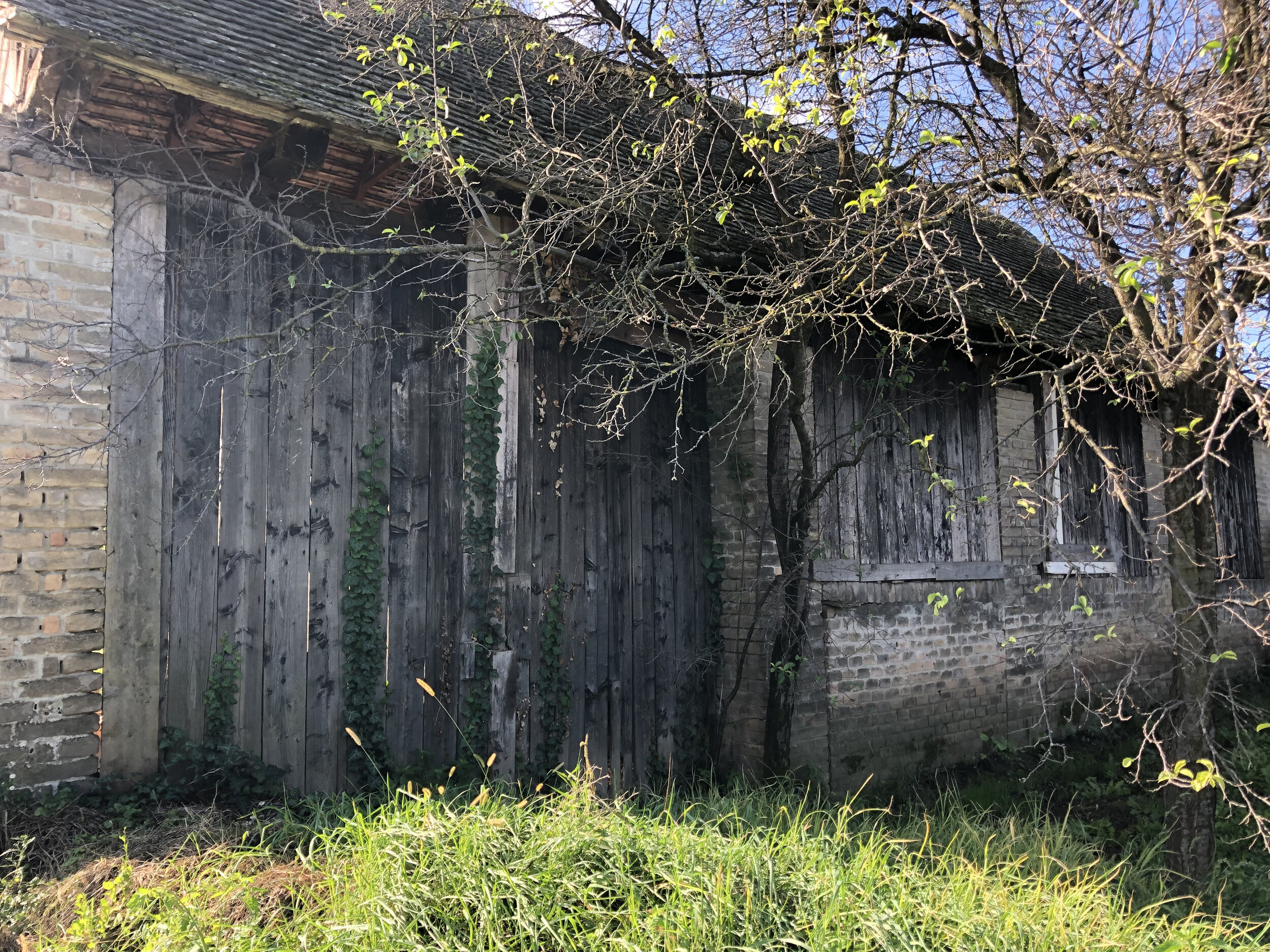
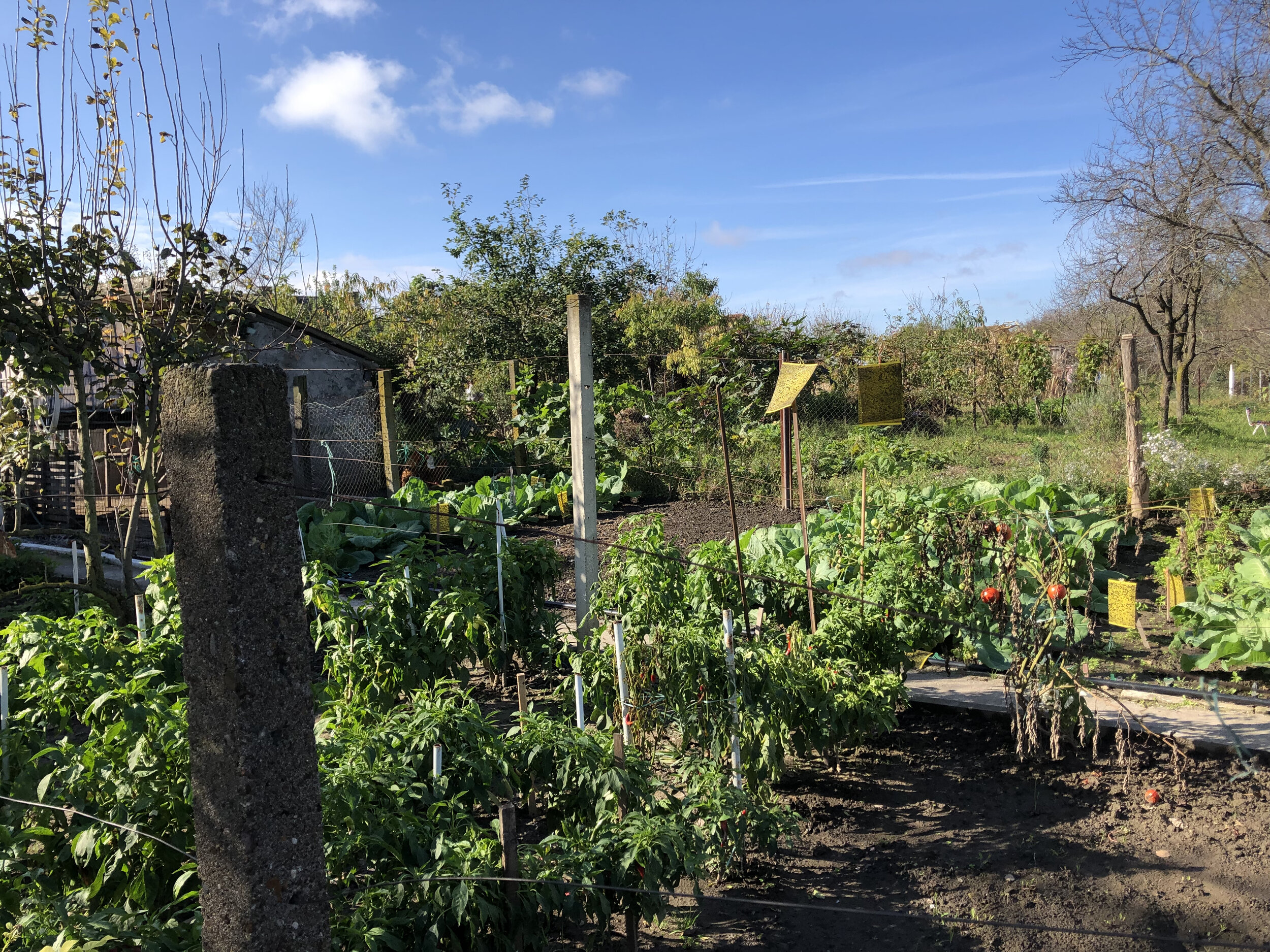
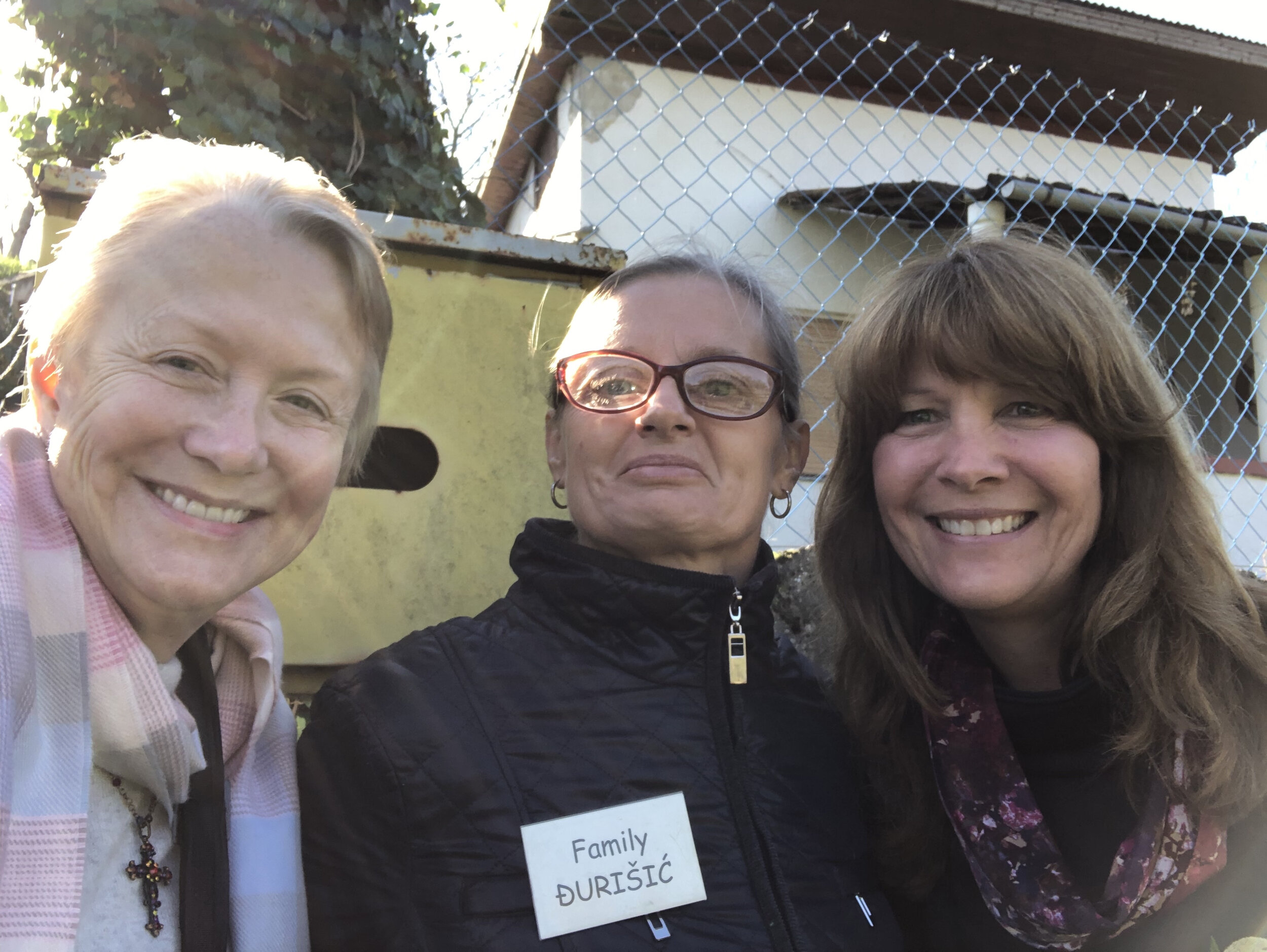
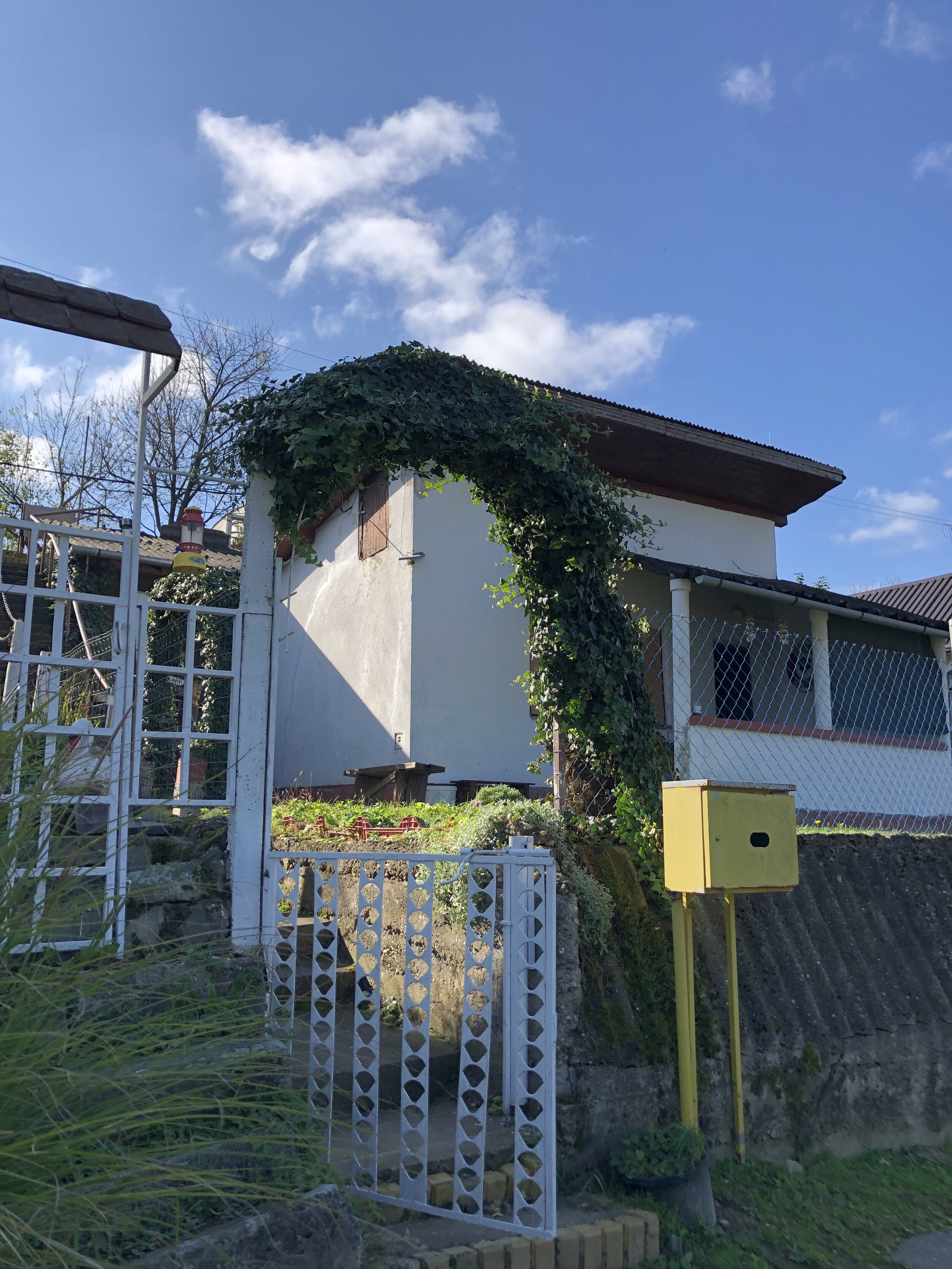
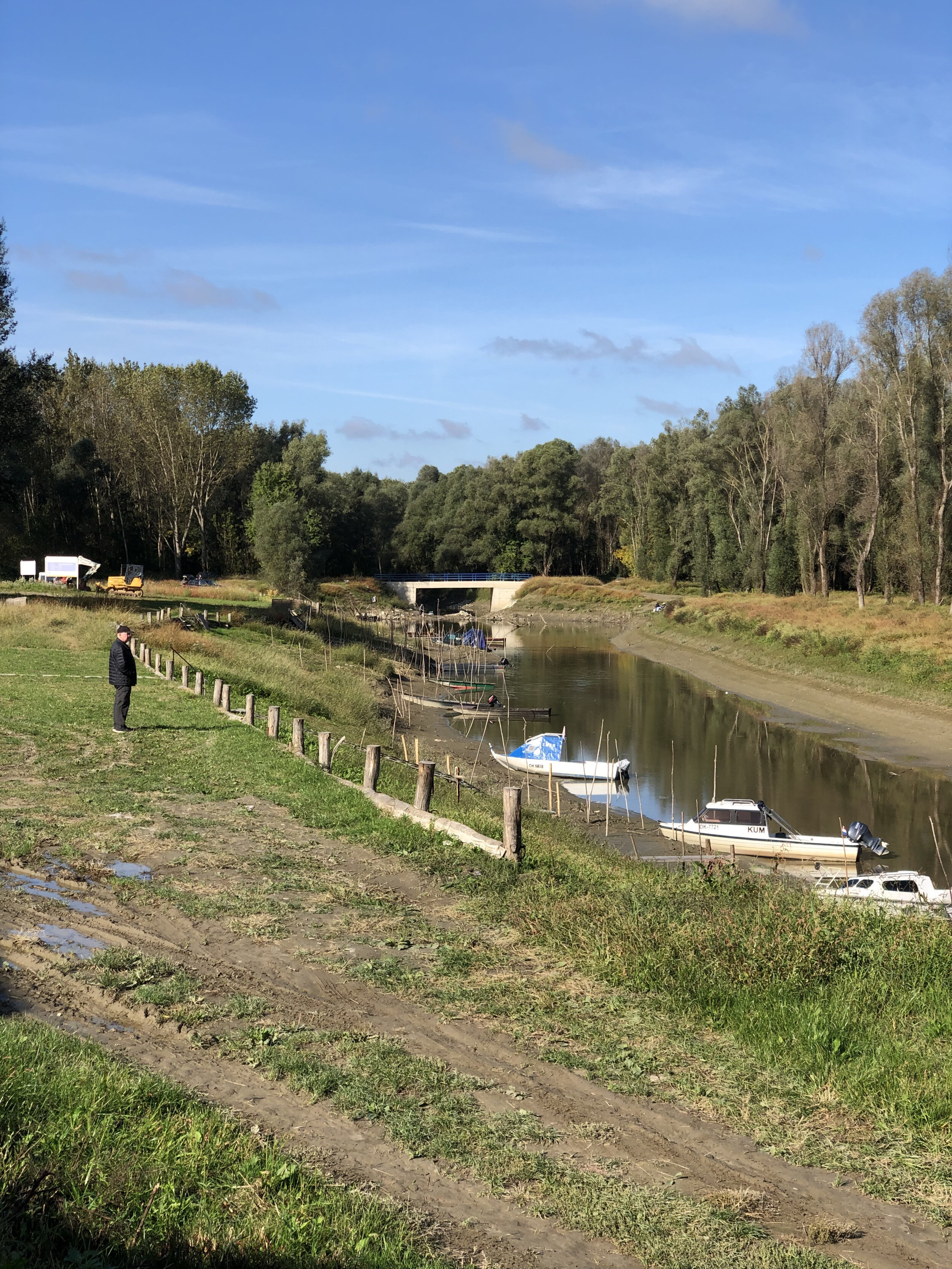



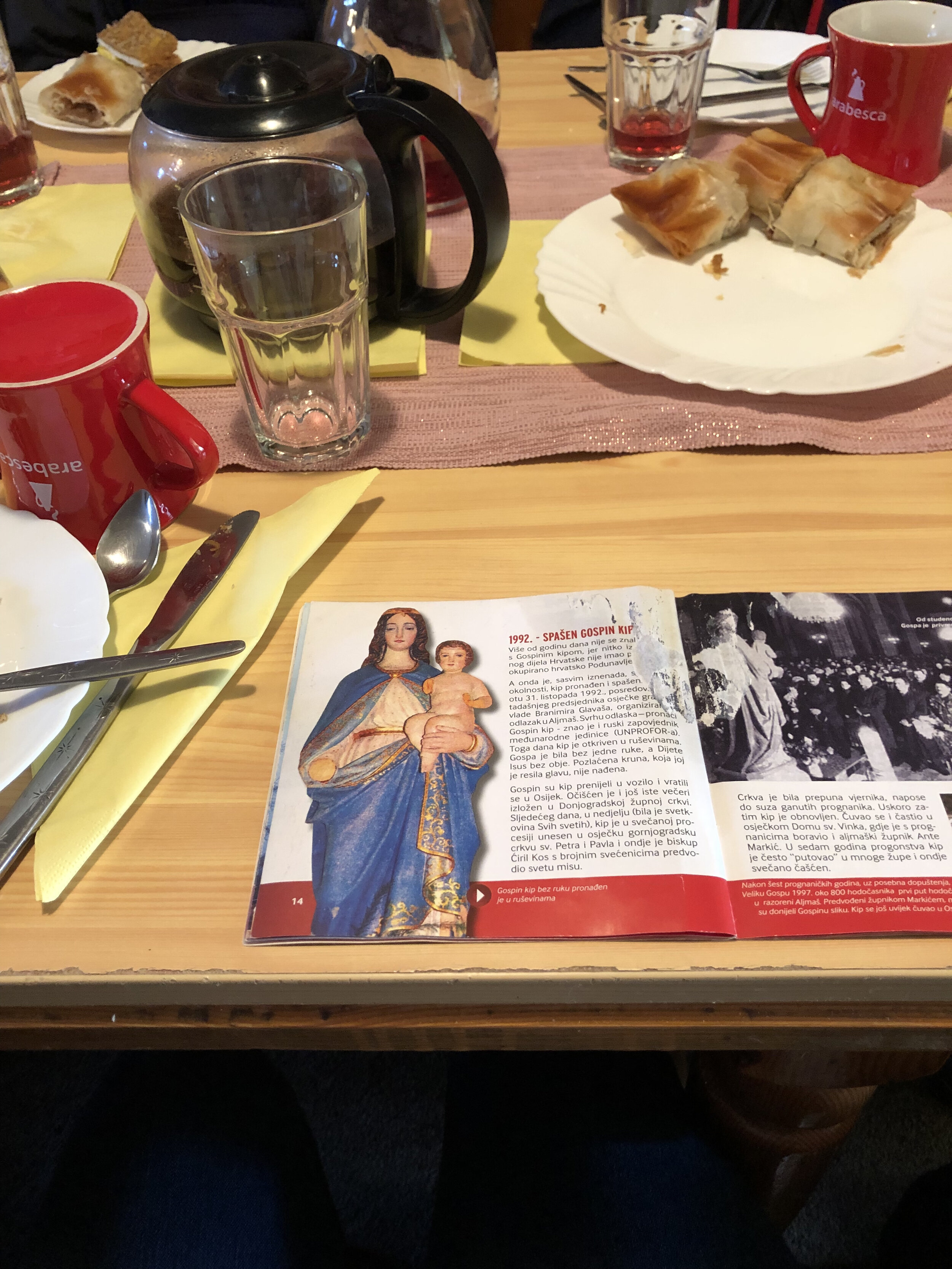
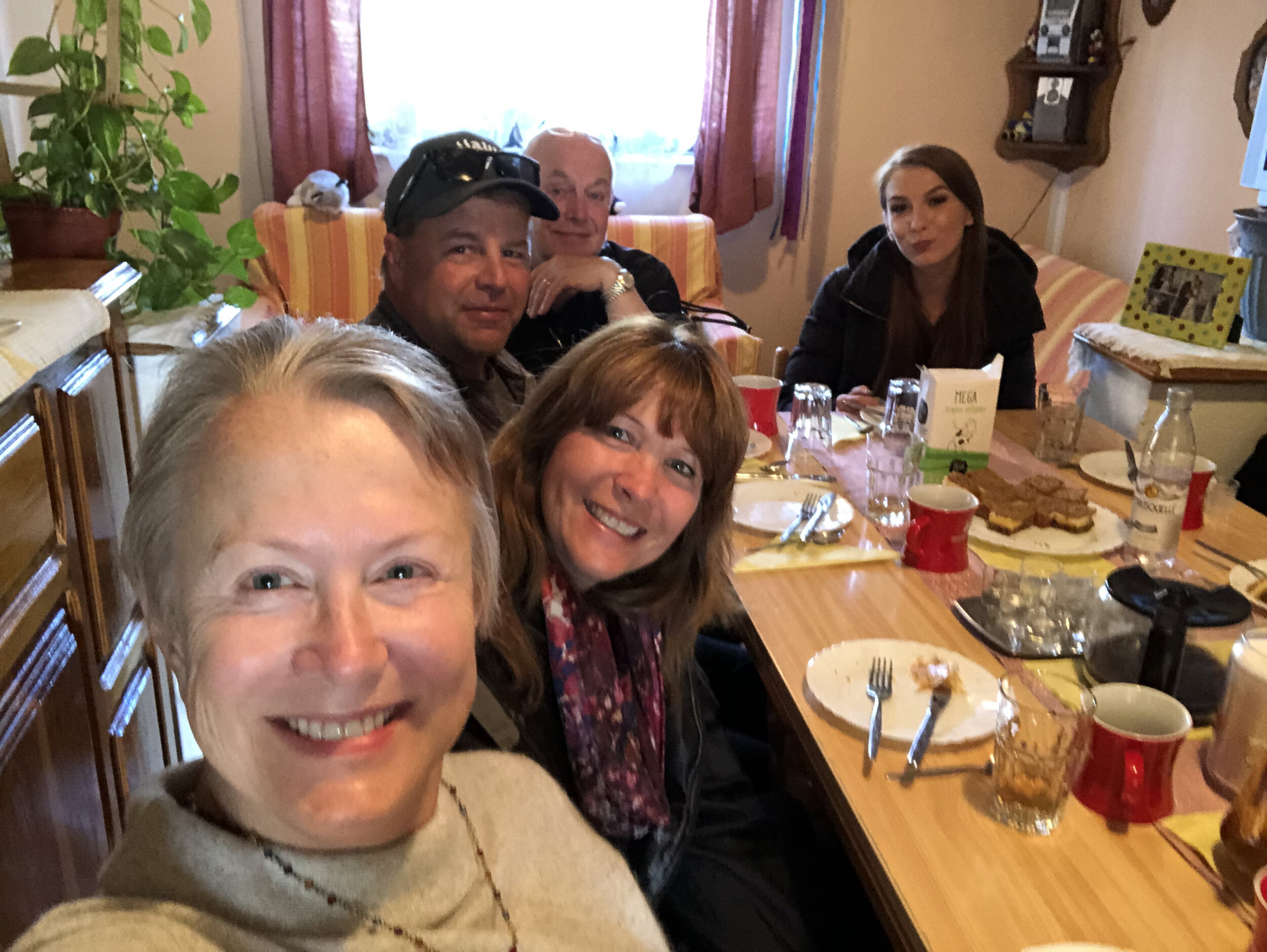



From Vukovar, we travelled northwest to the city of Osijek. An ancient town, once under the protection of Rome, it is Croatia’s 4th largest city with a population of a little over 100,000. It’s cobblestone streets lead to markets, bars, houses and churches, with the Cathedral of St. Peter and St. Paul (Crkva svetog Petra i Pavla) located at its perimeter. This neo-Gothic structure, constructed in 1898, and heavily damaged during the Croatian War of Independence in the 1990’s, has been largely rebuilt and now serves over 3,000 parishioners in this predominately Roman Catholic area.
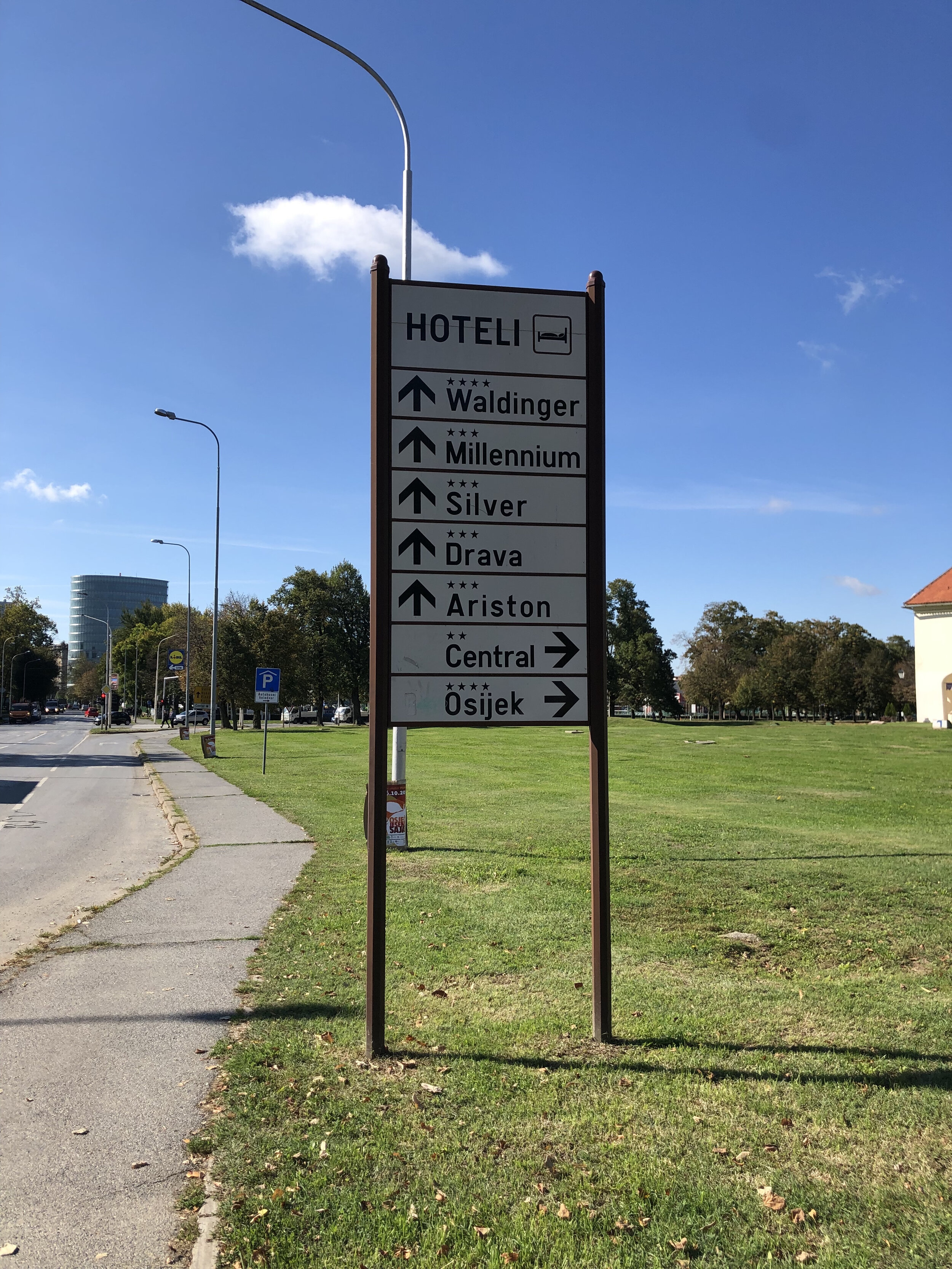
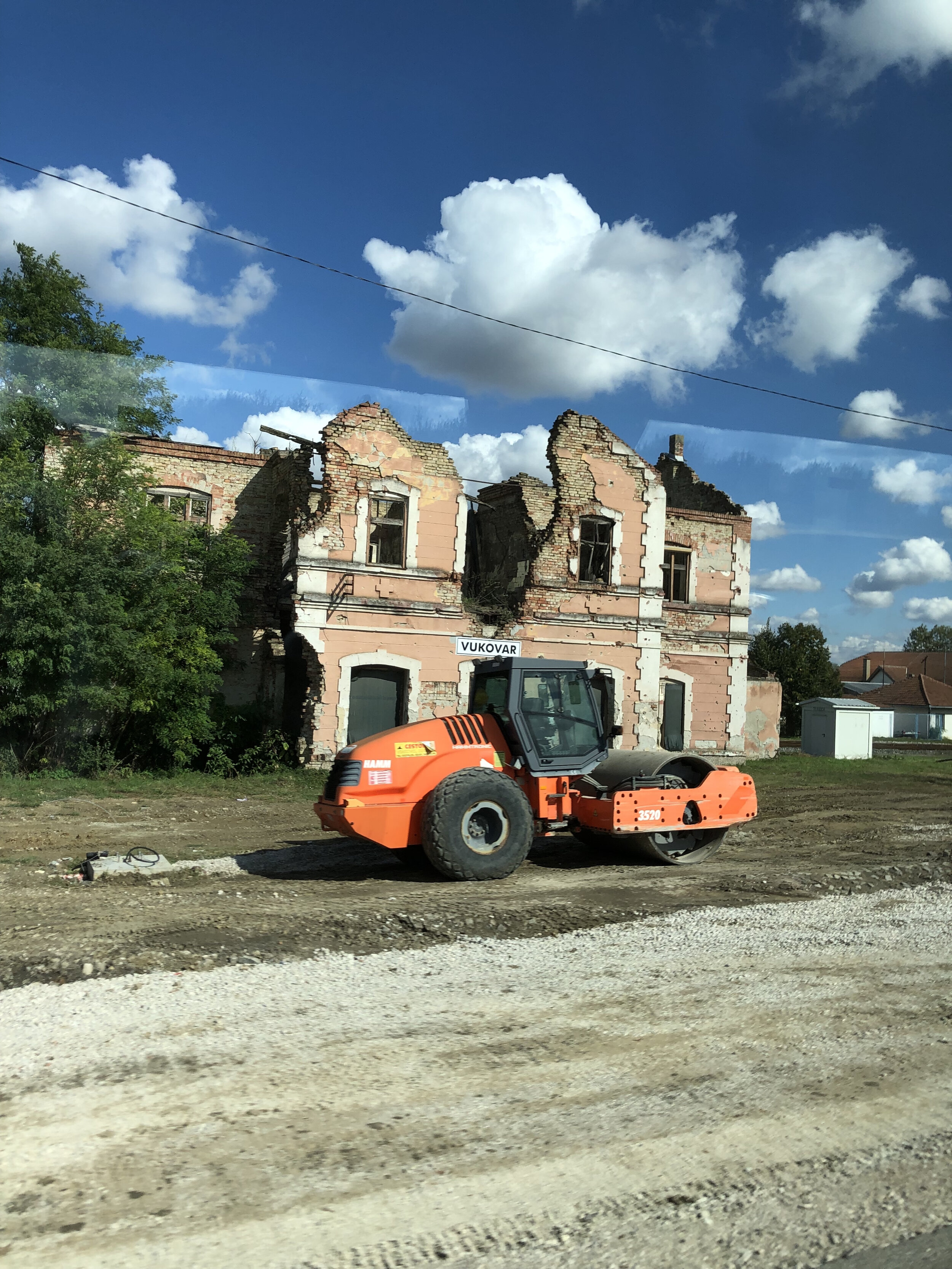
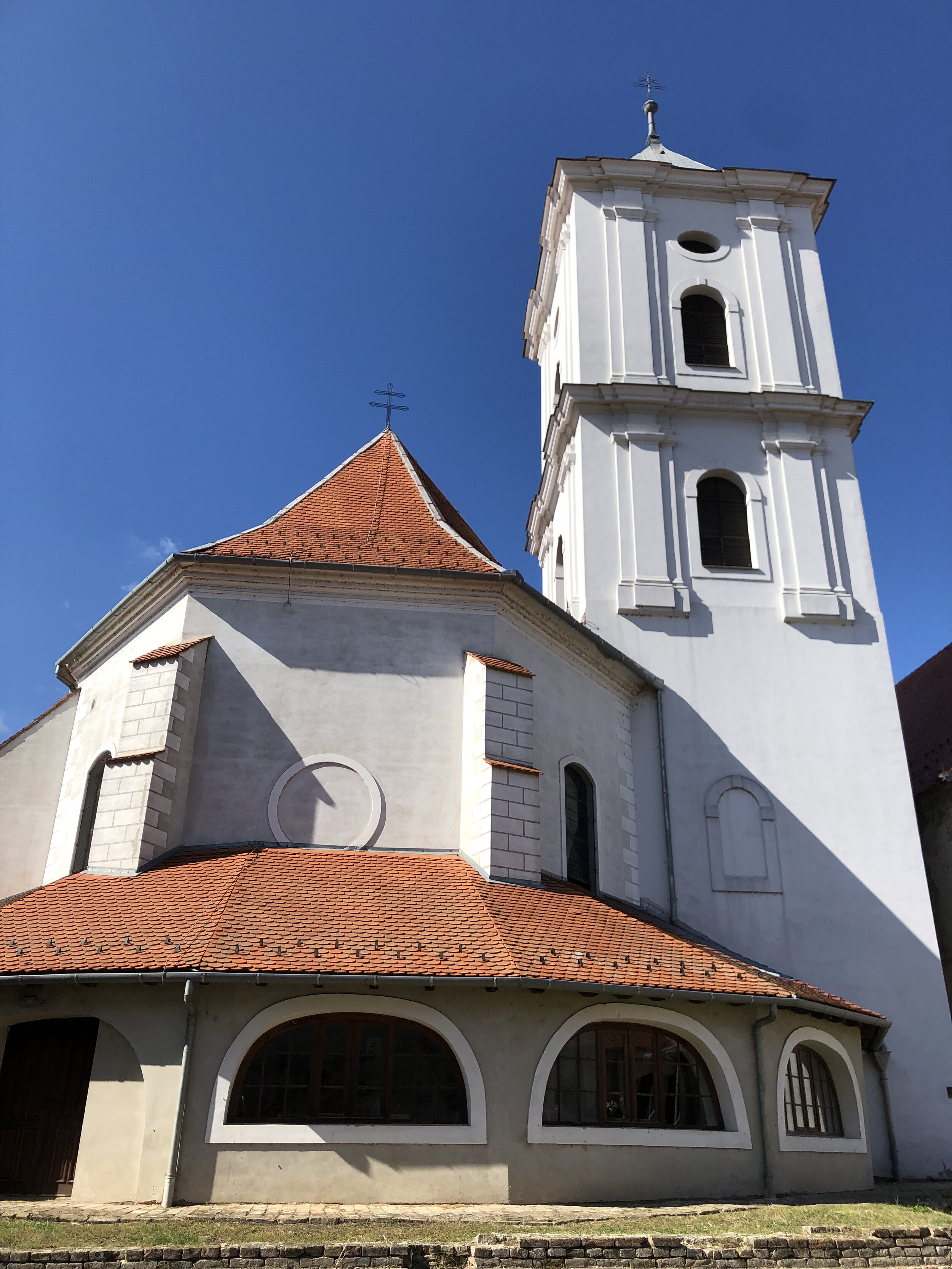
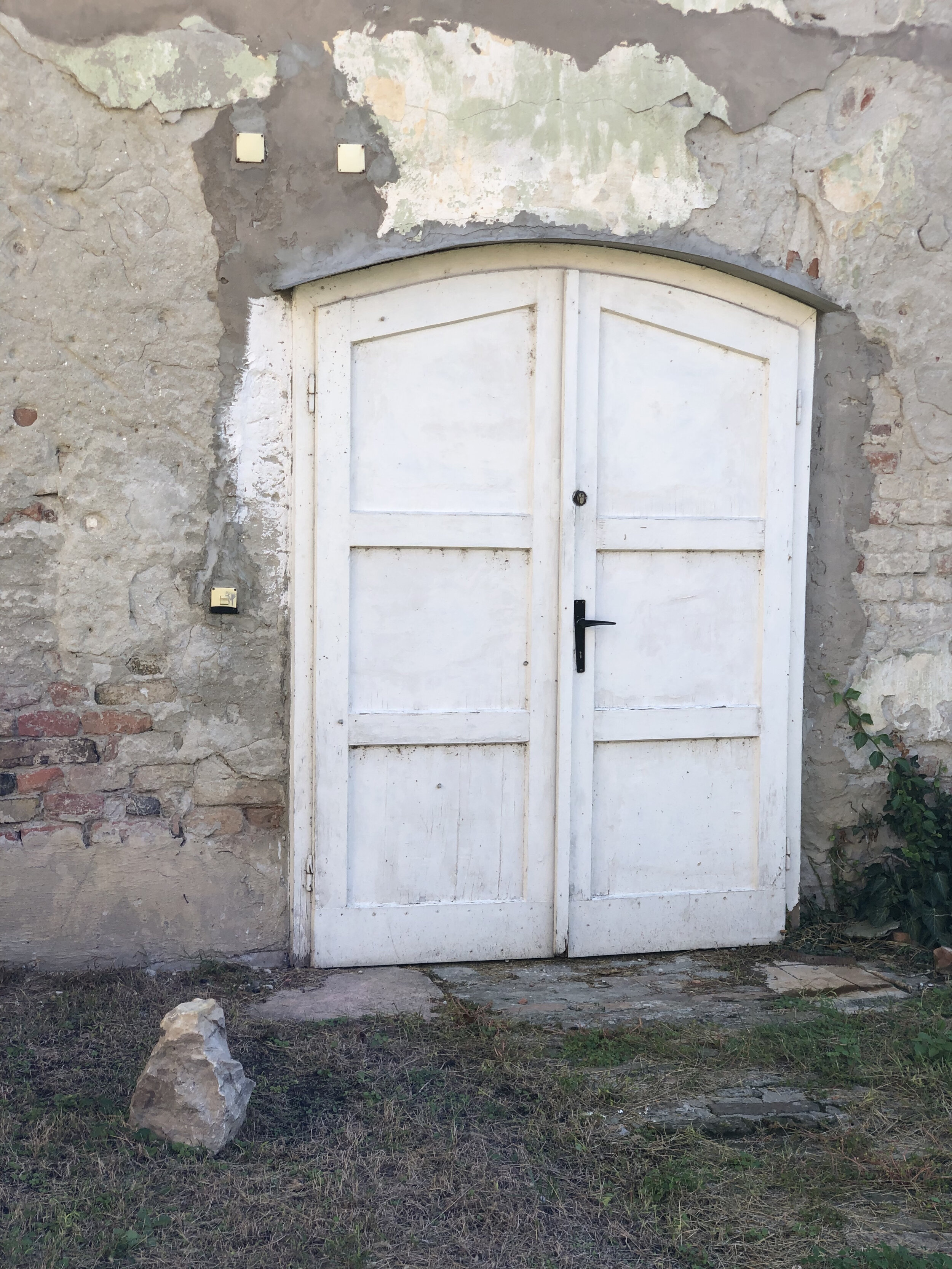
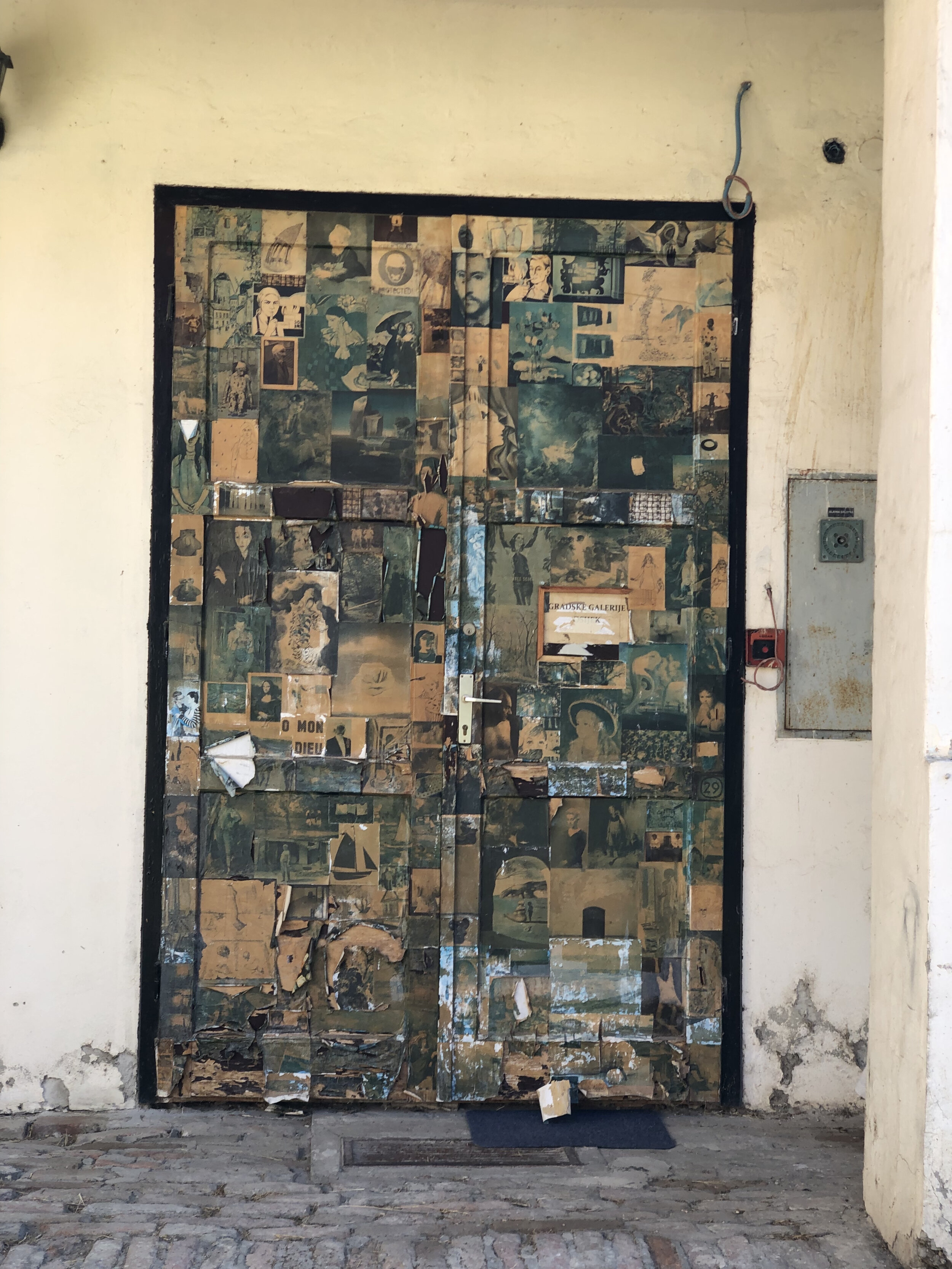
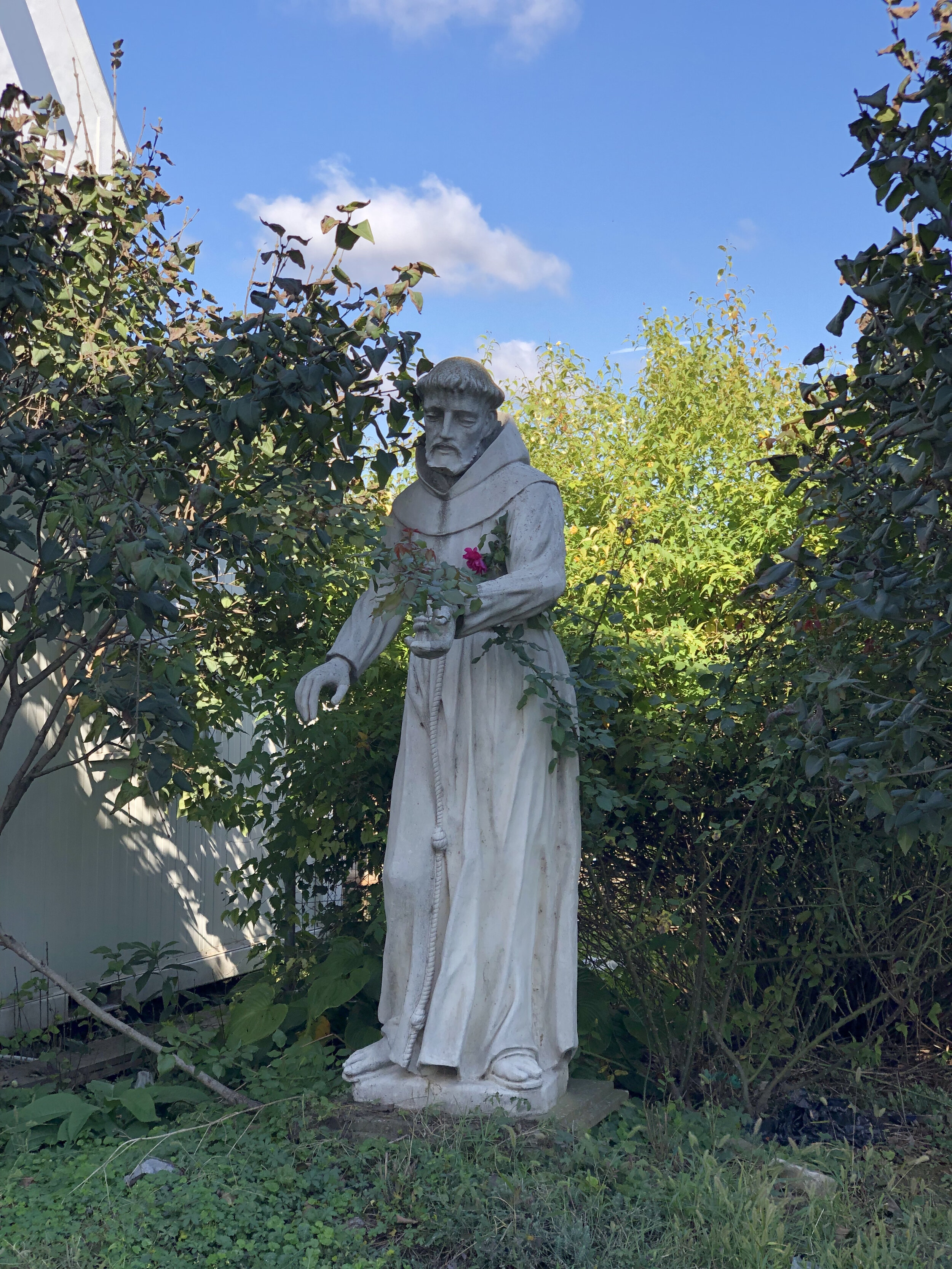
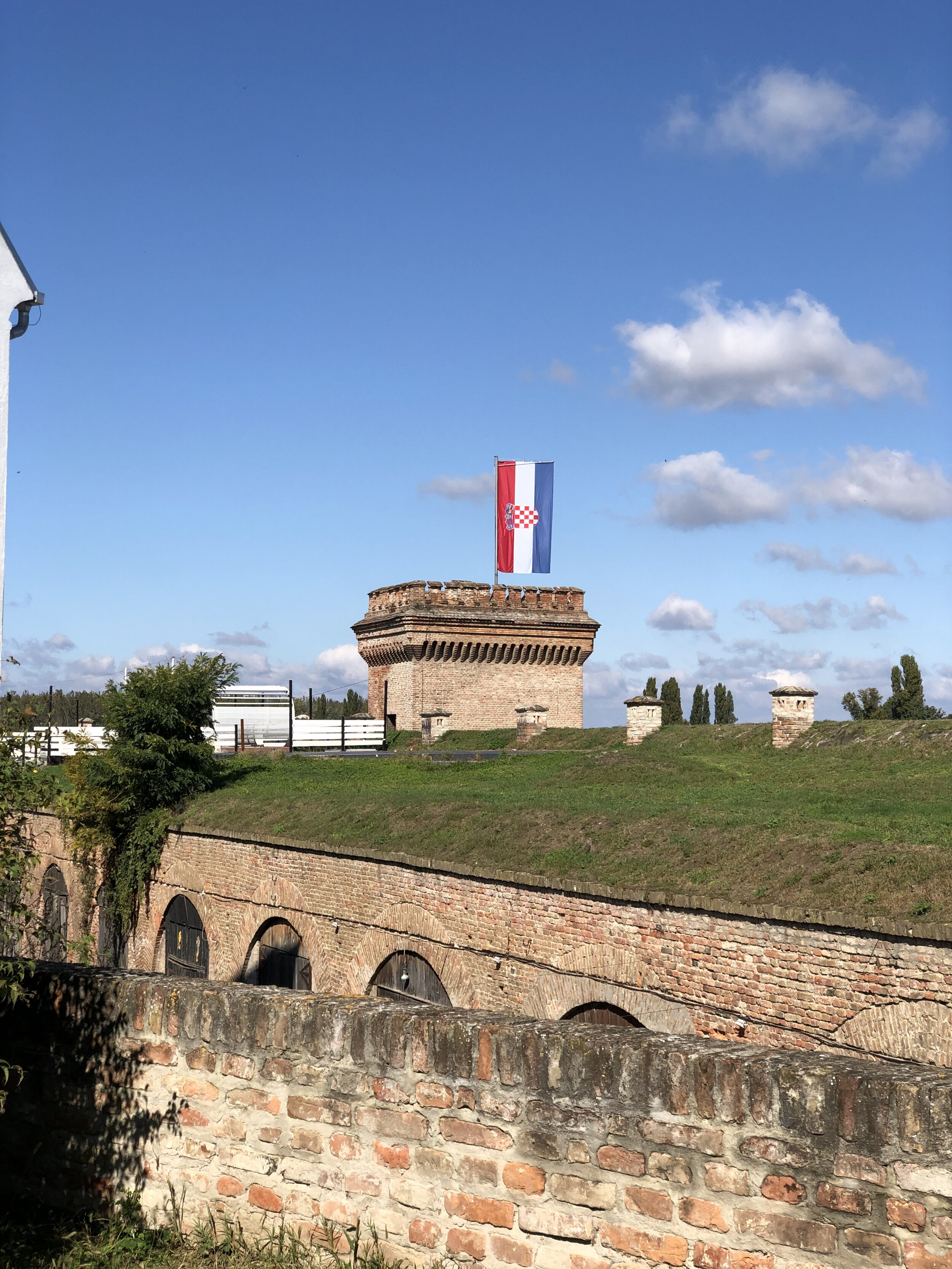

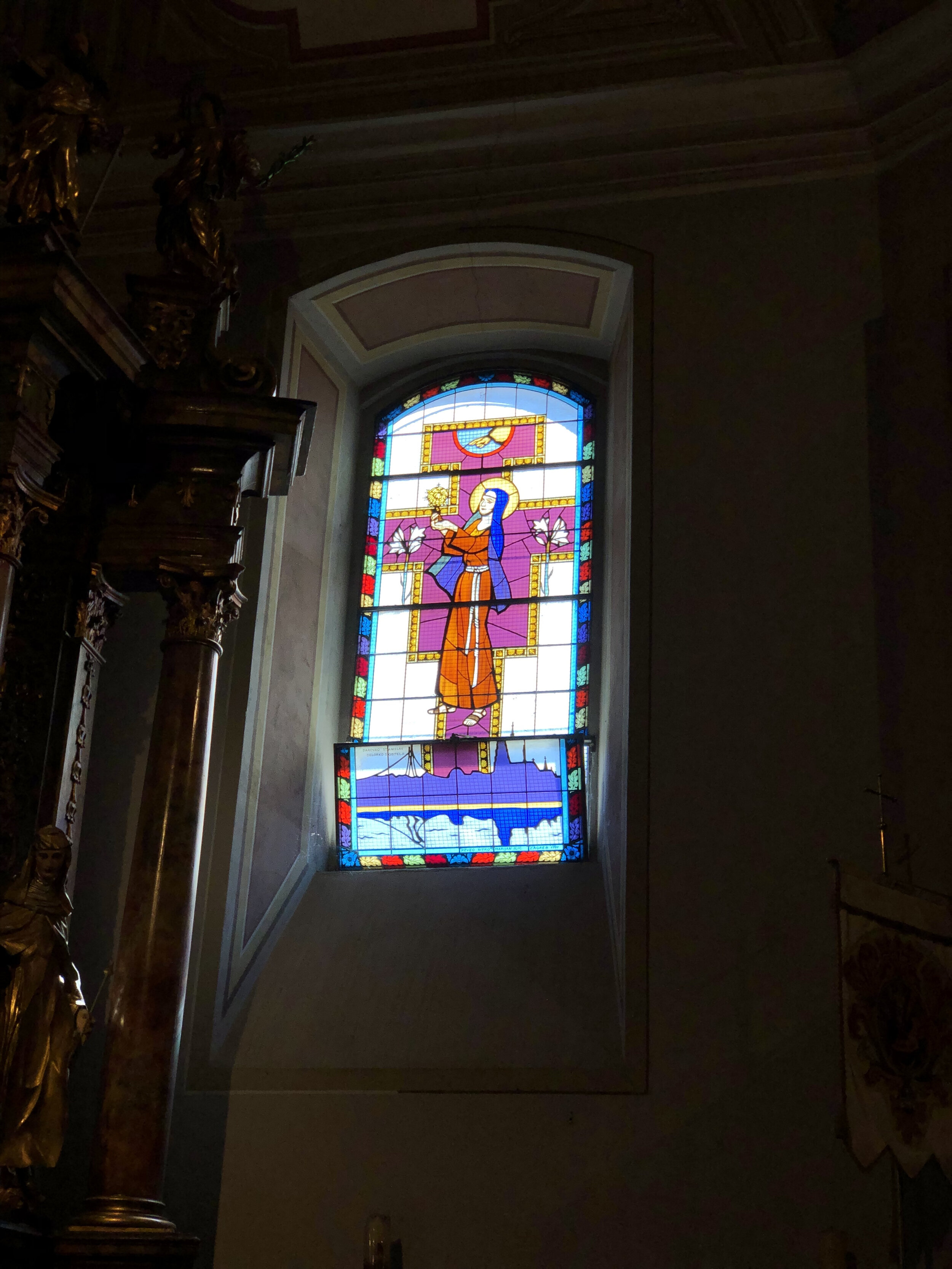
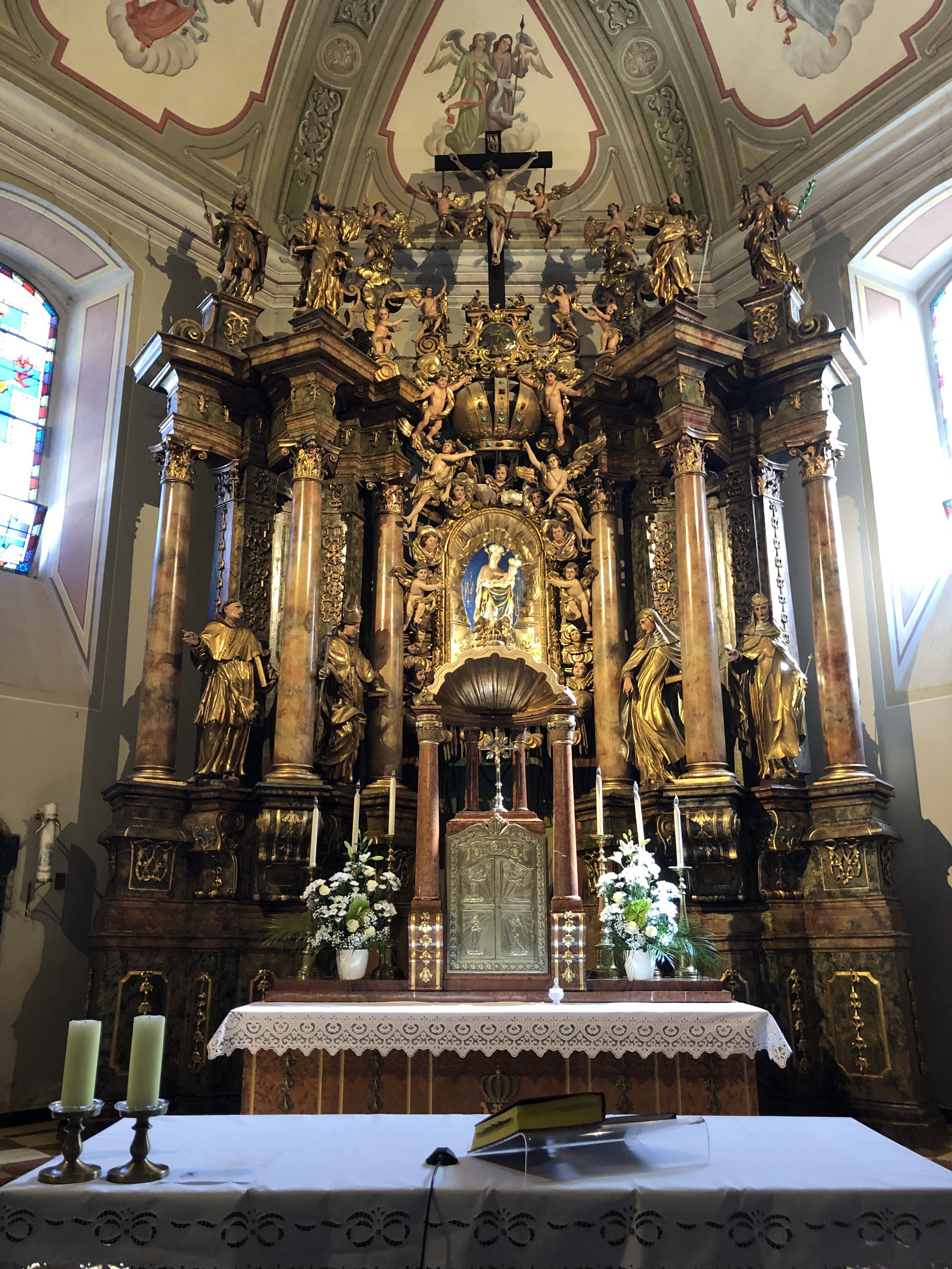
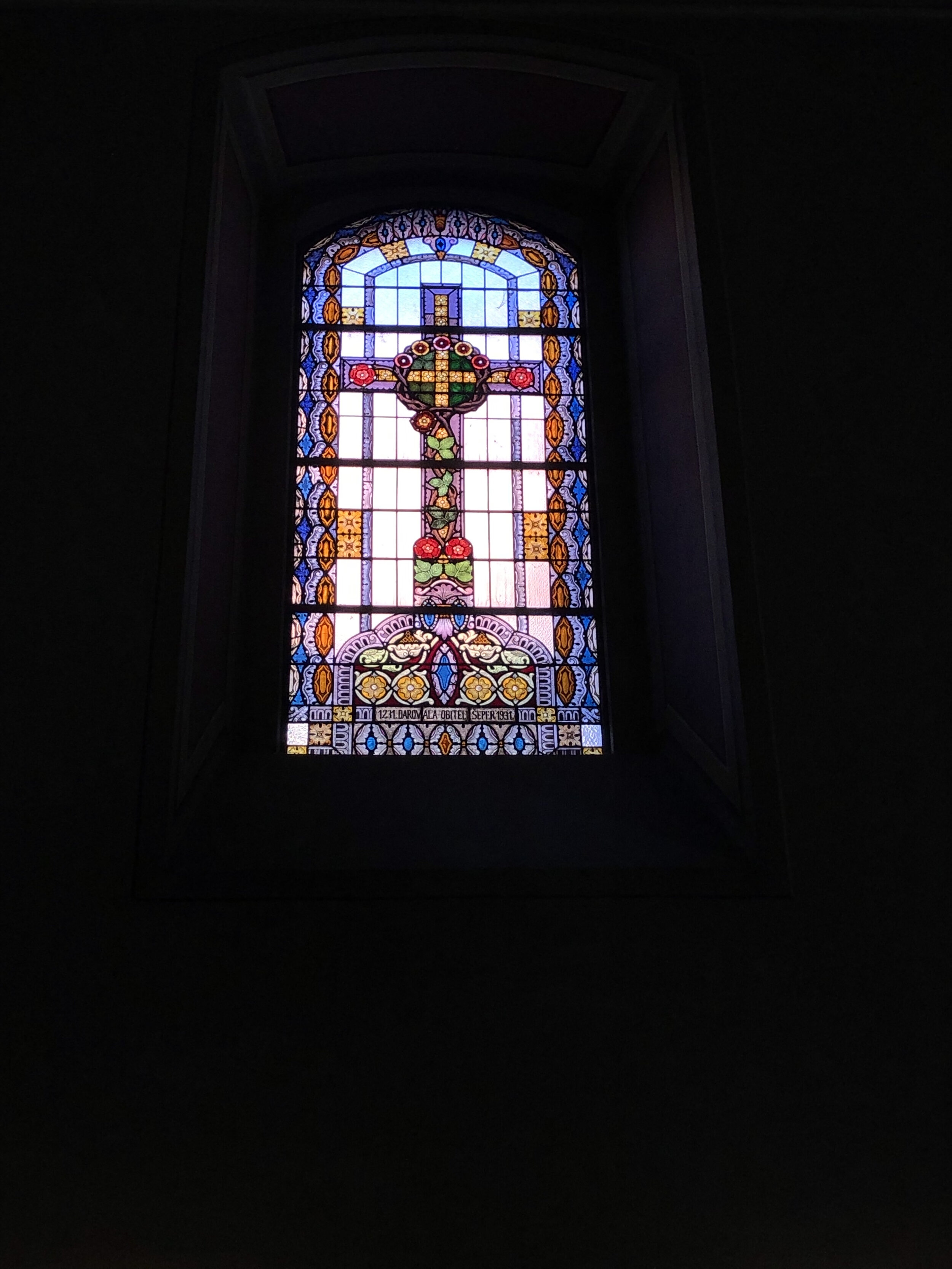
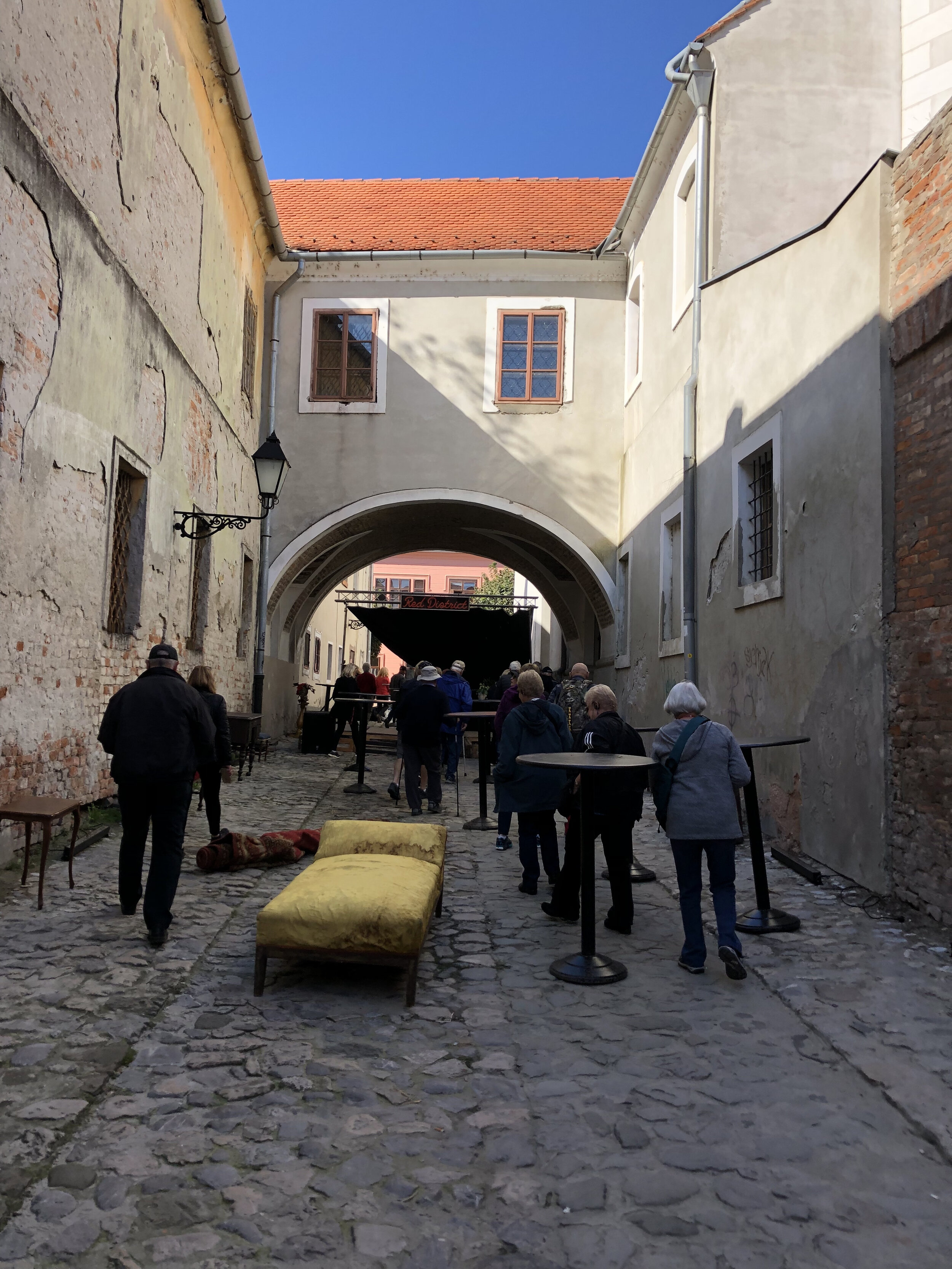
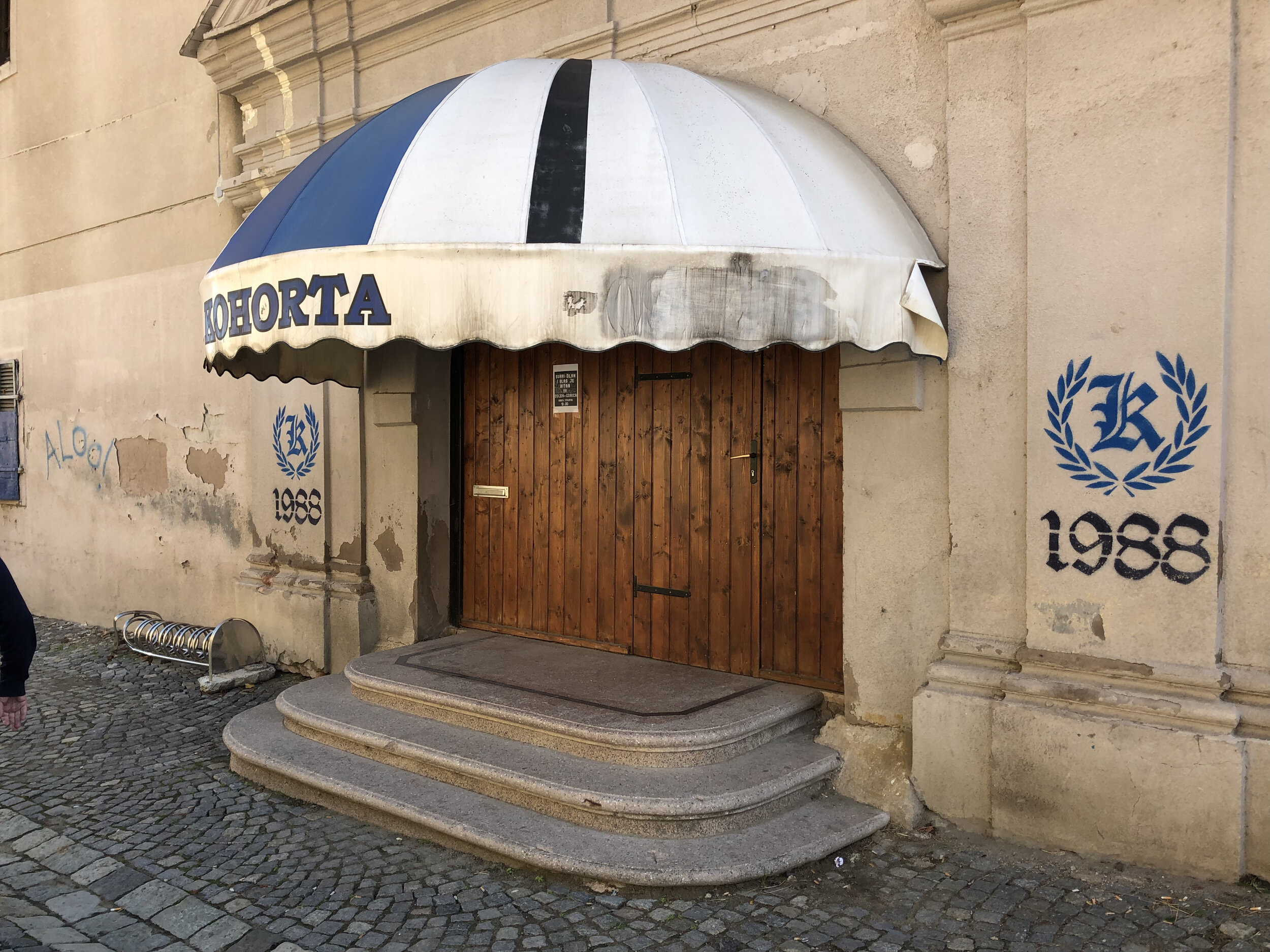

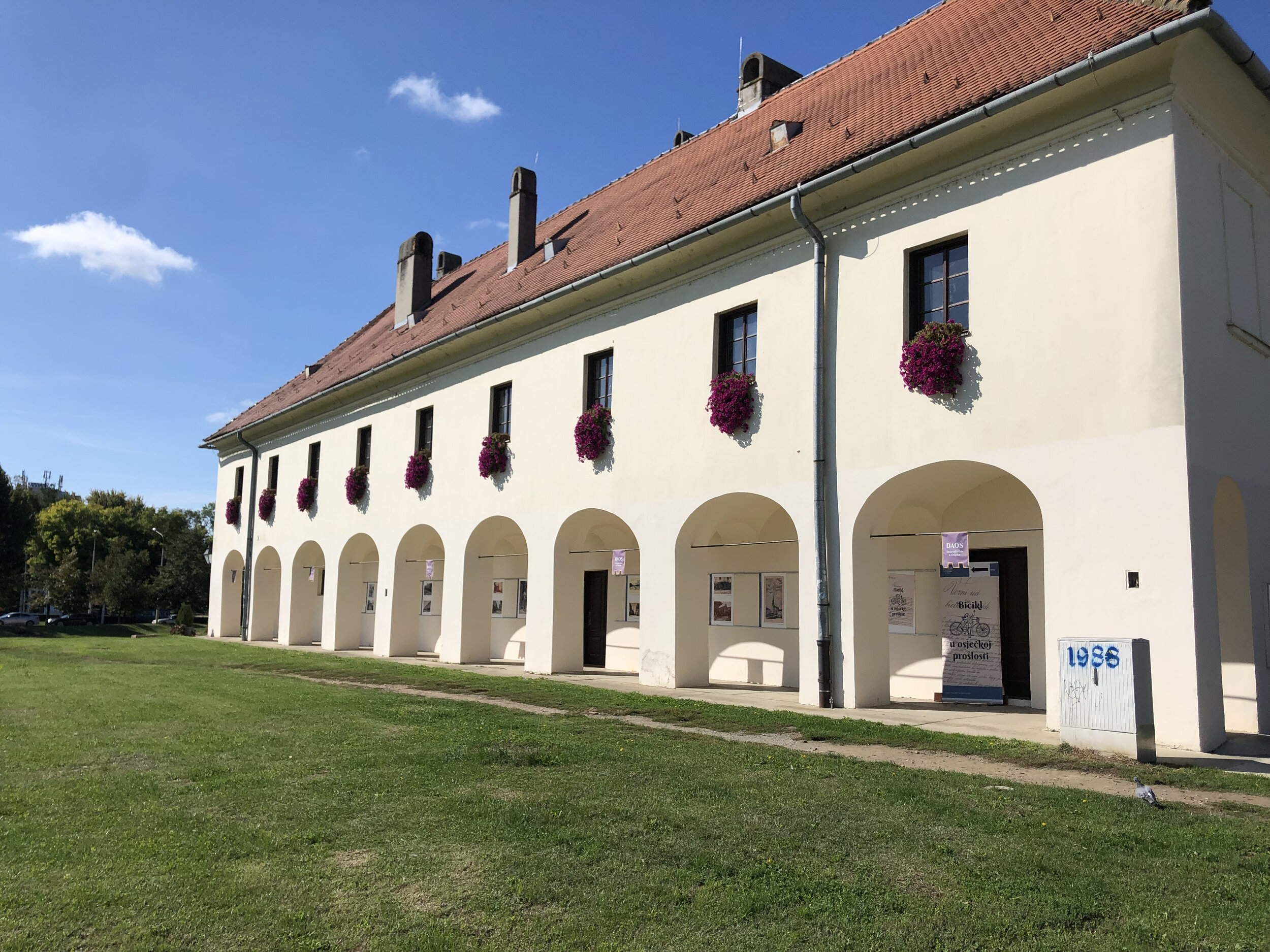
We finished off our tour of Croatia with a lovely wine tasting in the countryside near the town of Ilok, located on the far eastern border near Serbia. This family-owned business welcomed us into their home, vineyards, wine tasting room, and treated us to their special, “home-brewed” grappa as a farewell gift! Živjeli!
